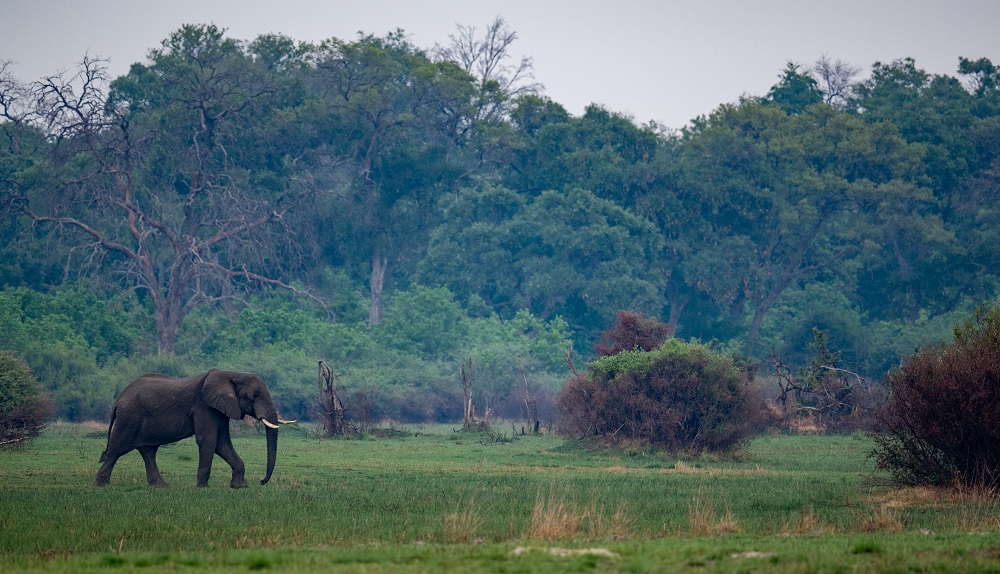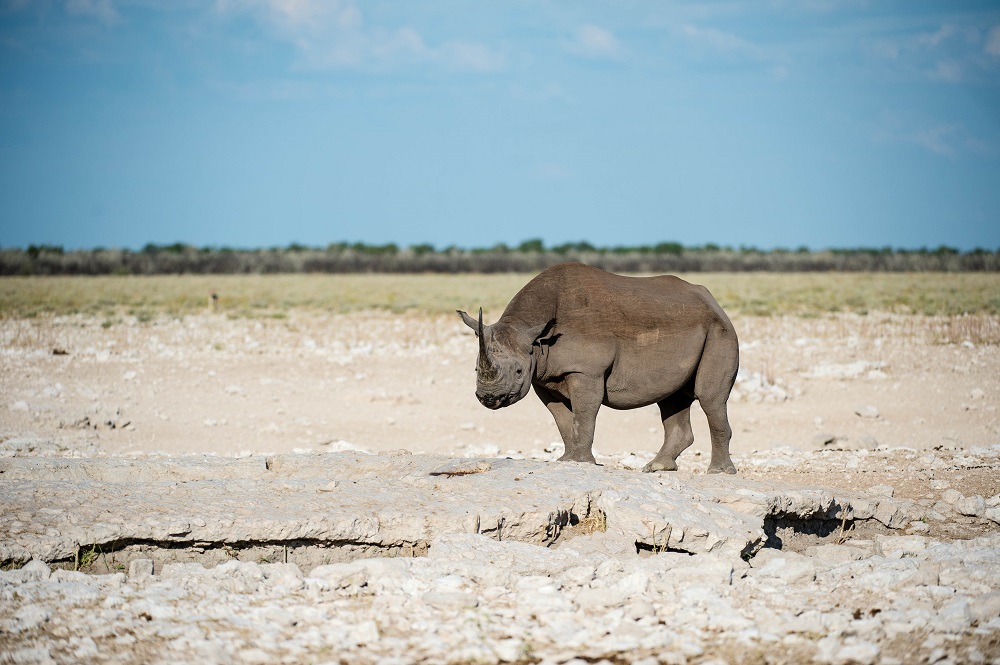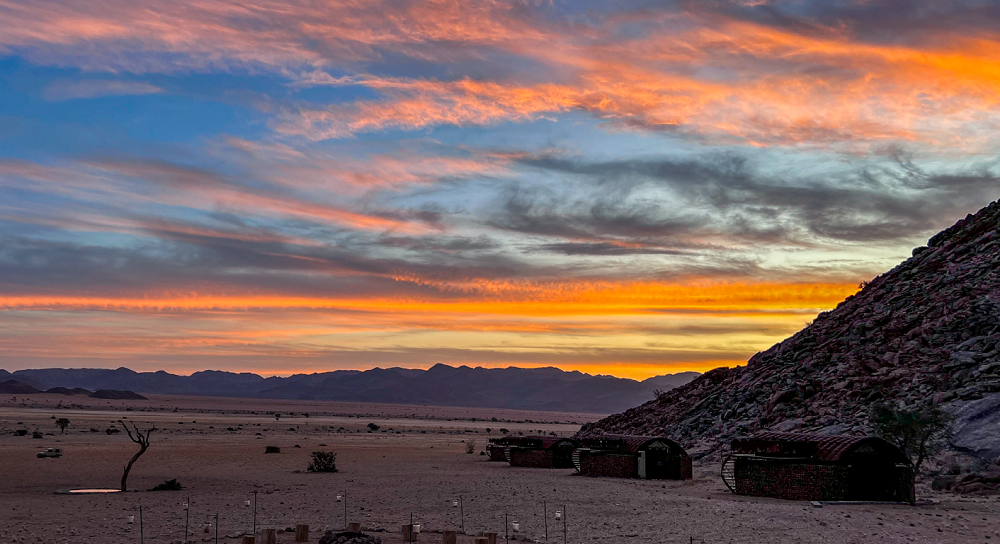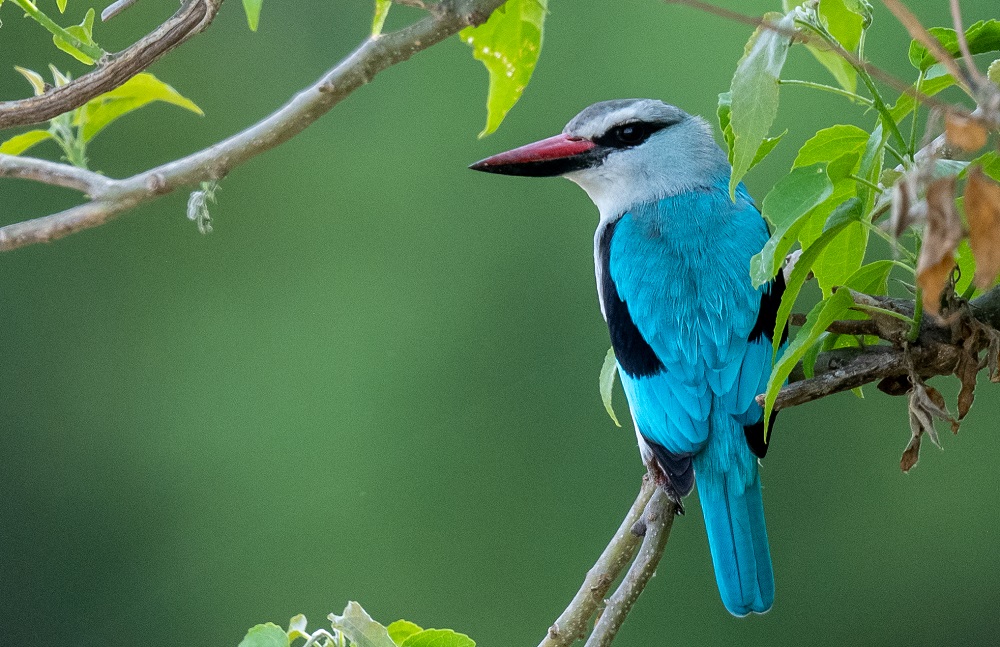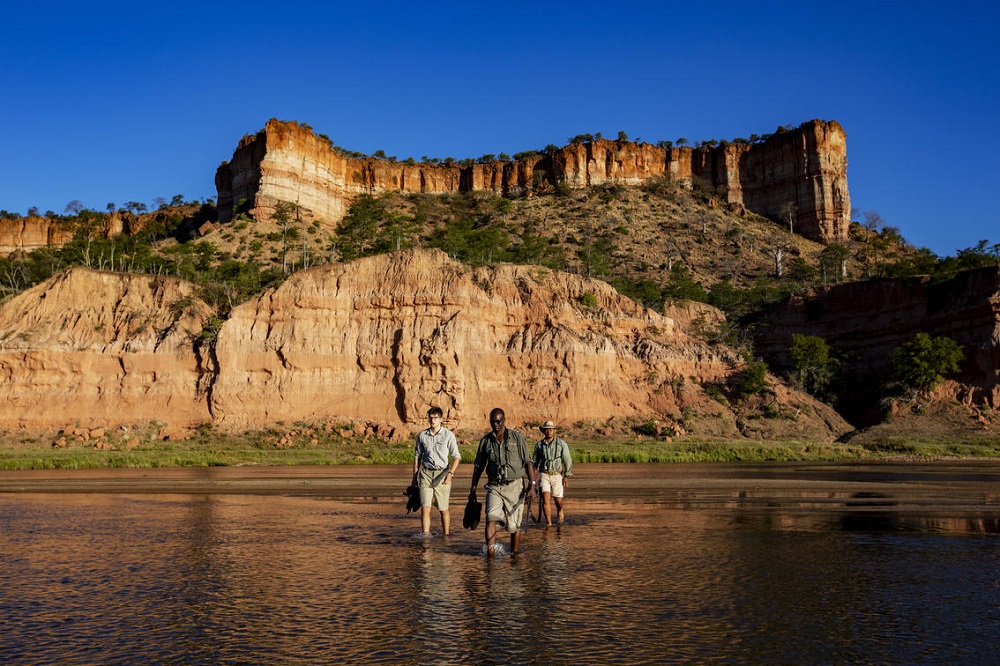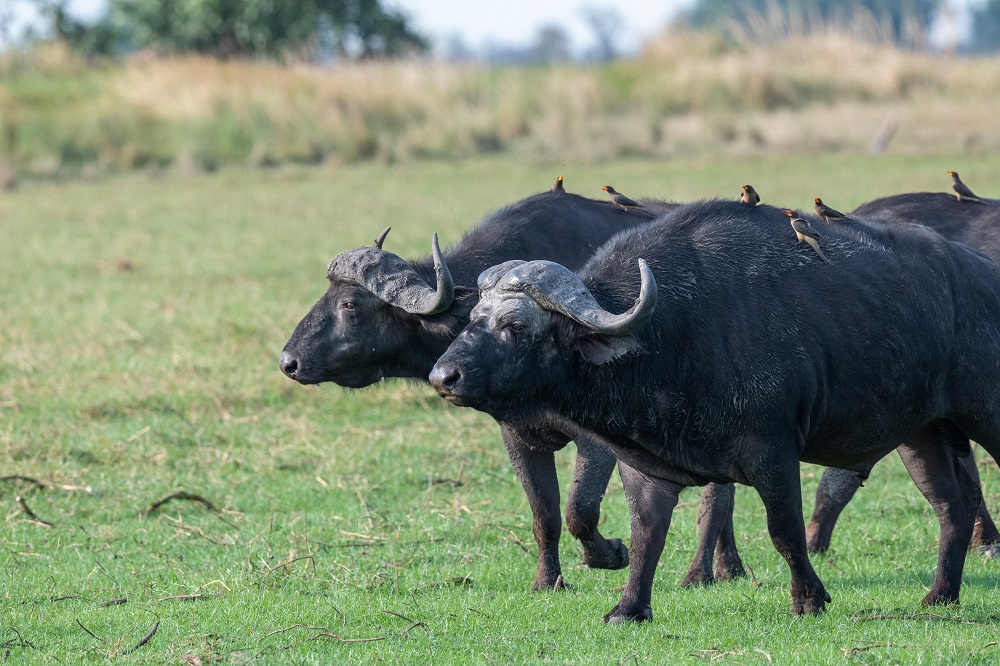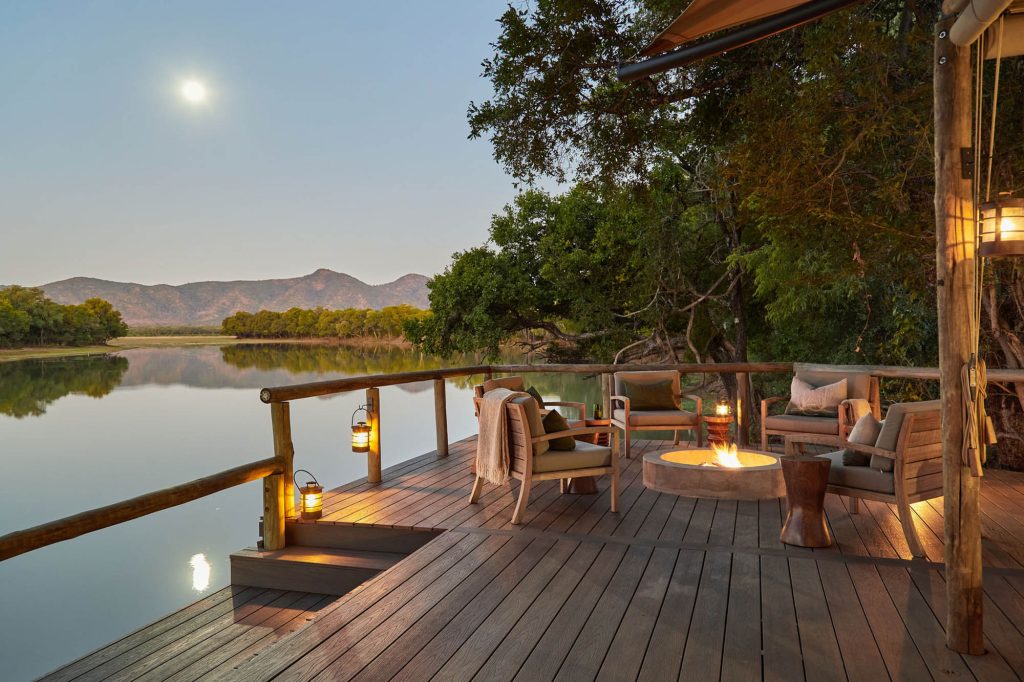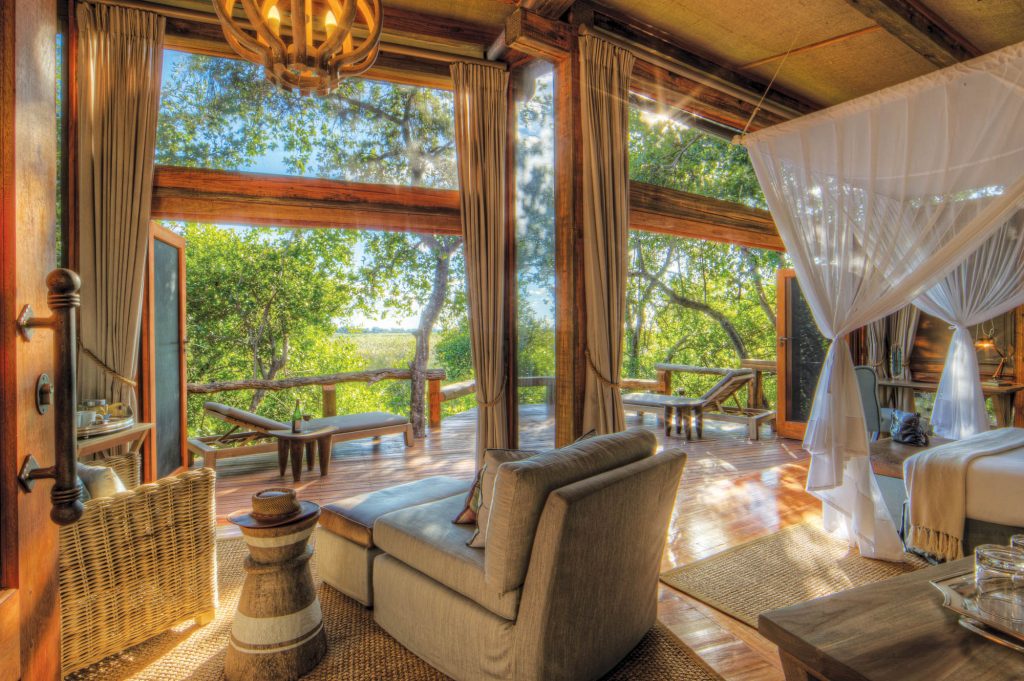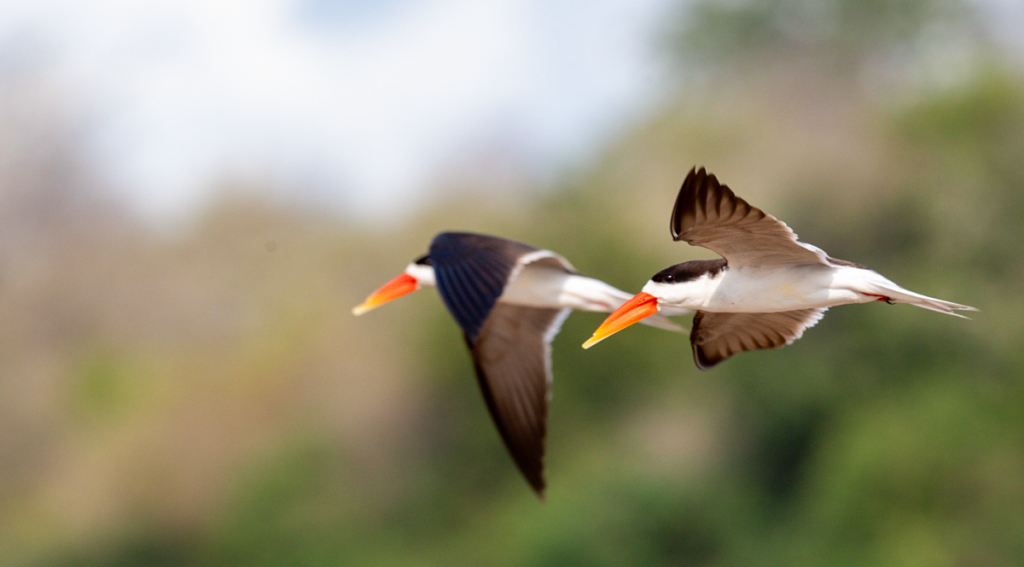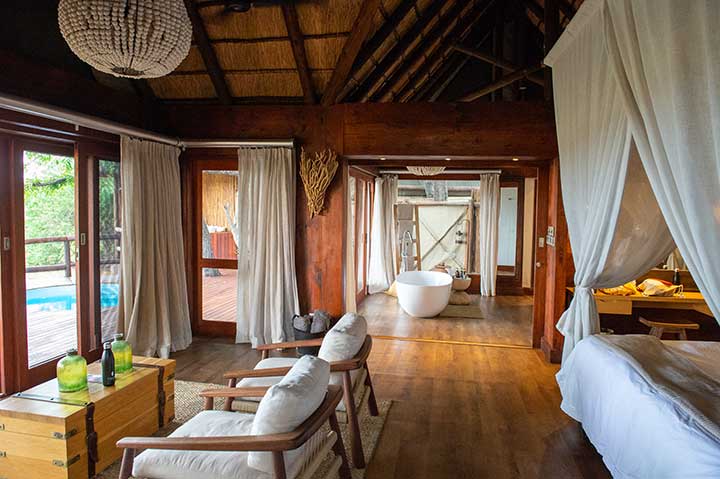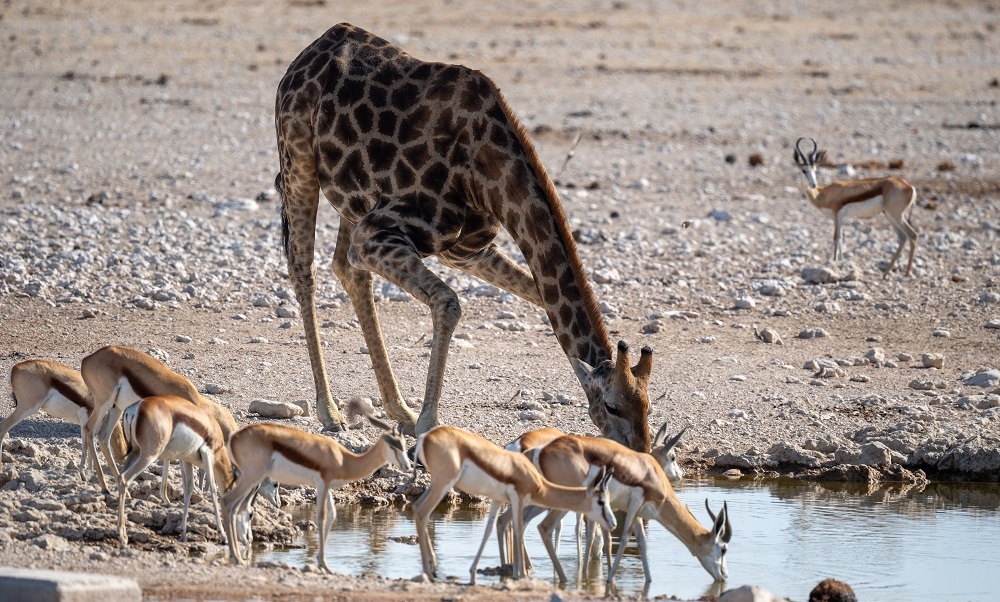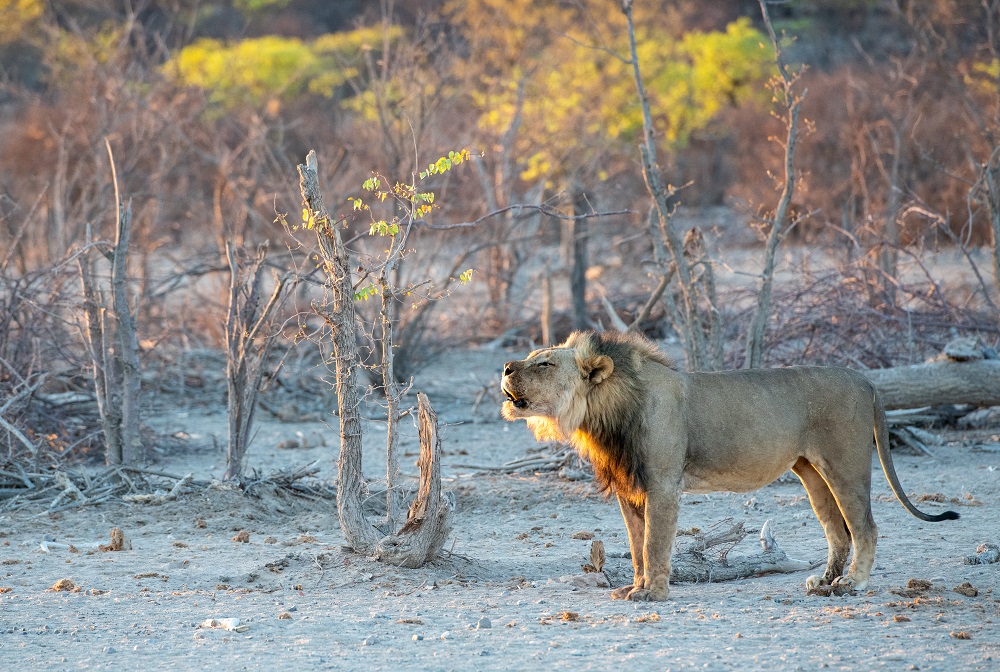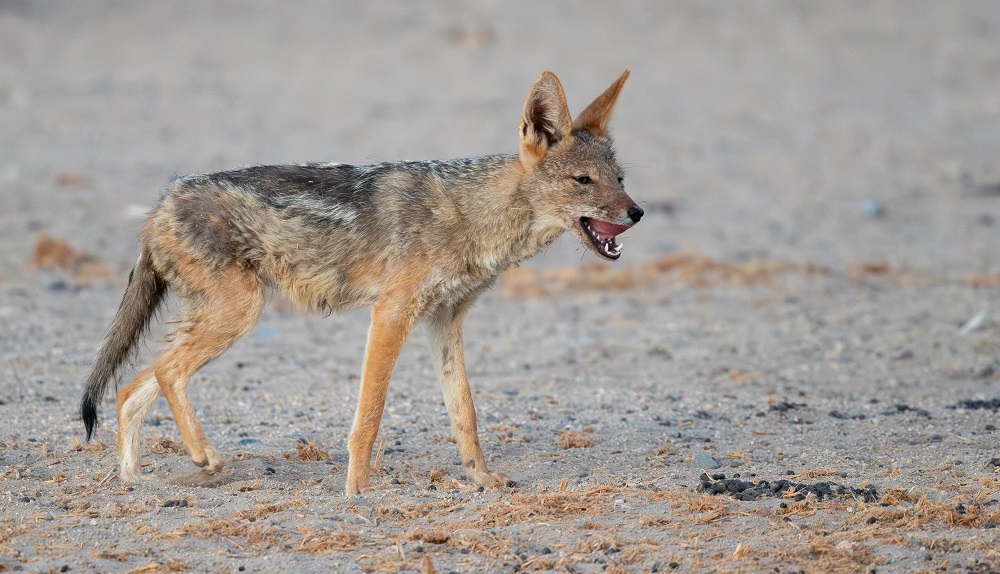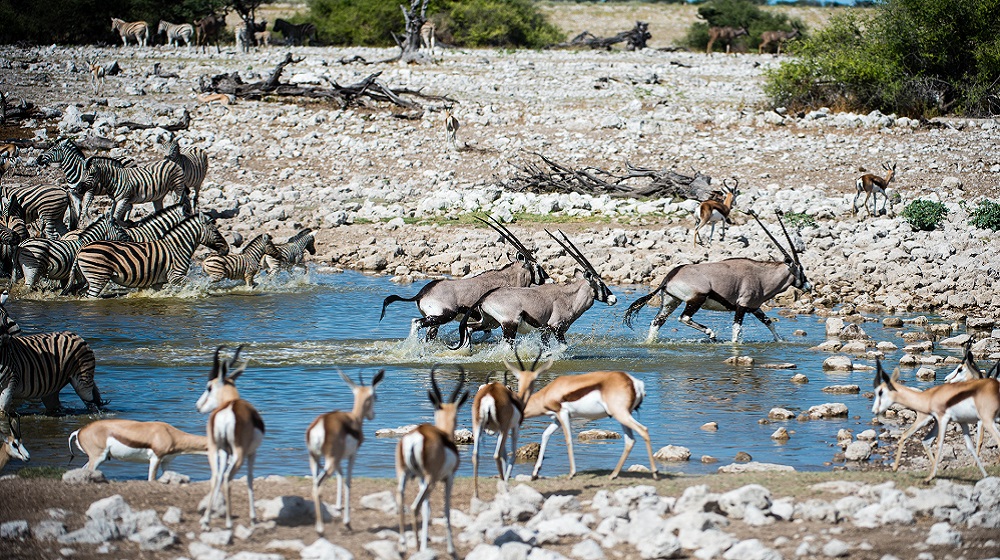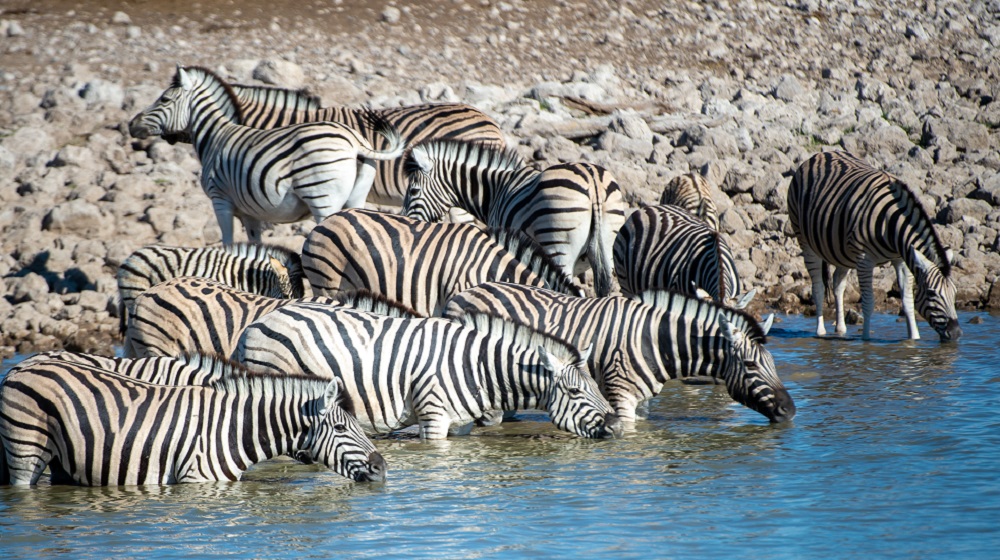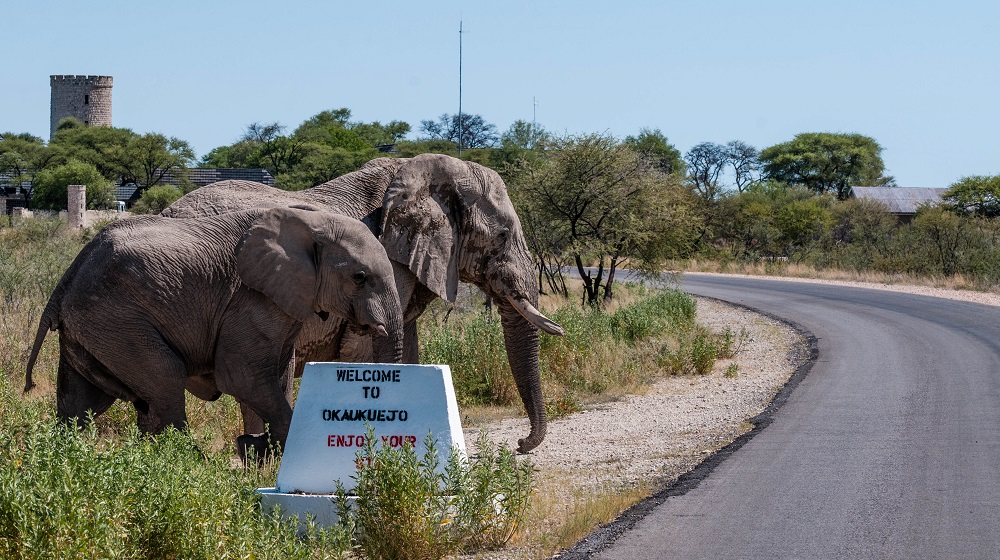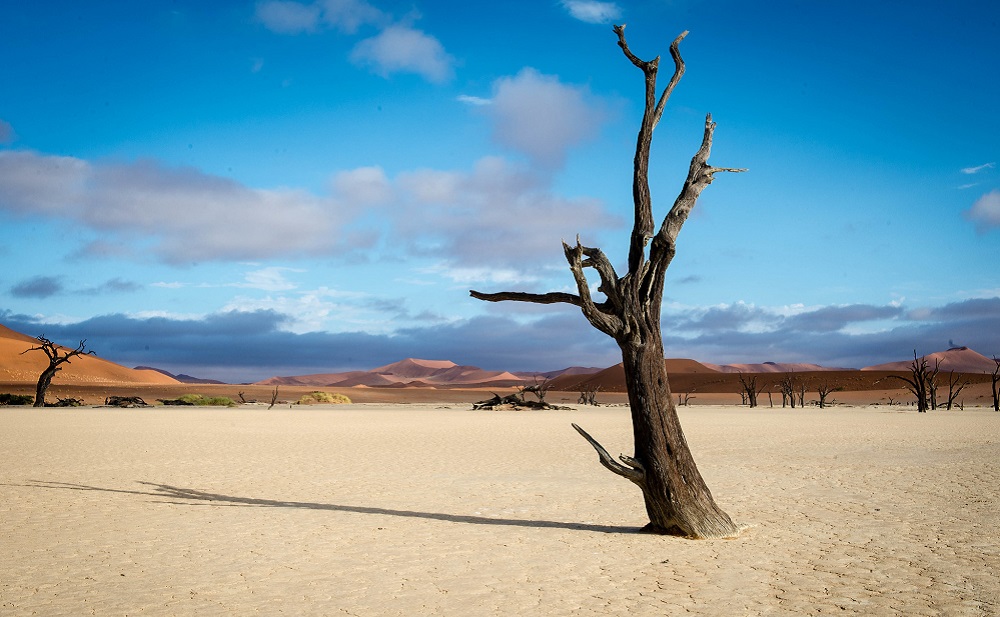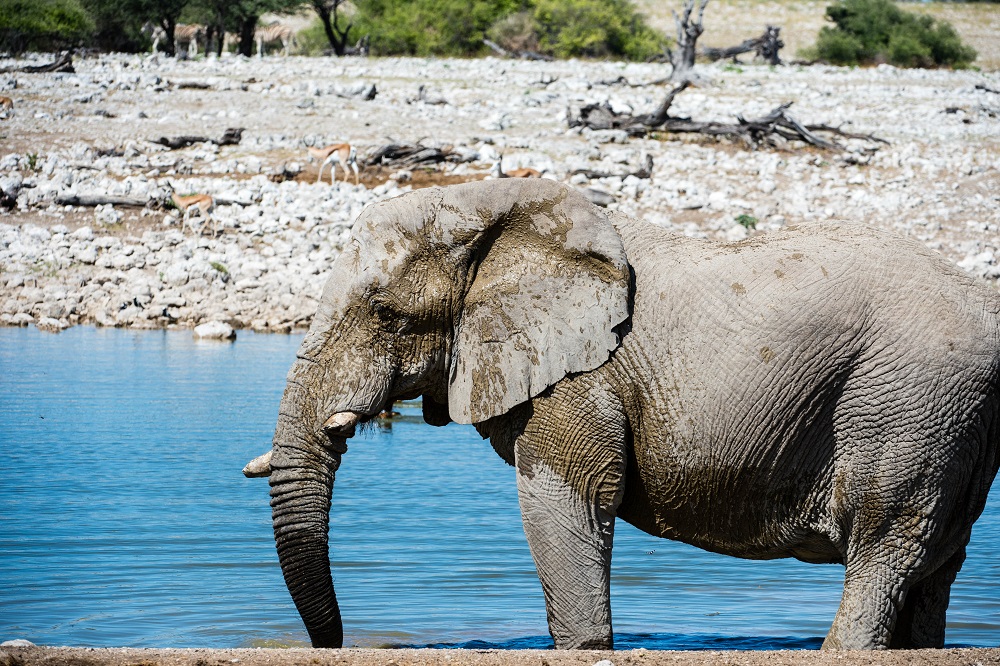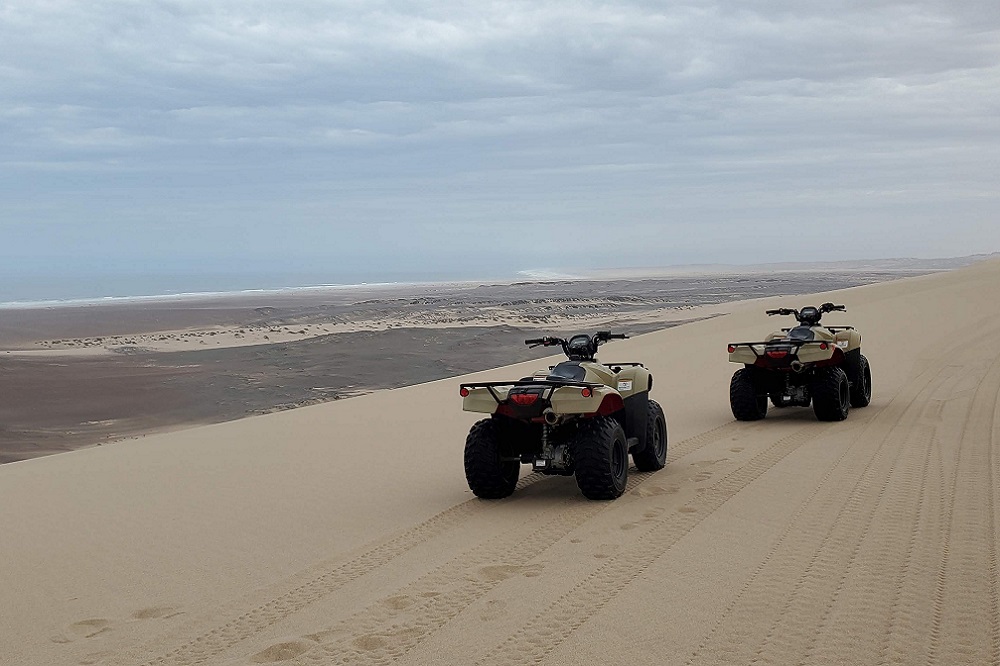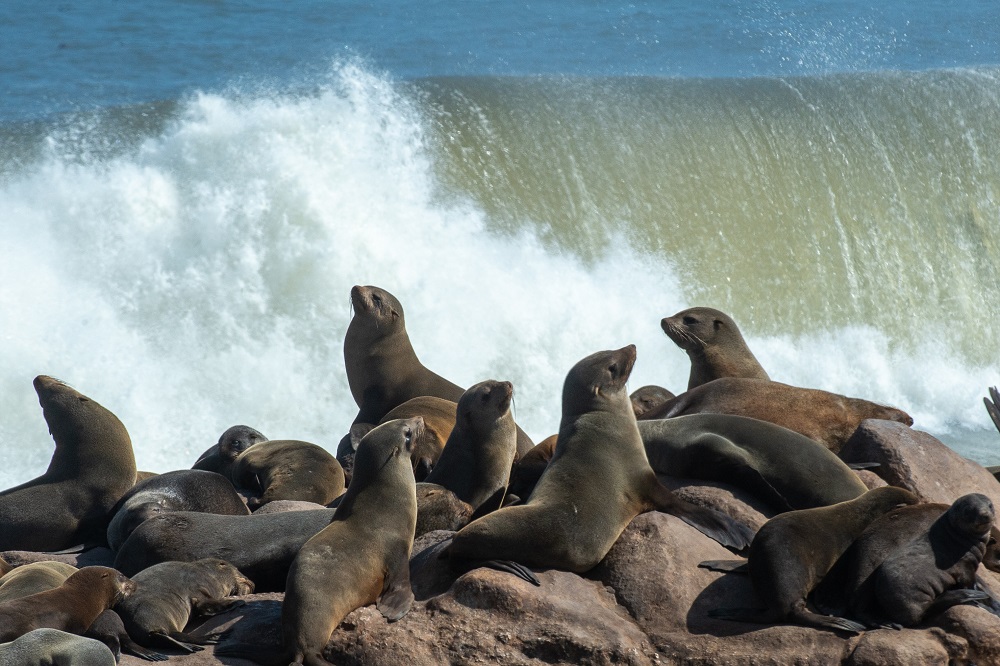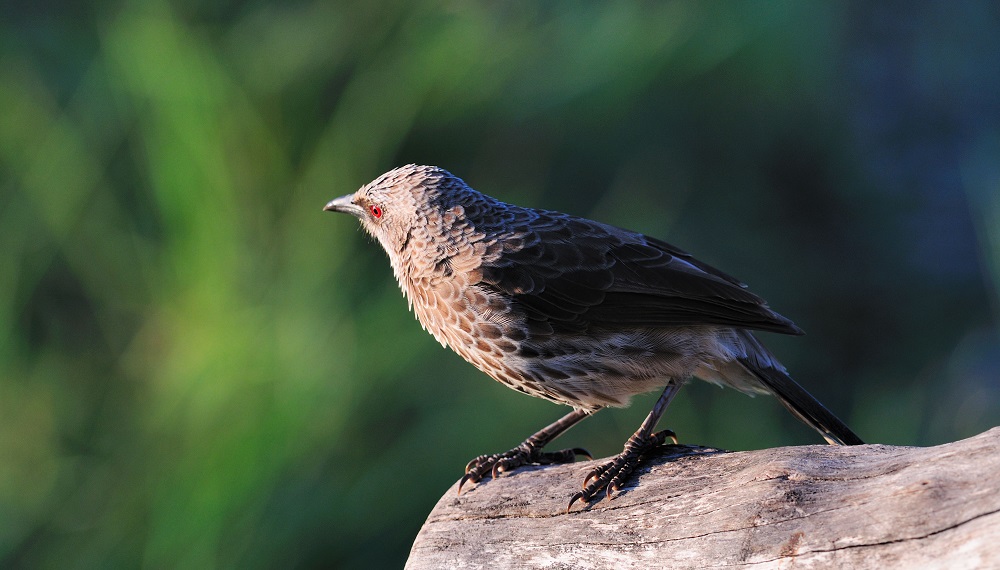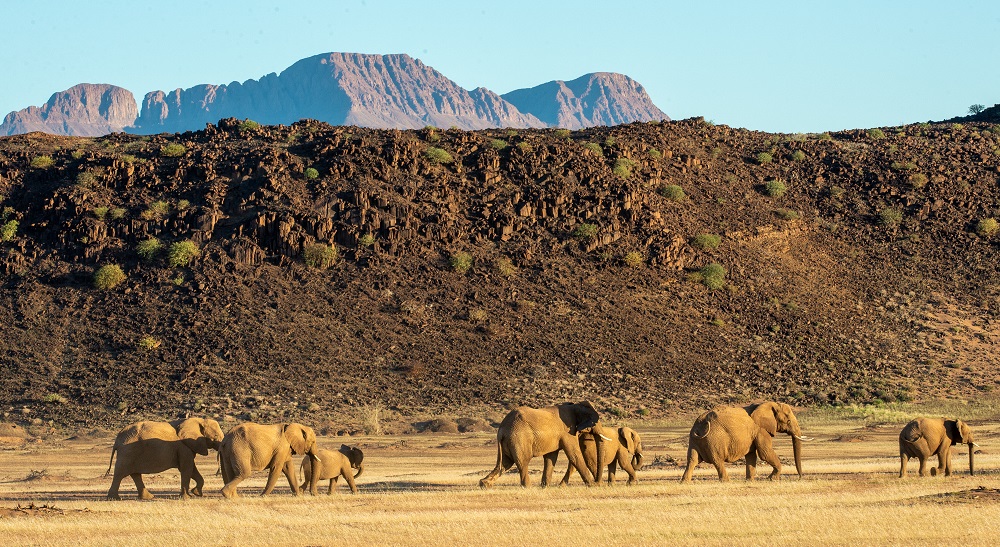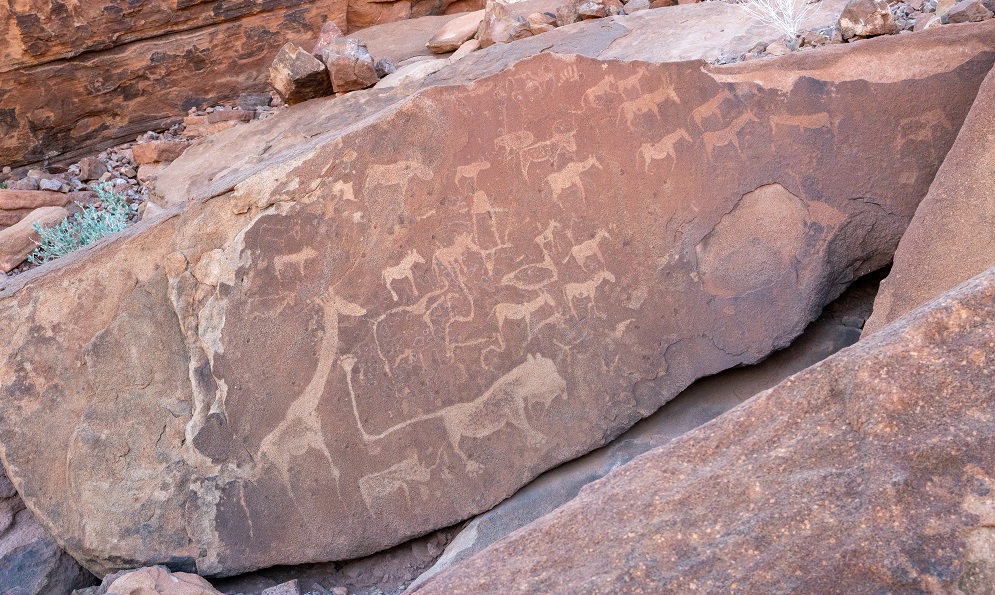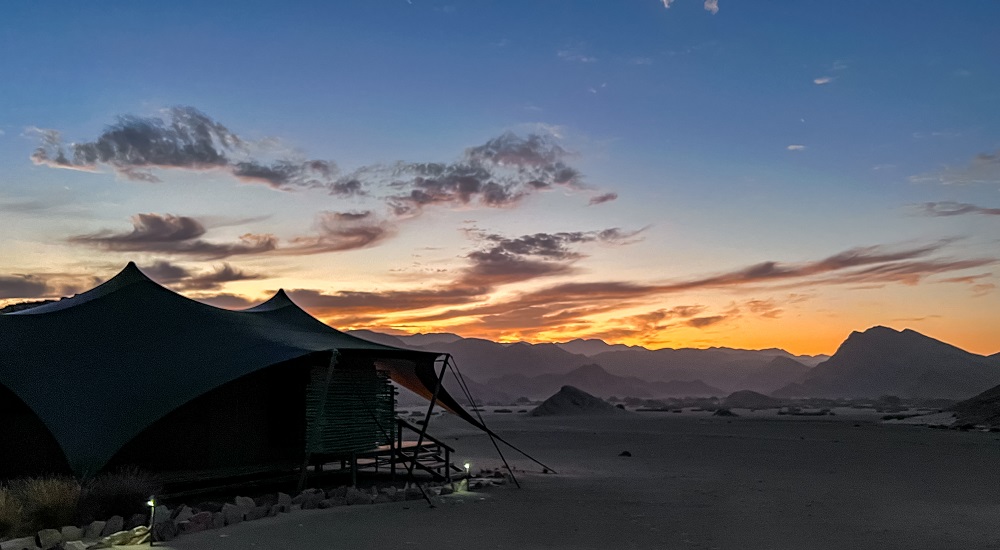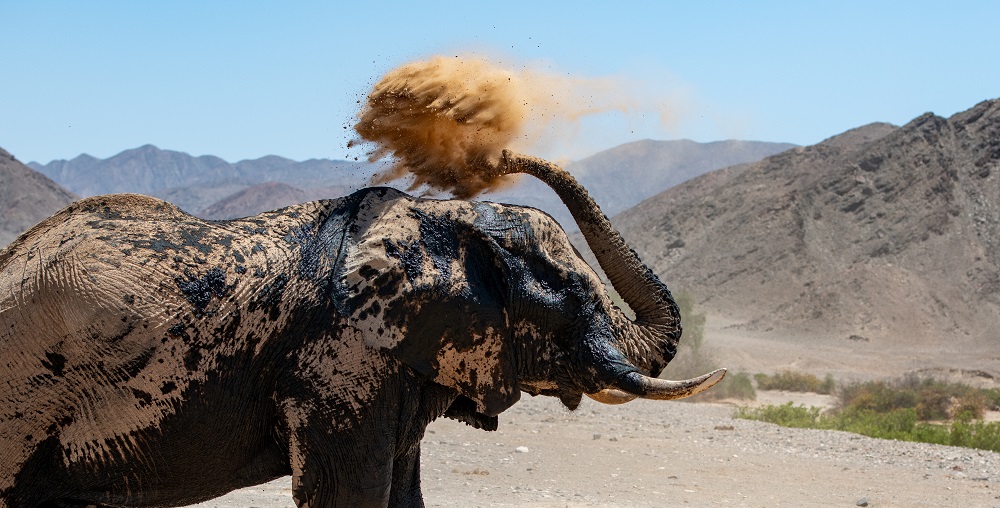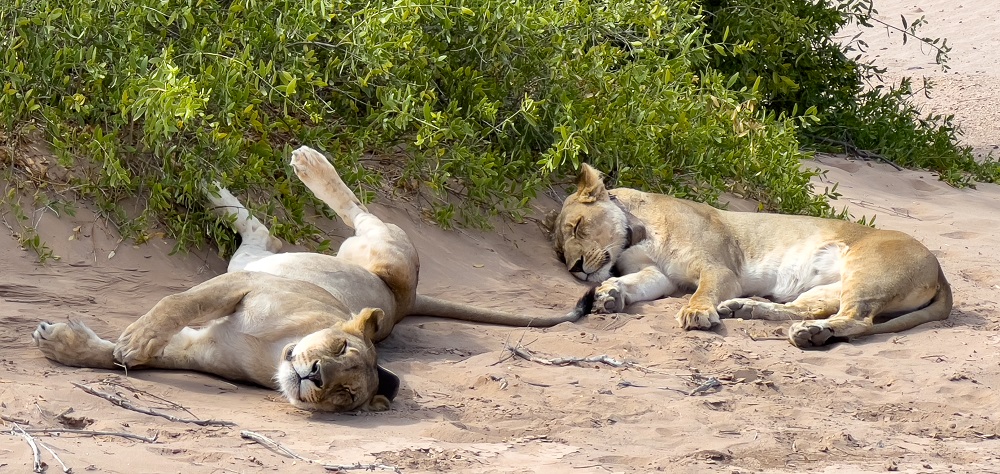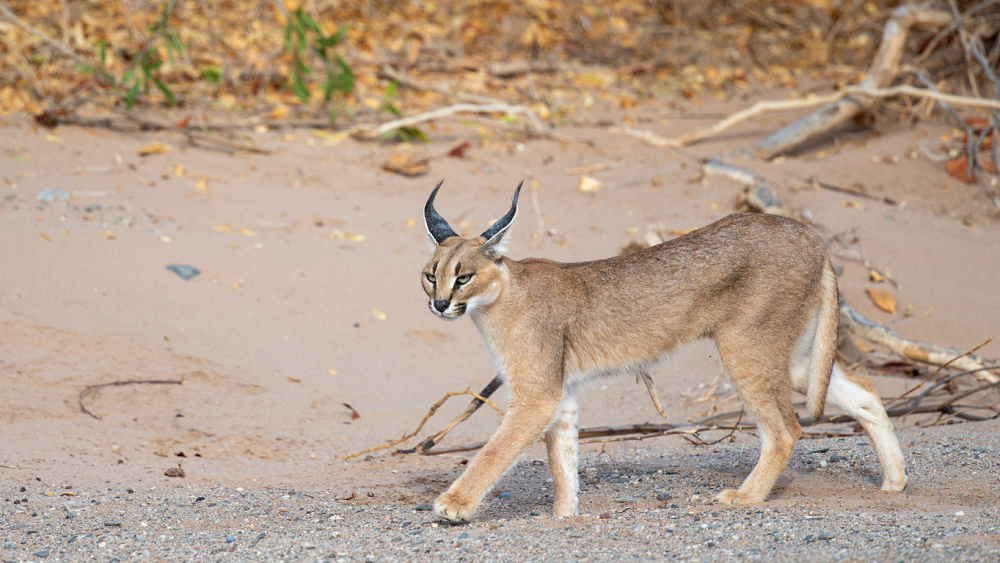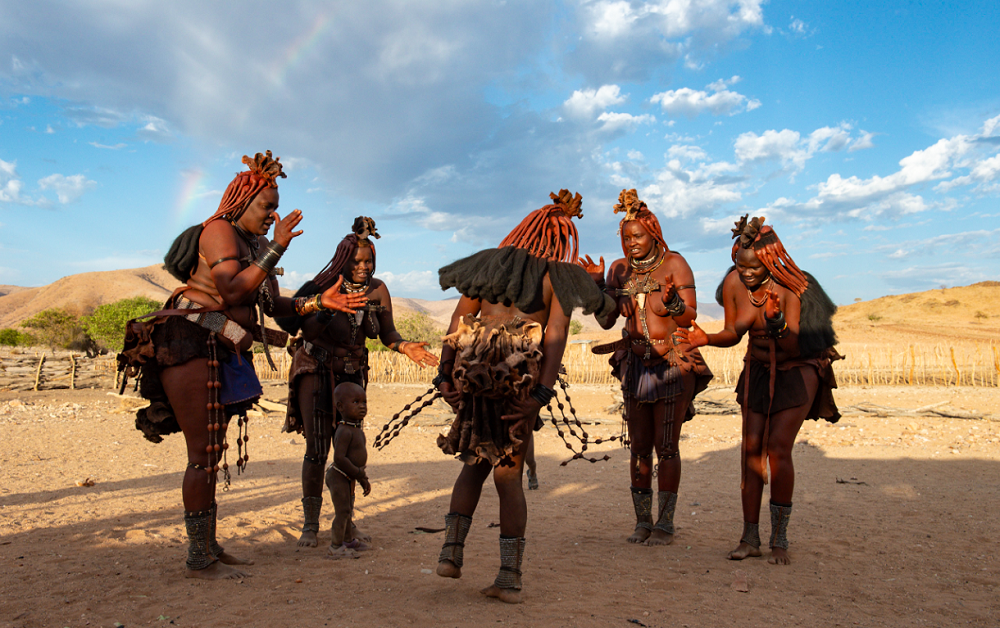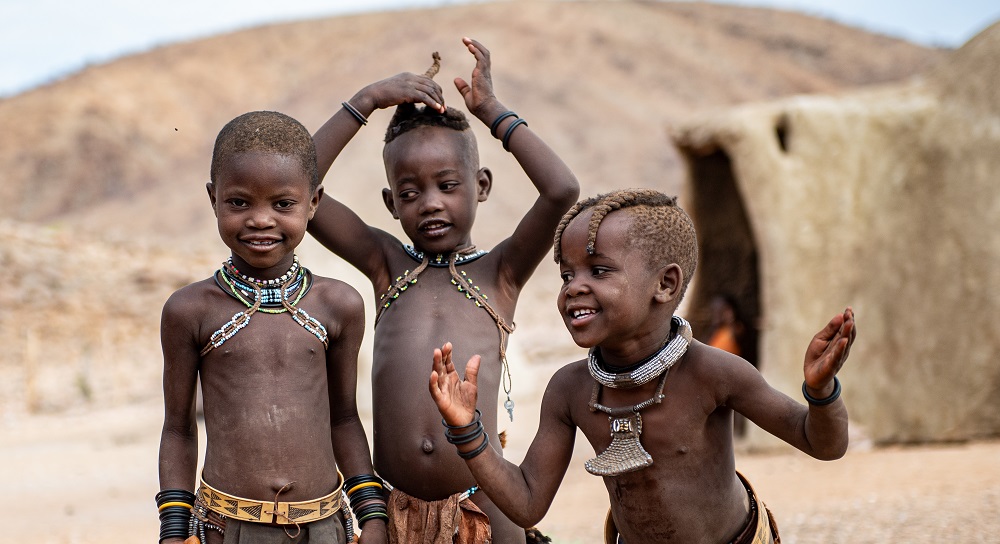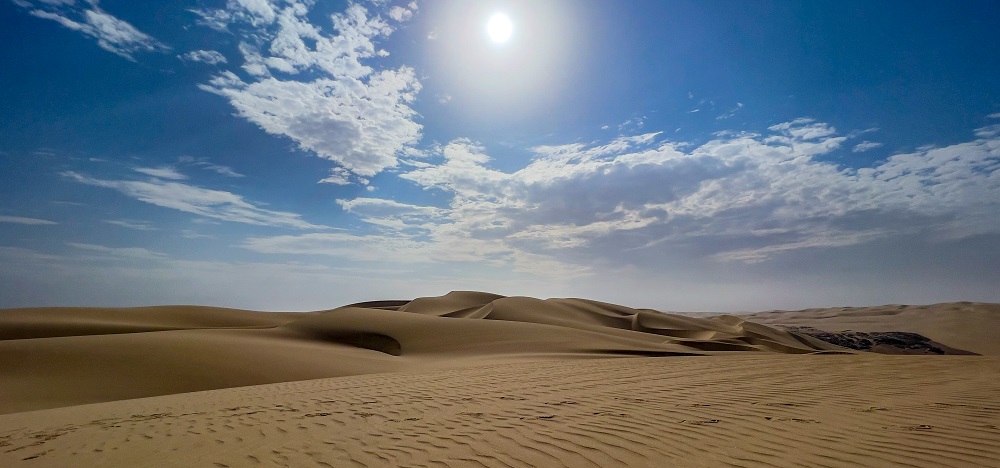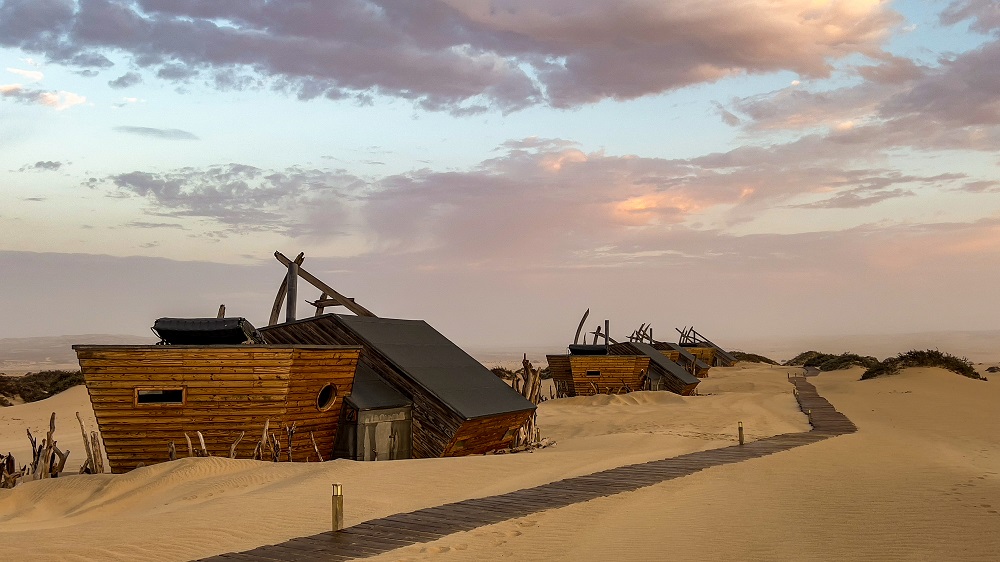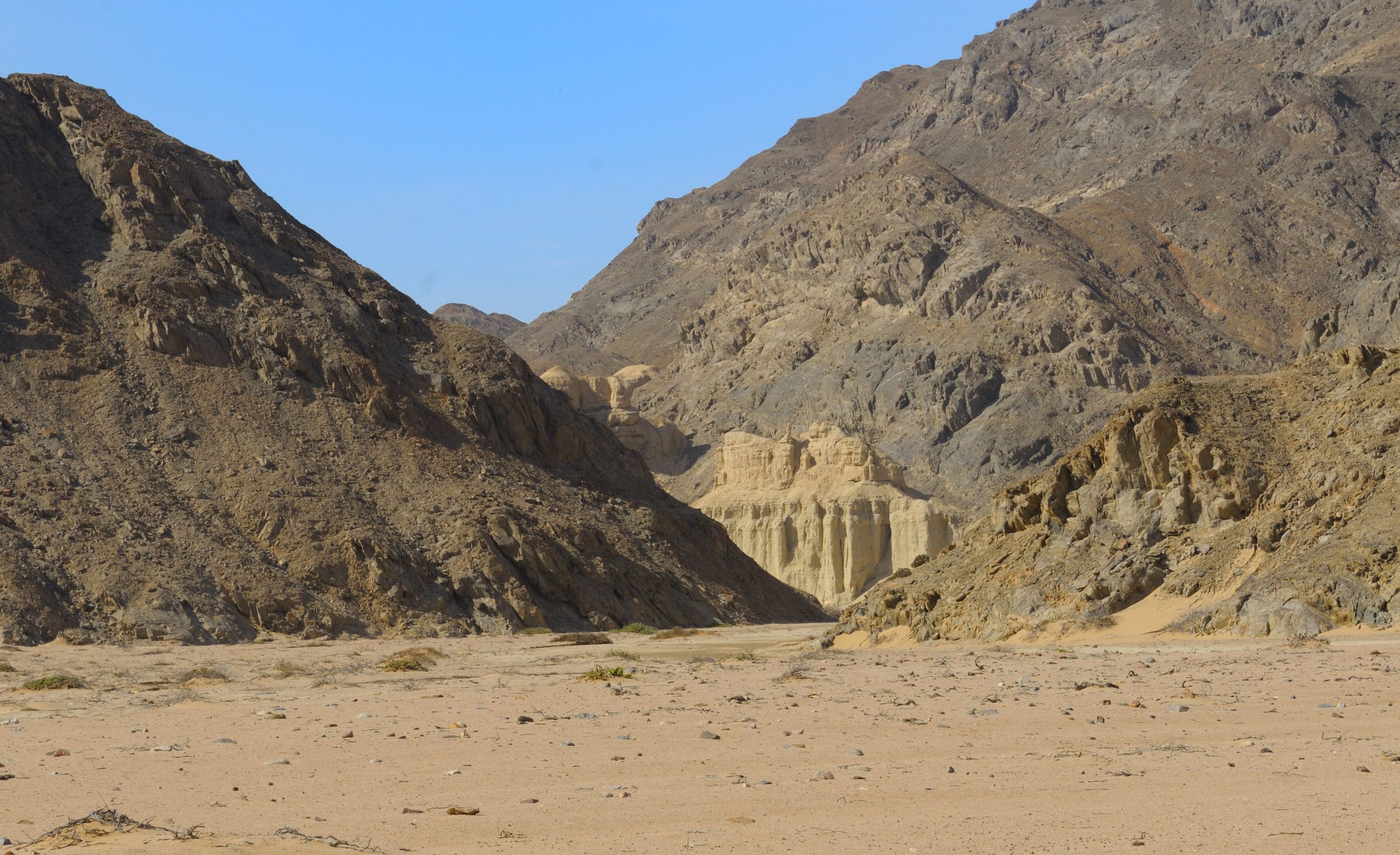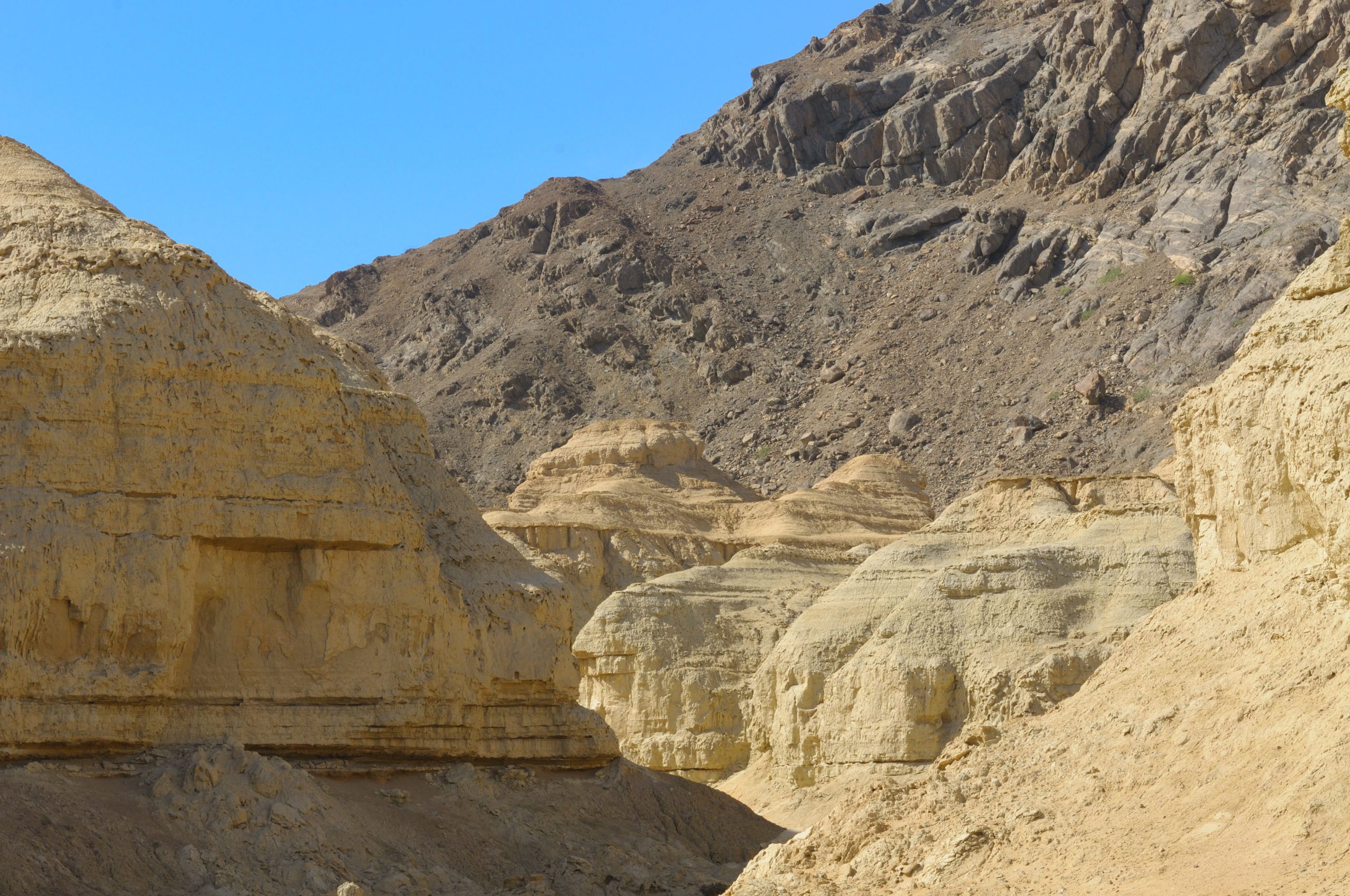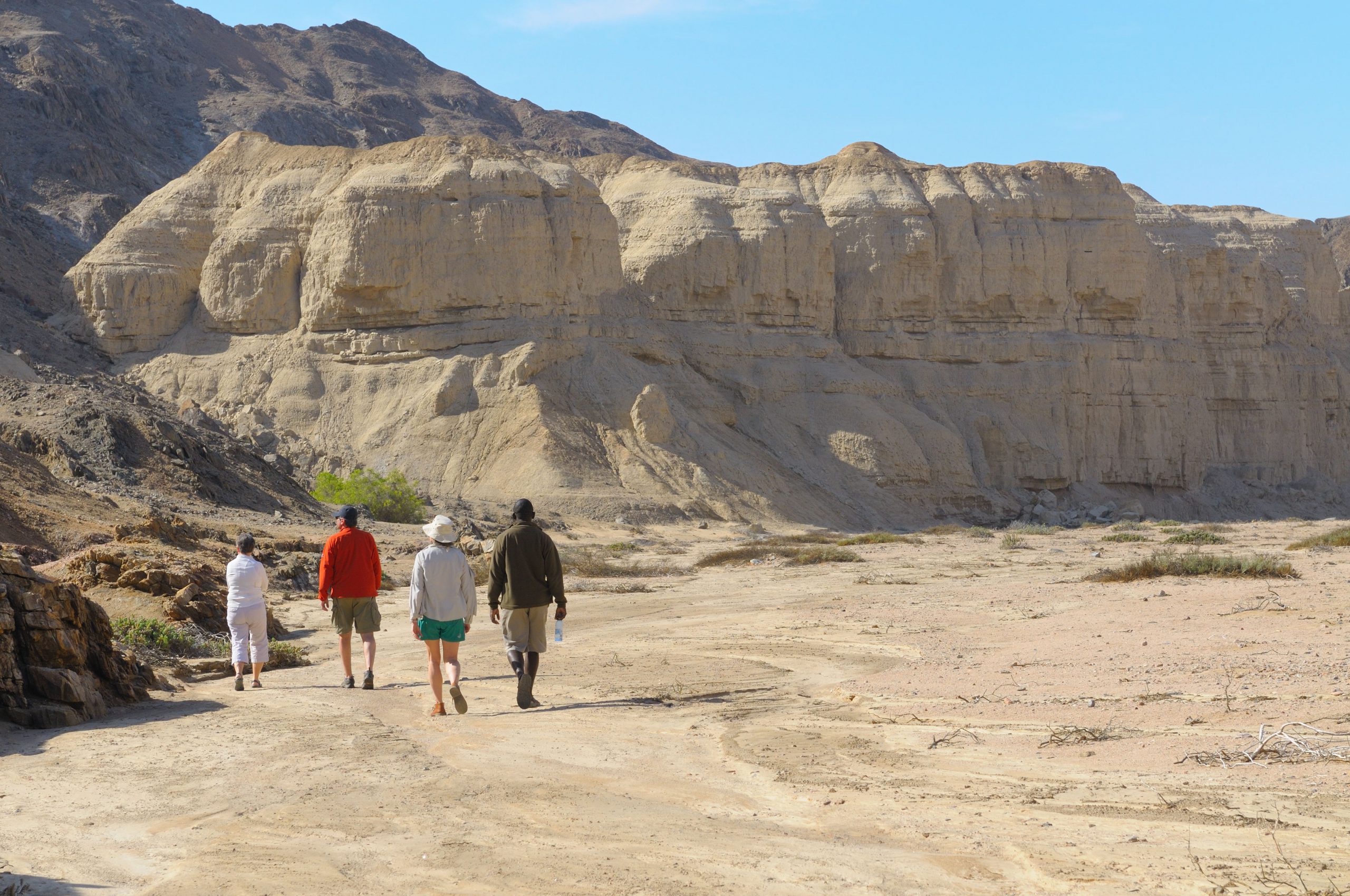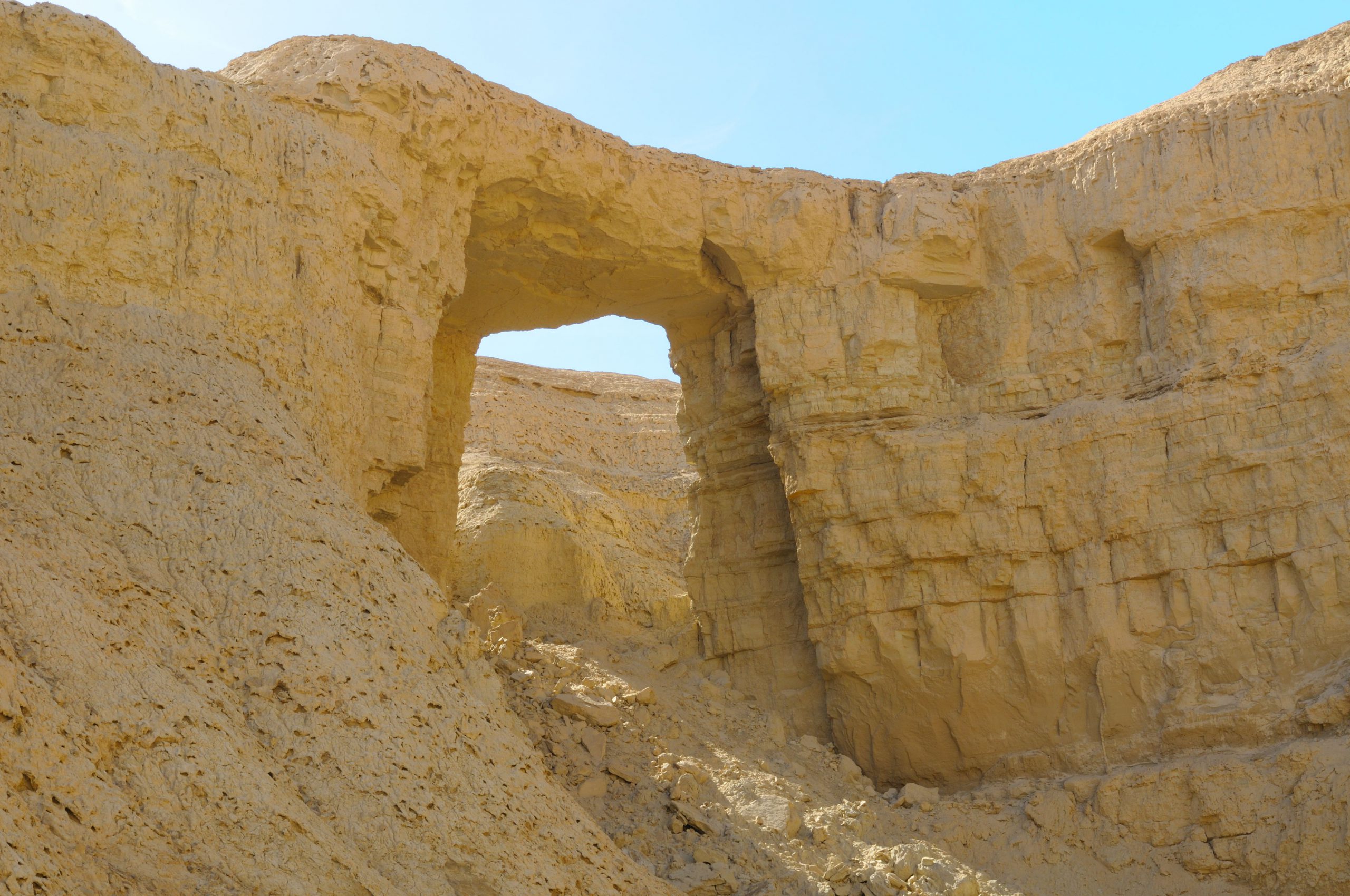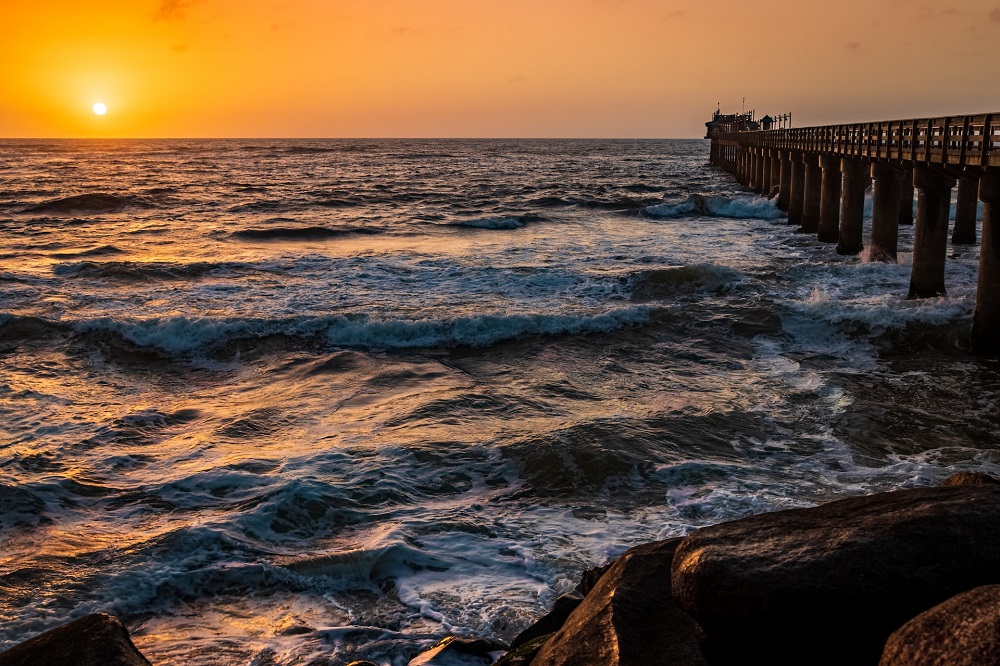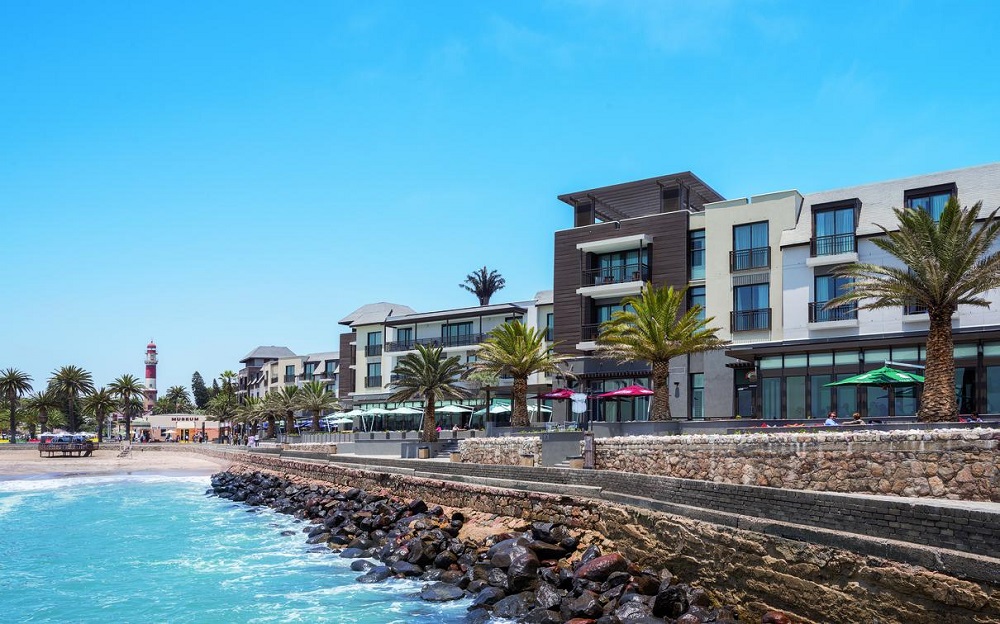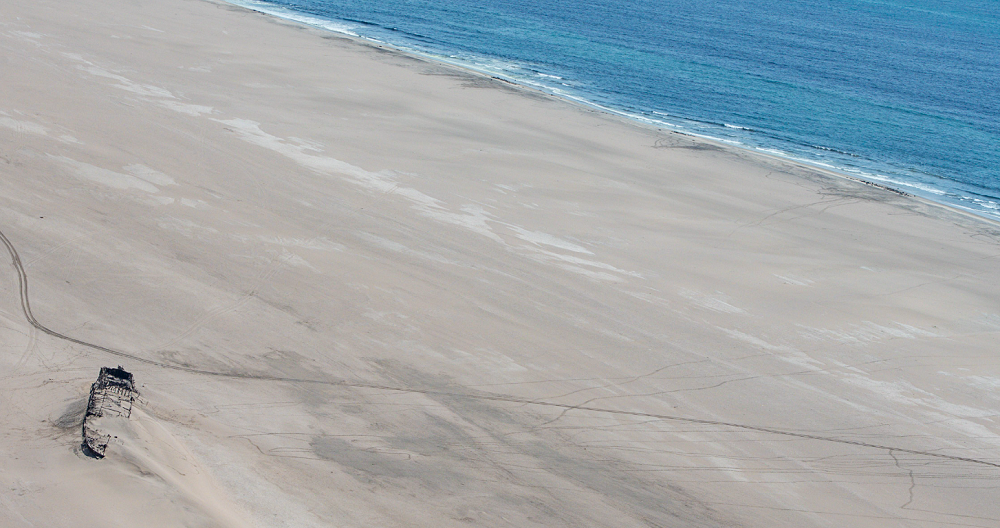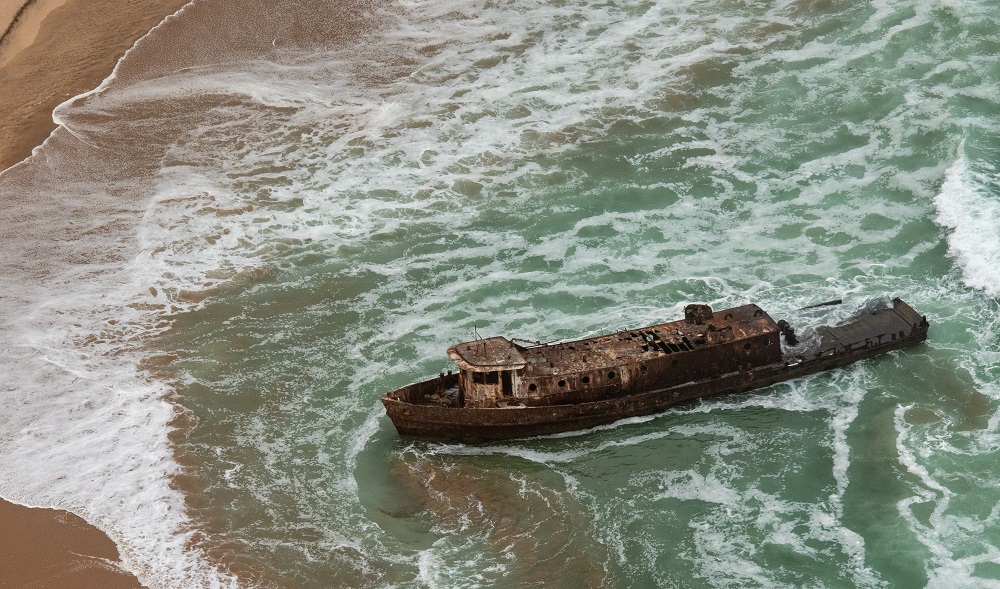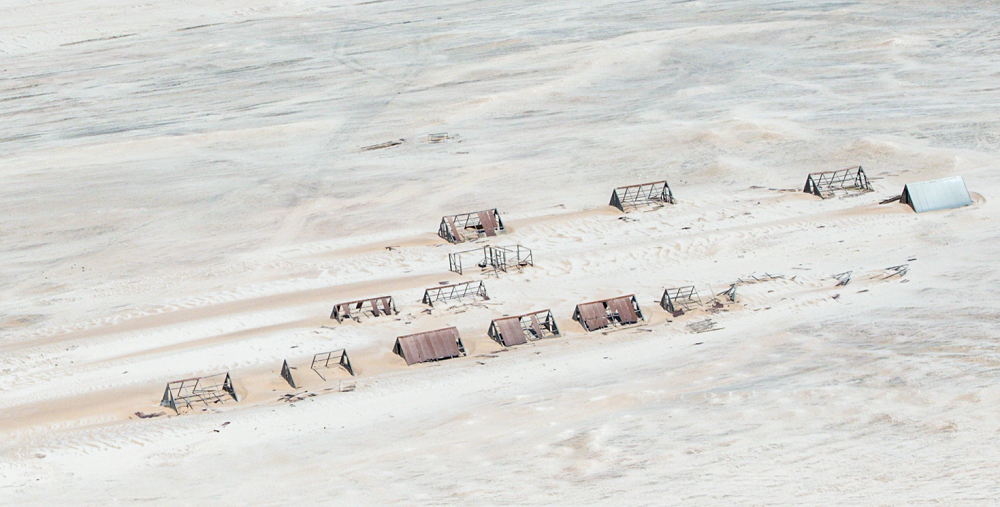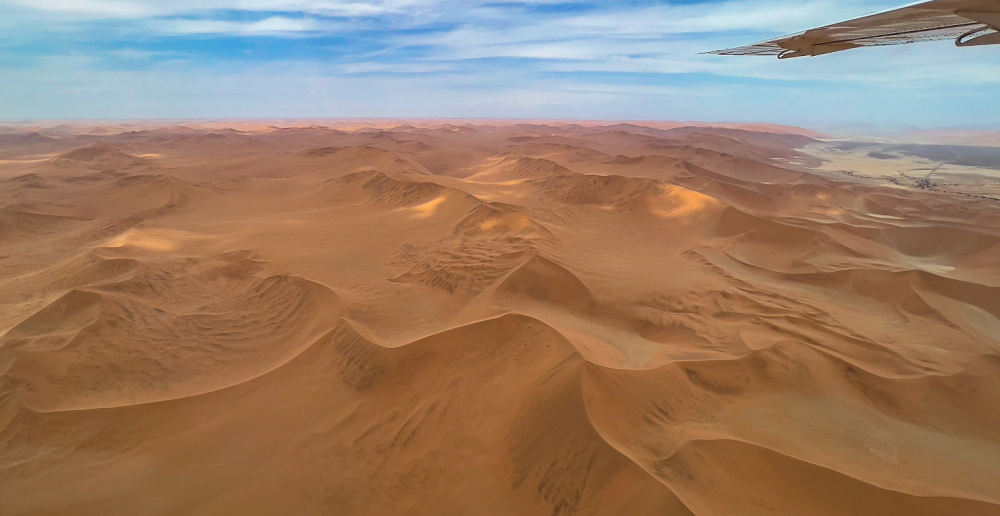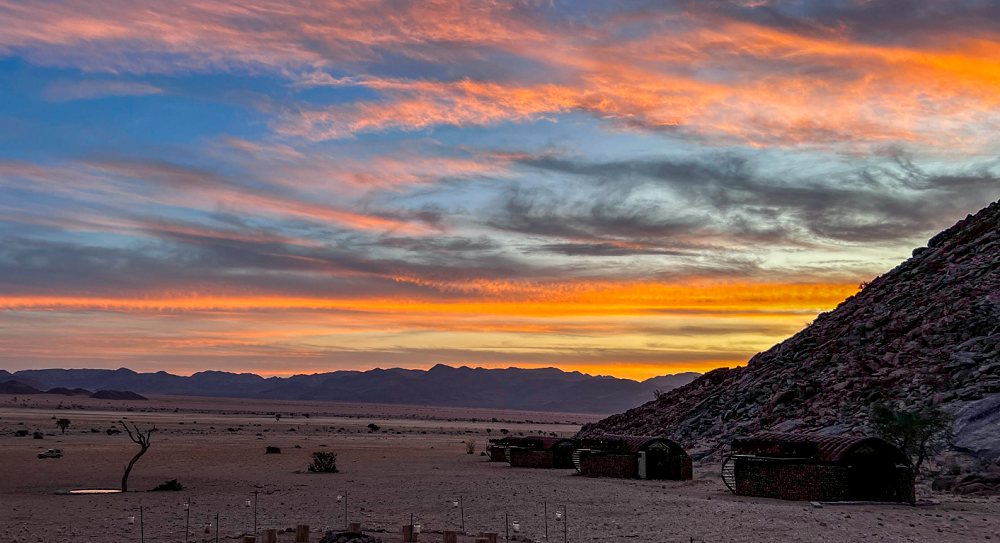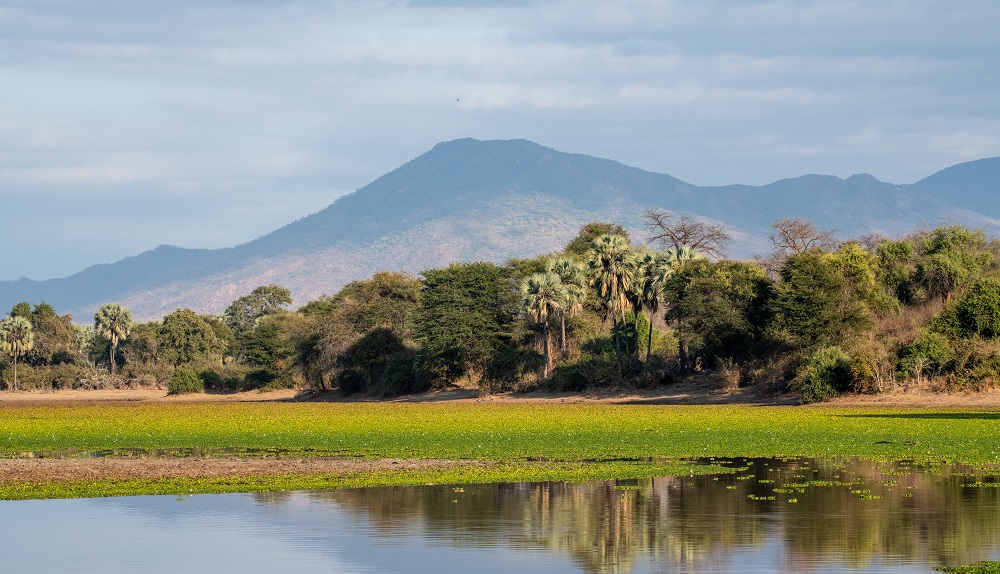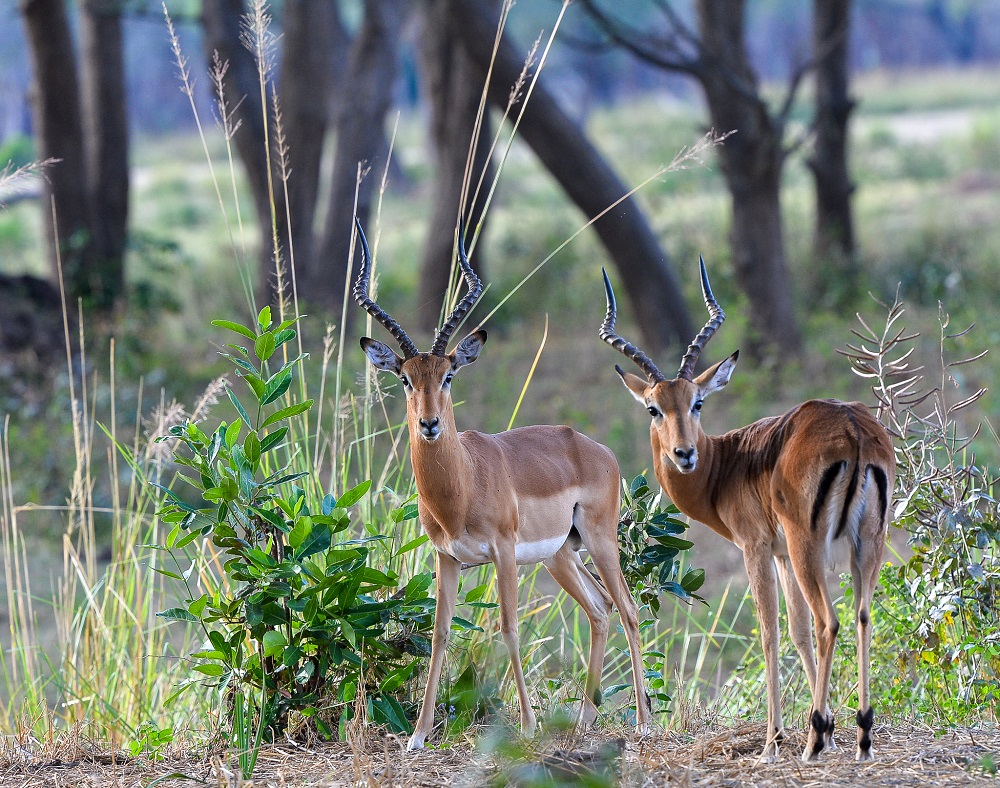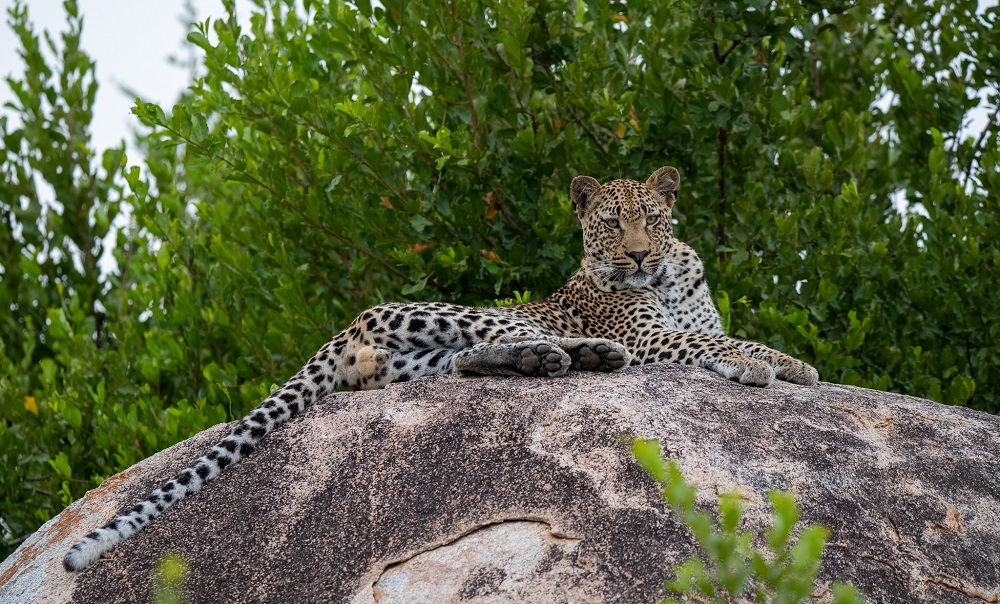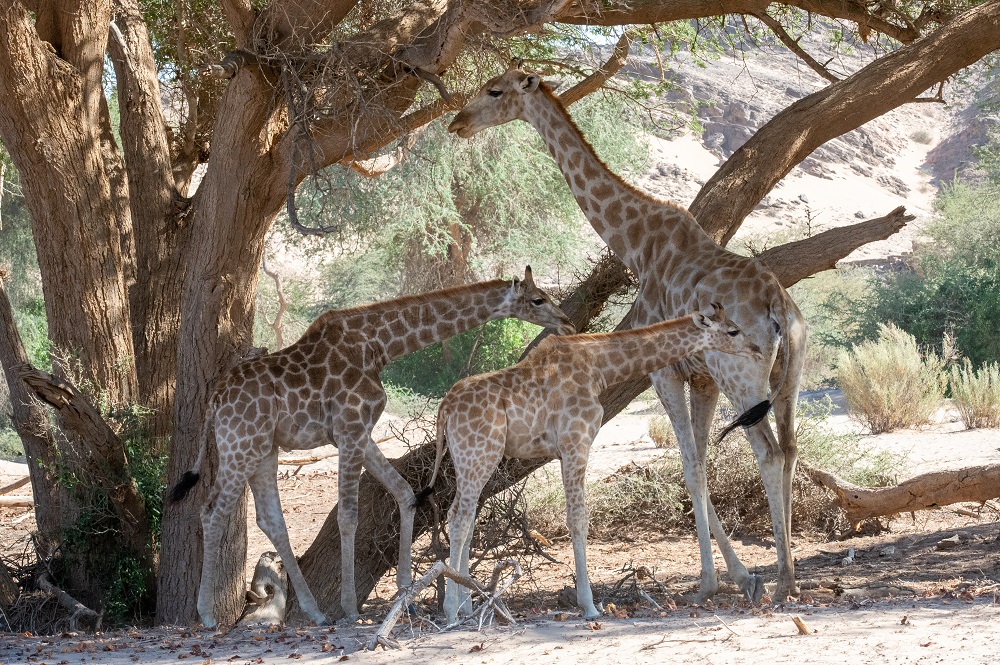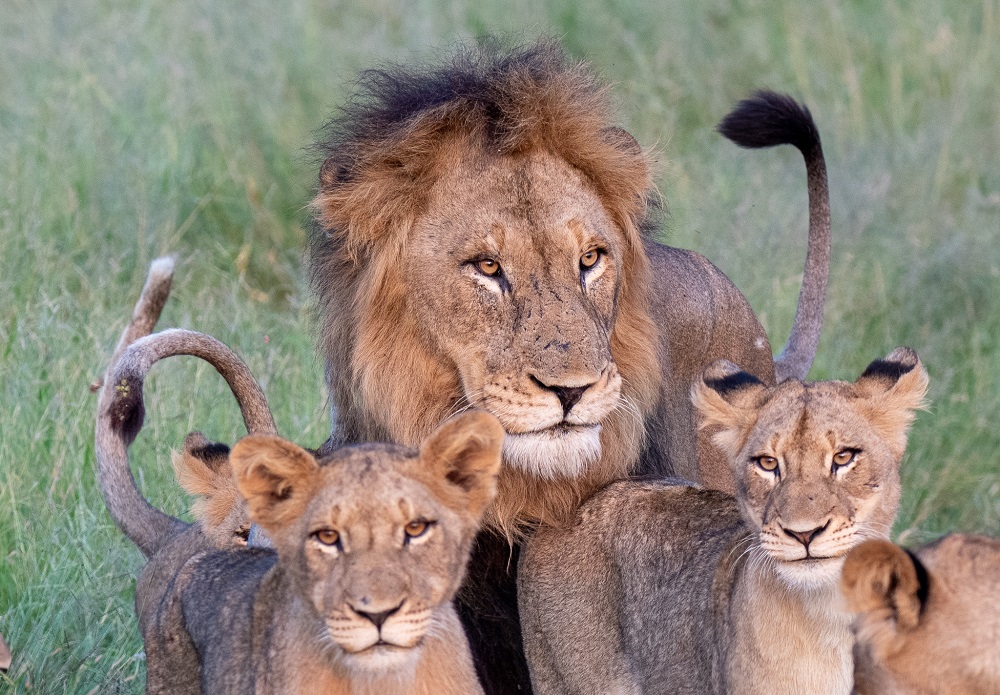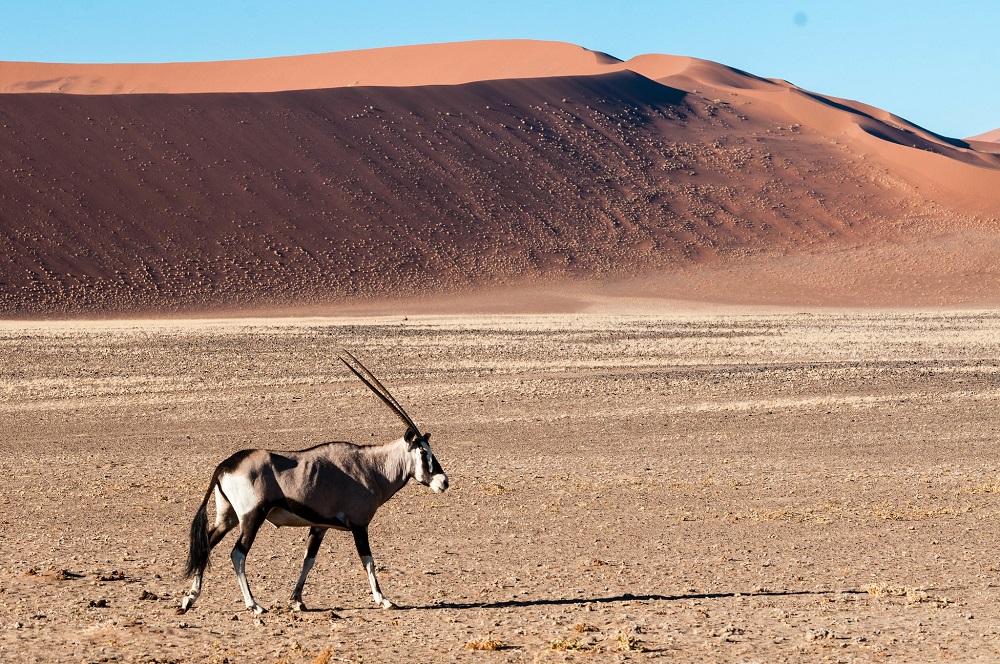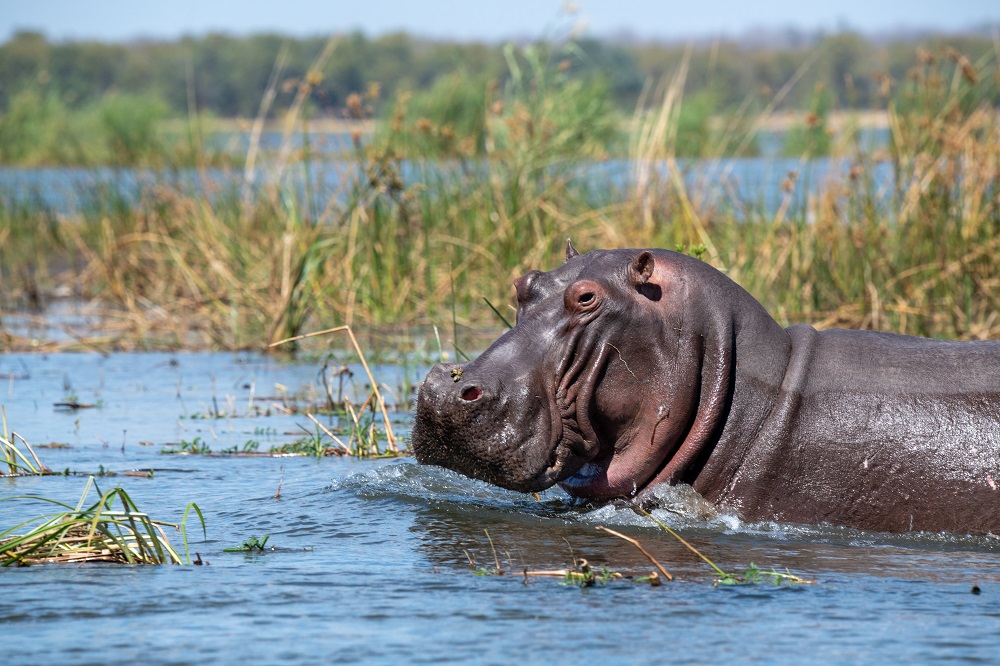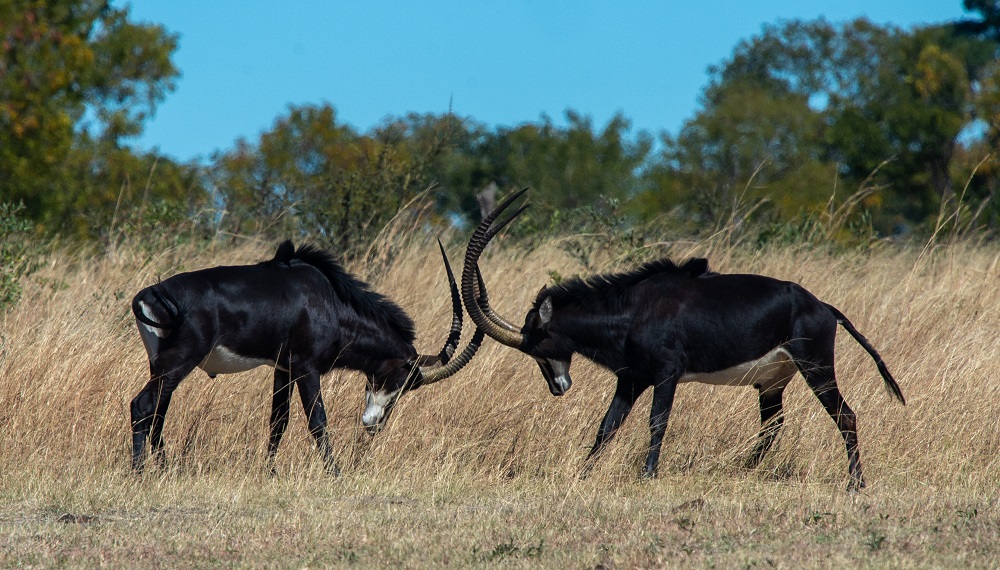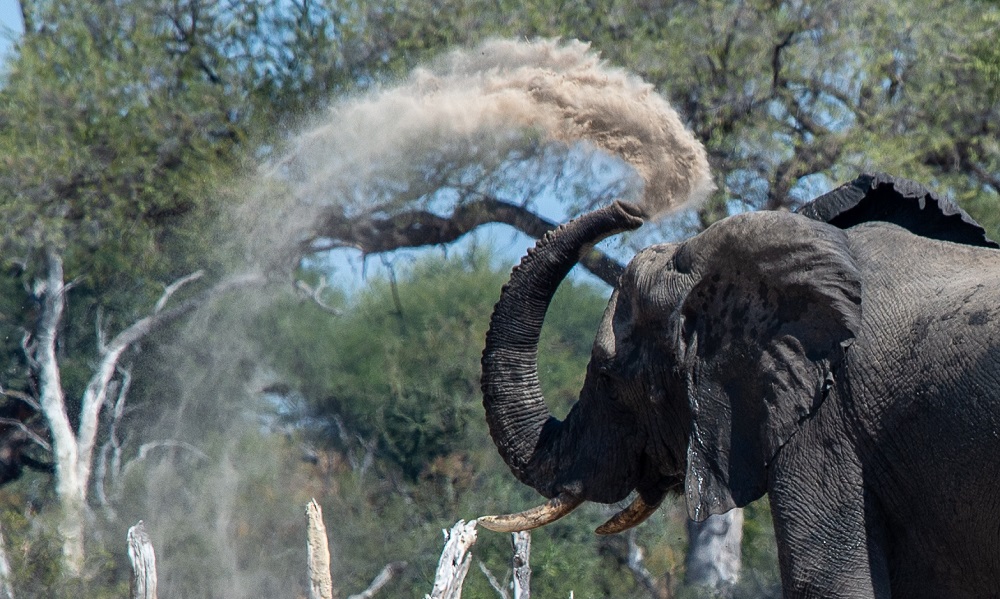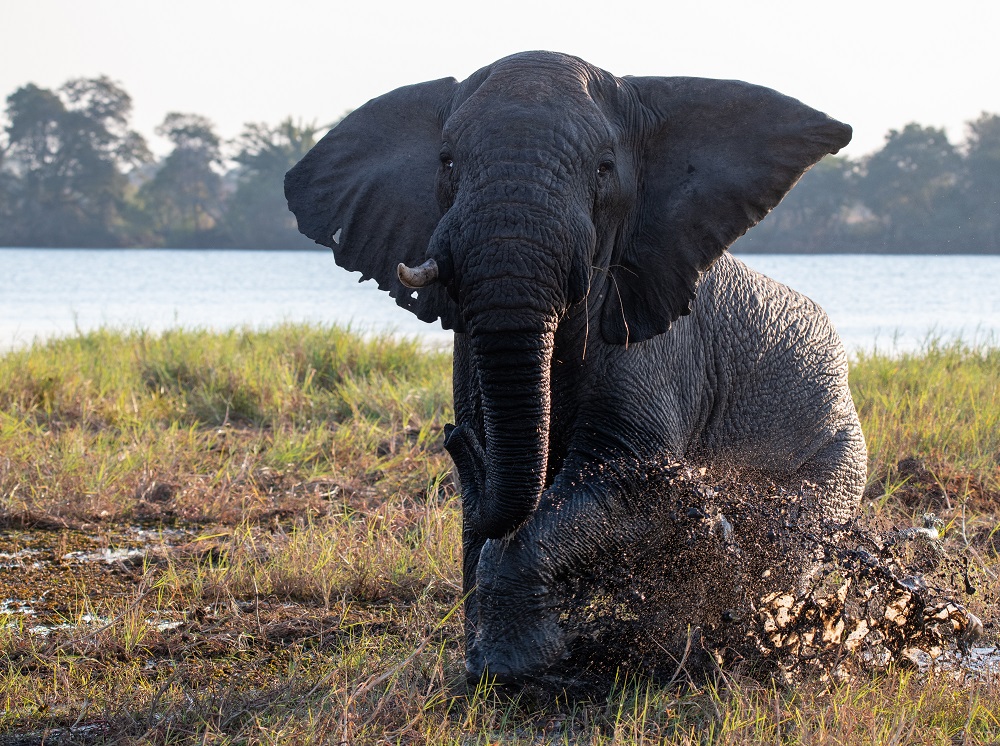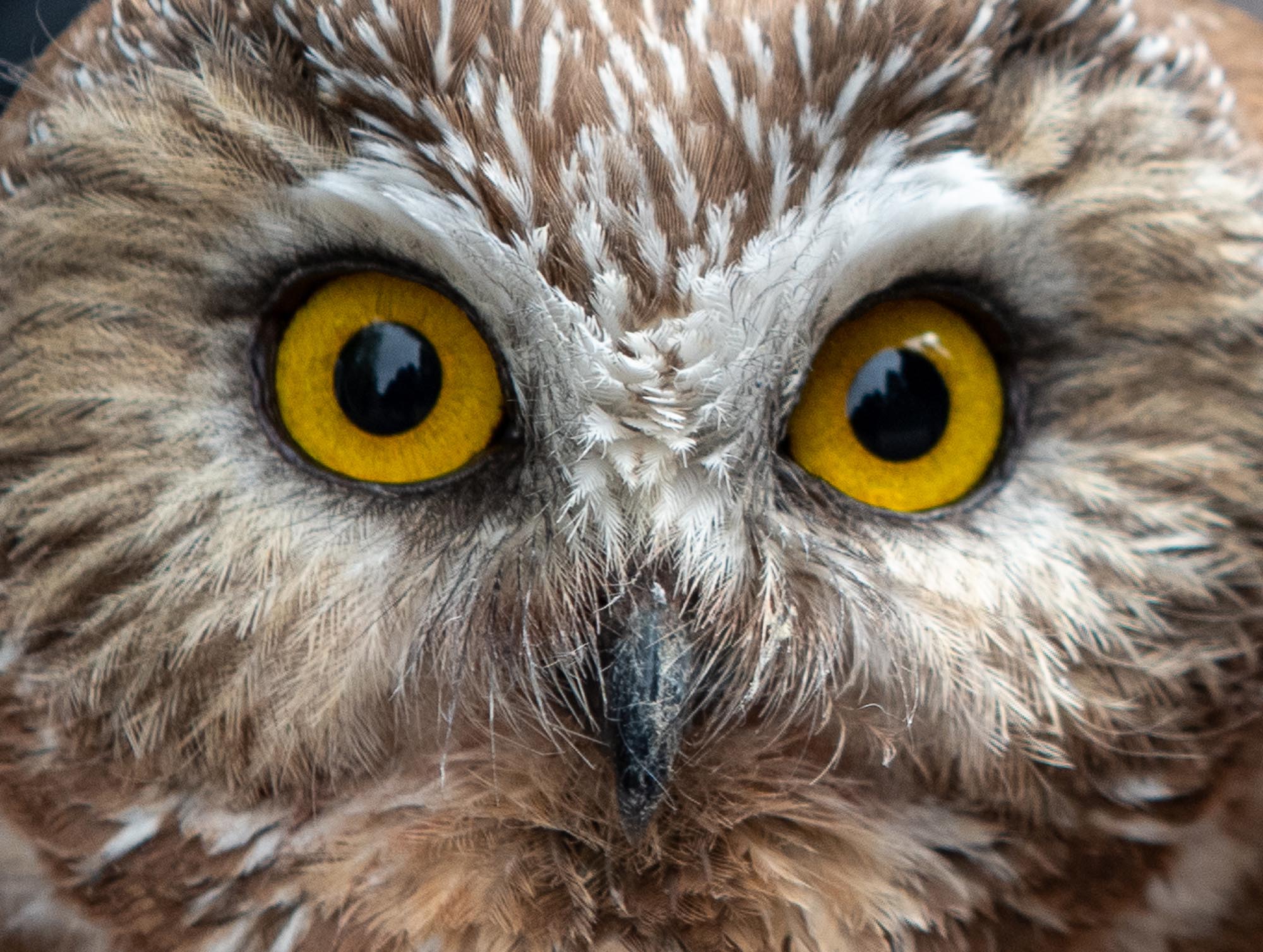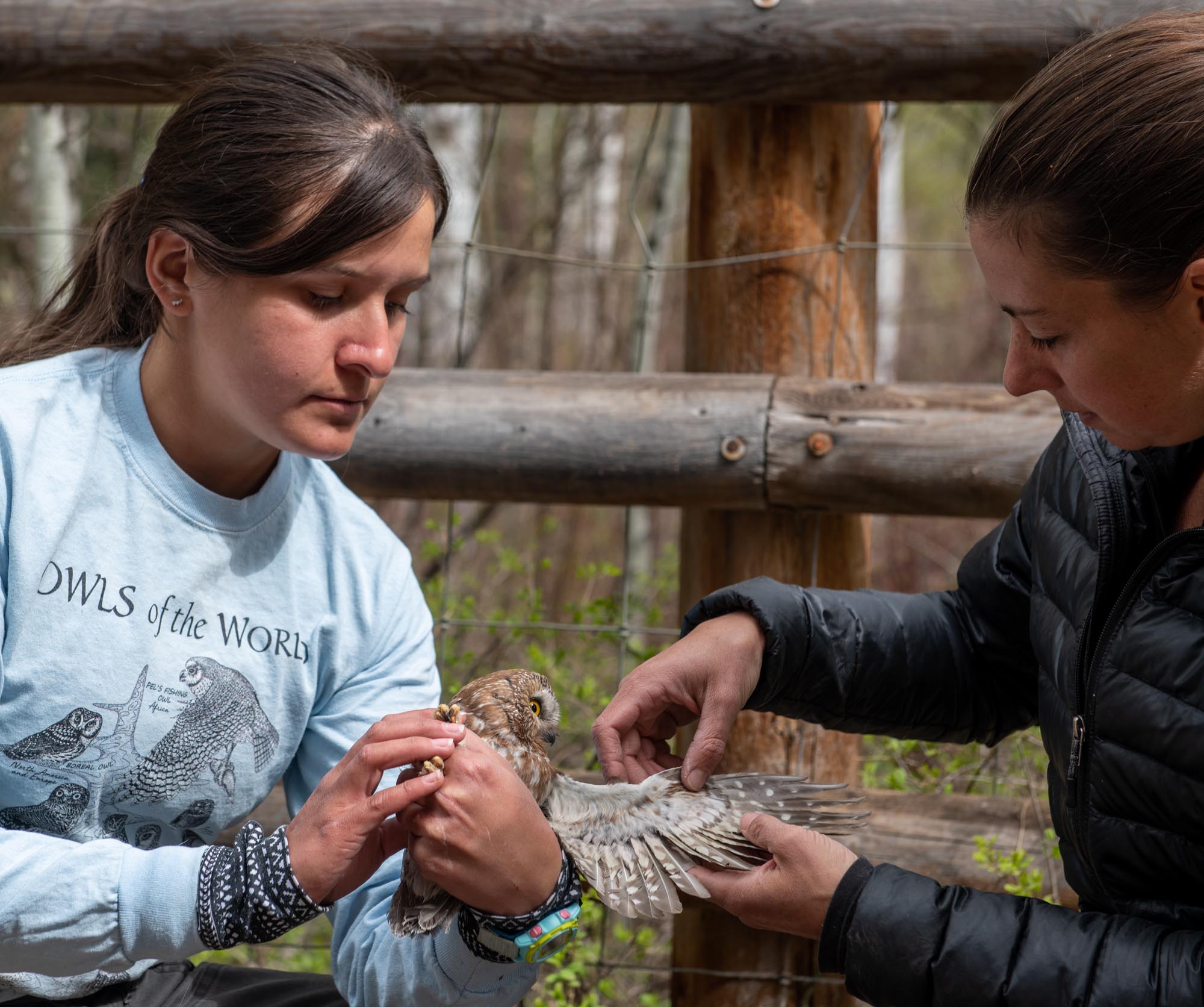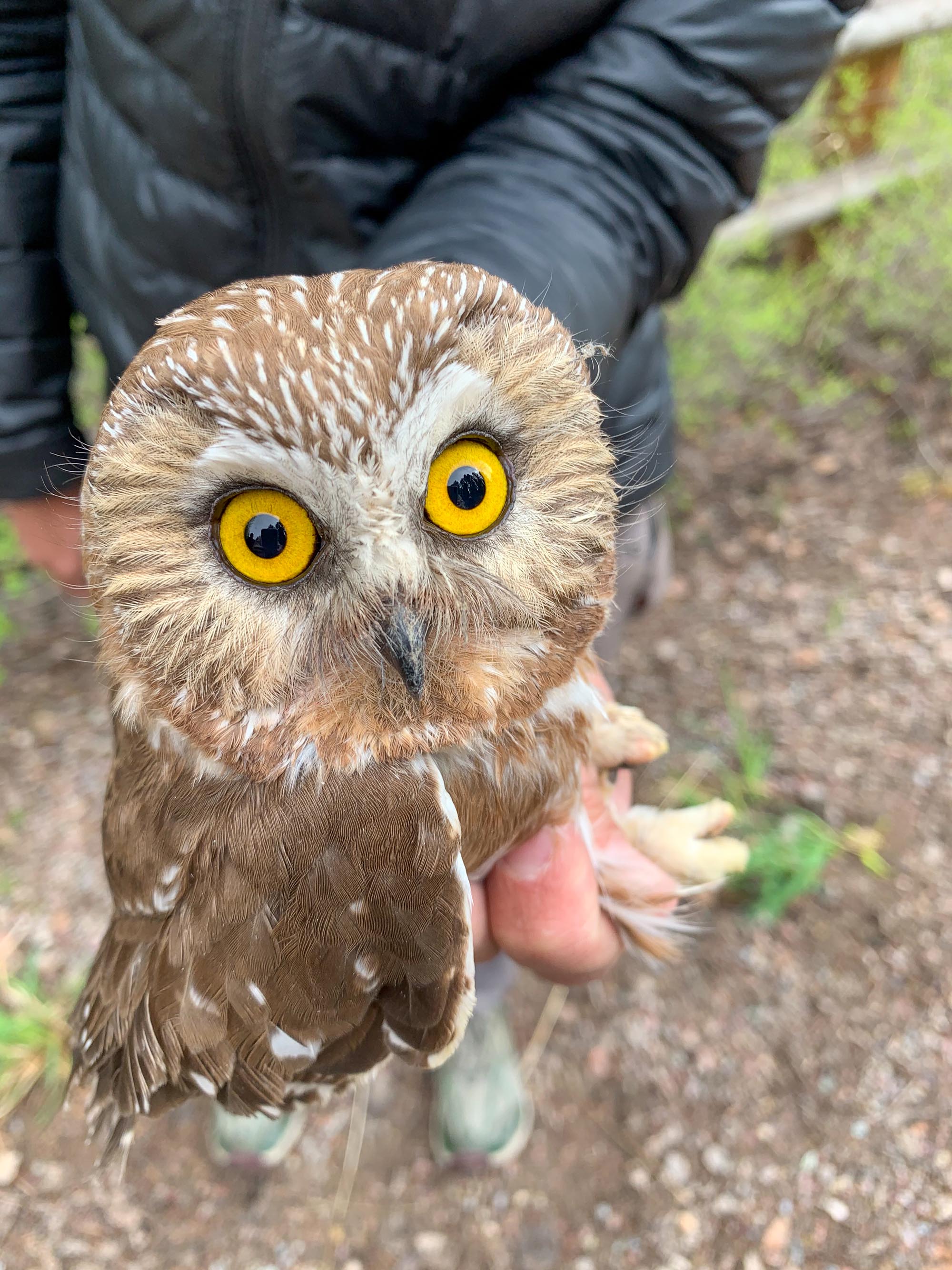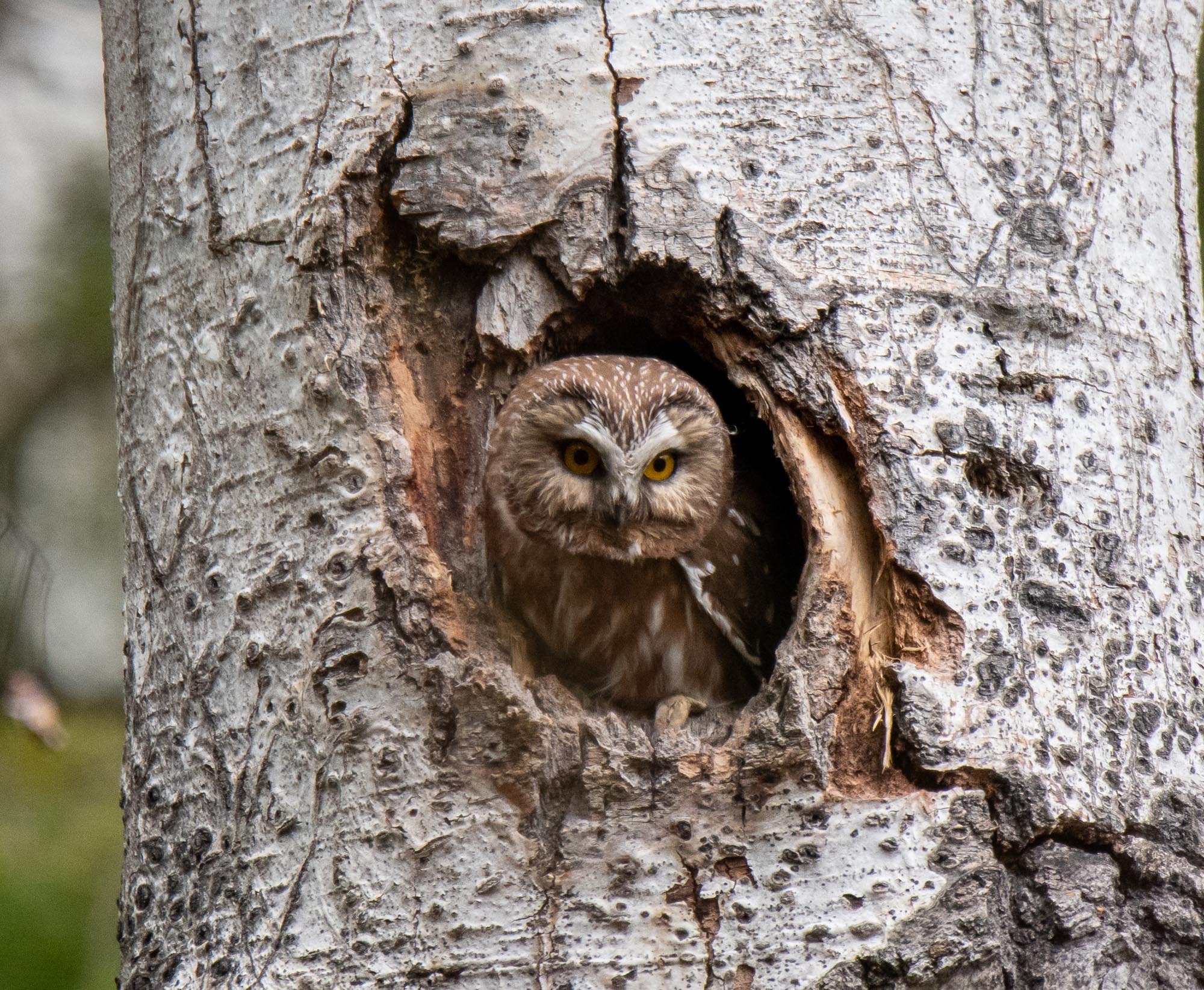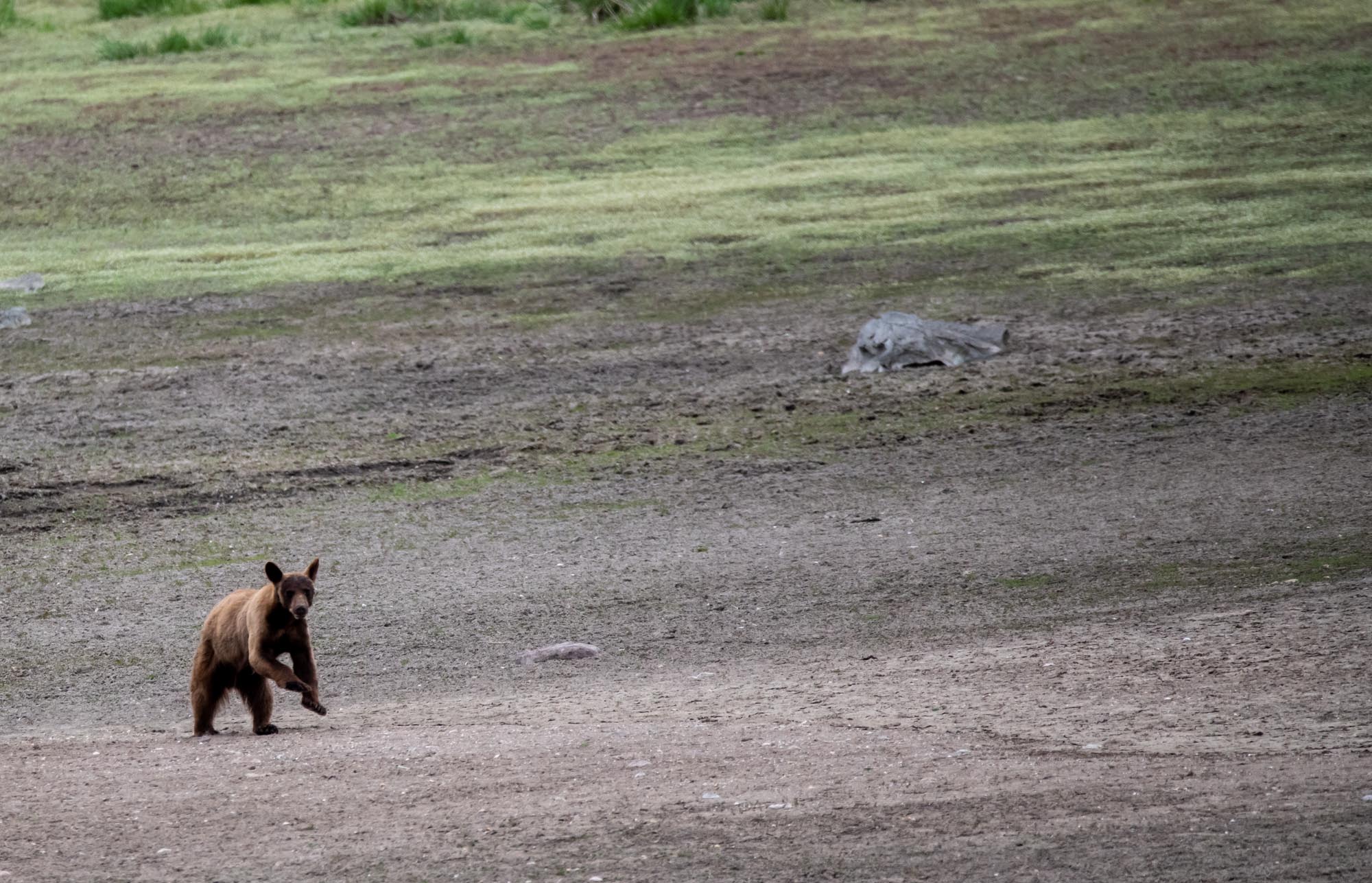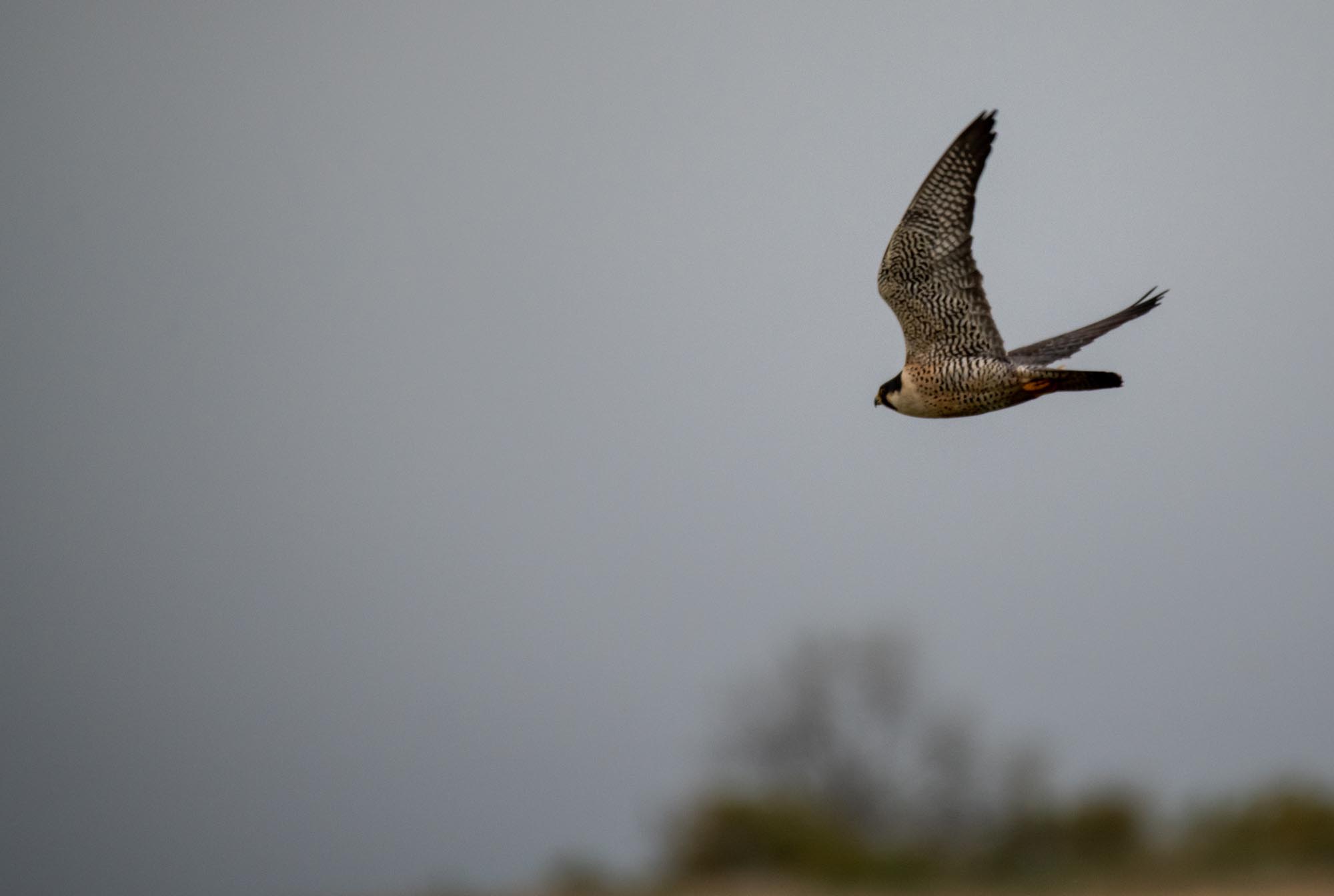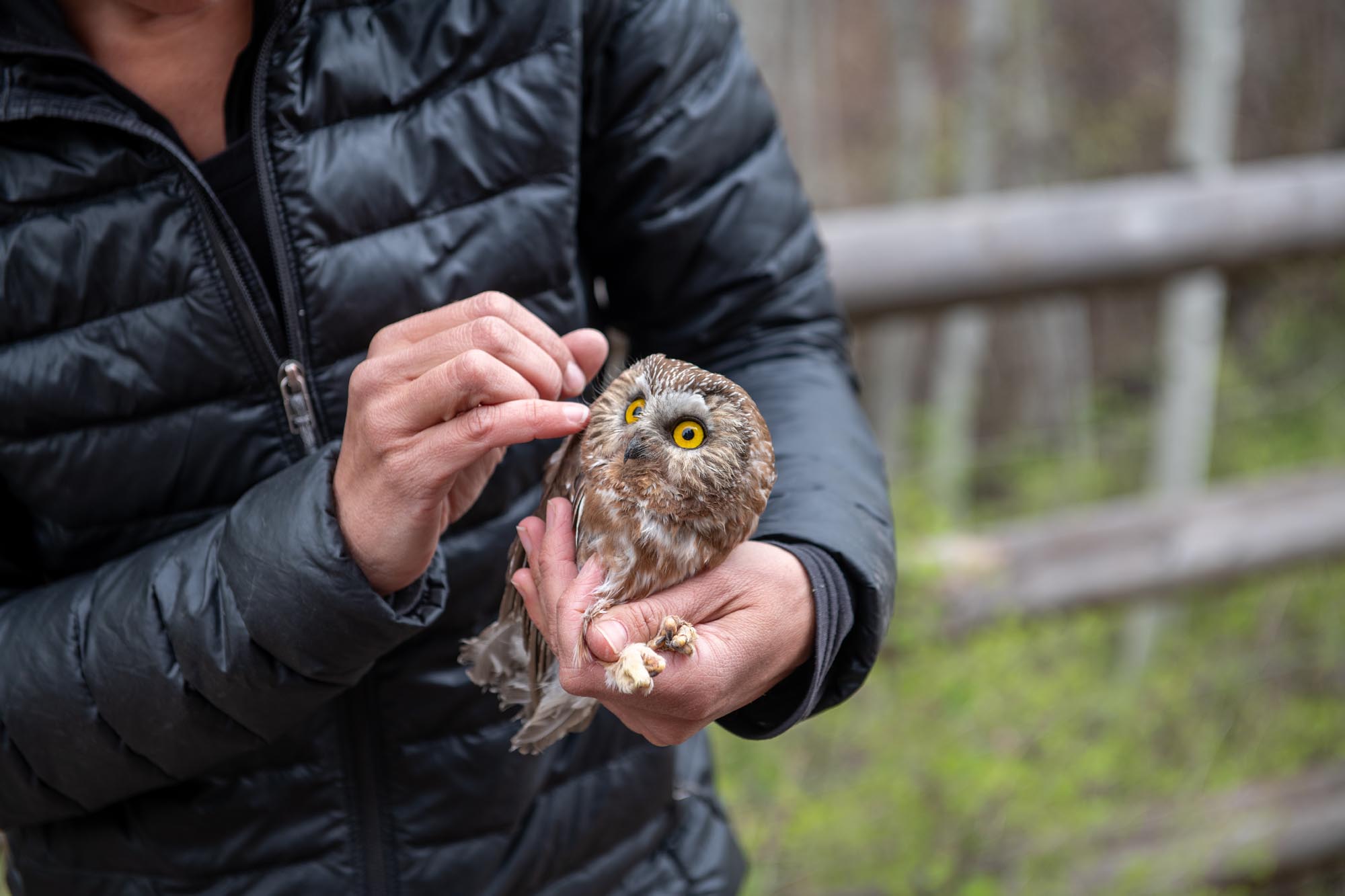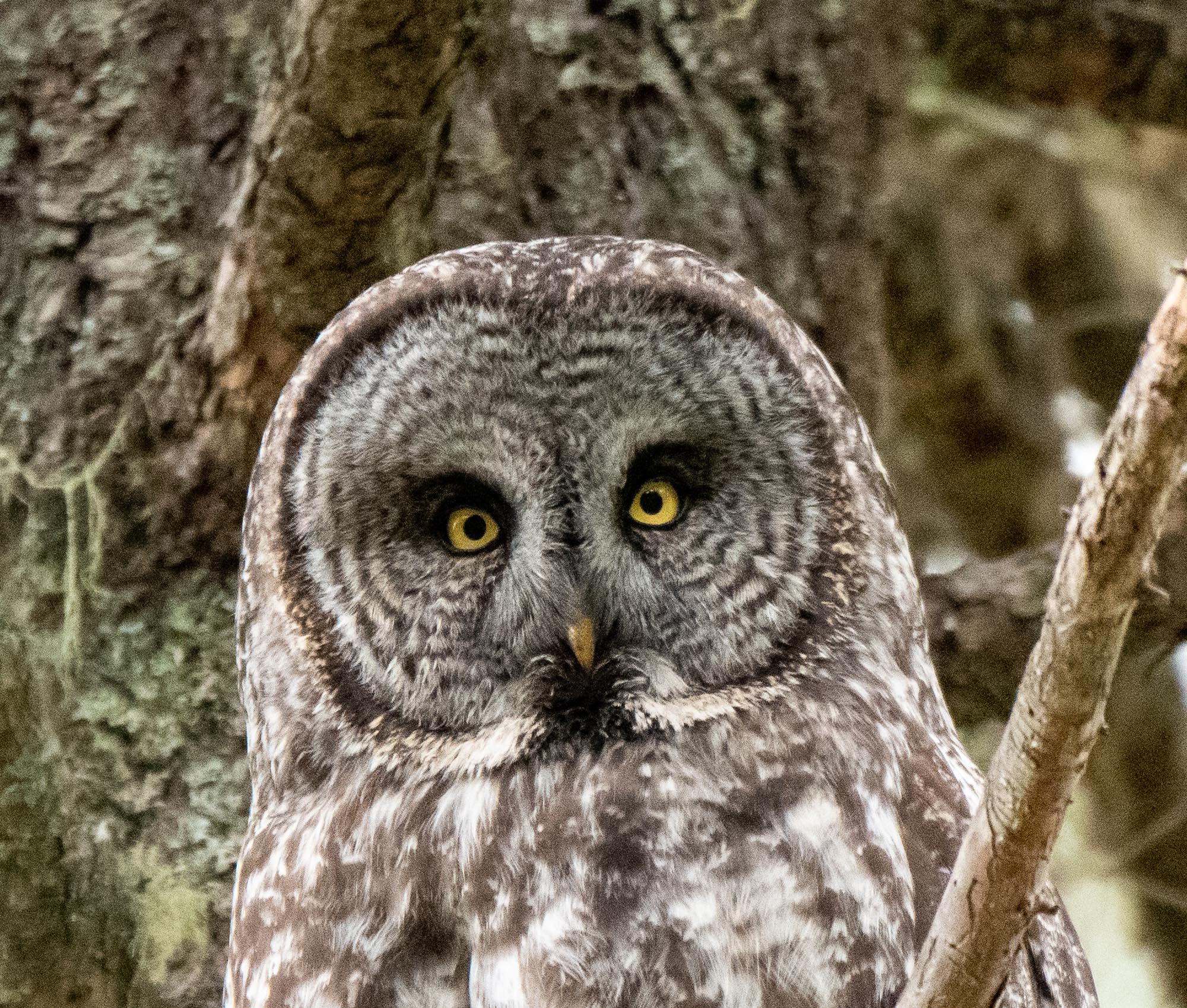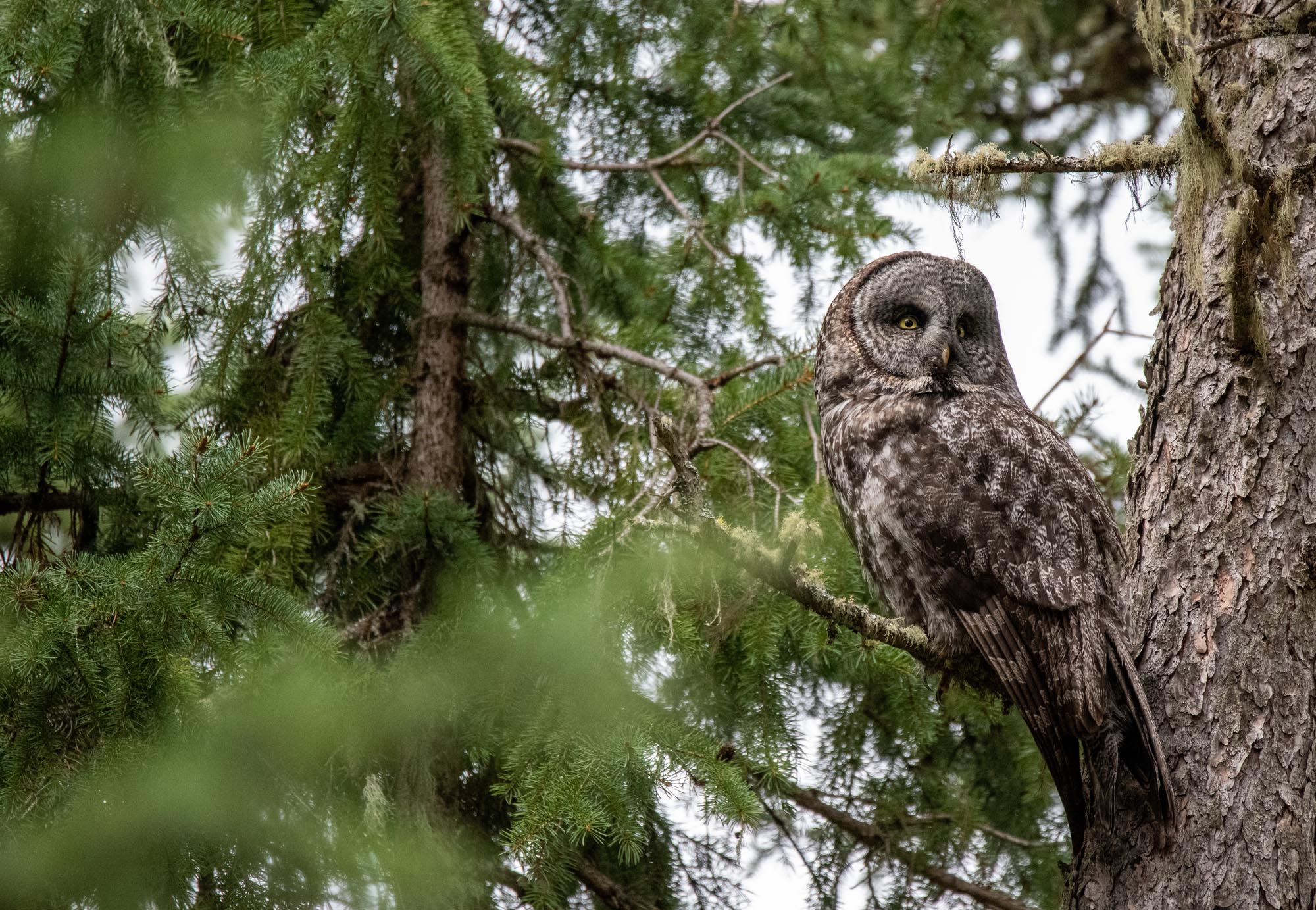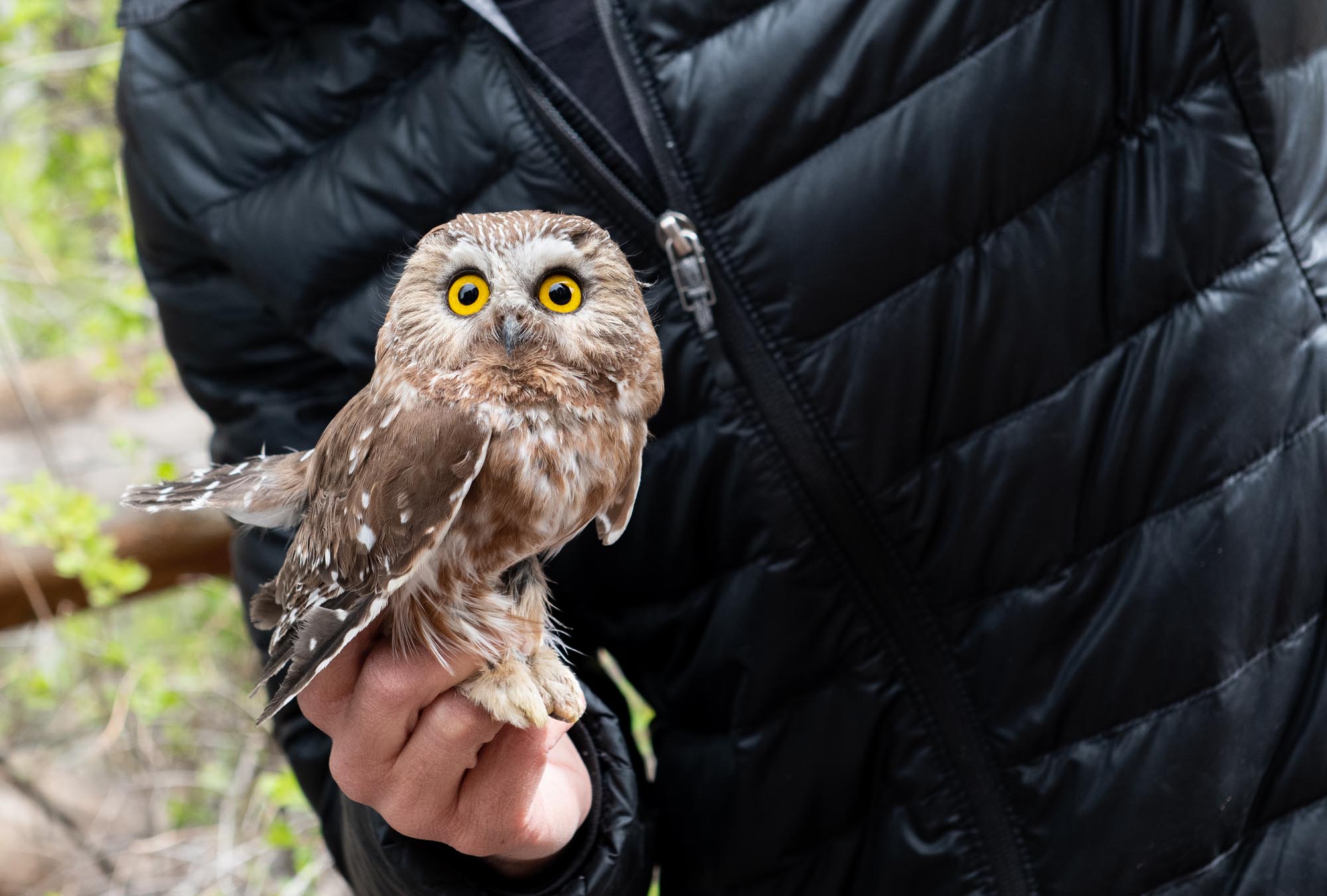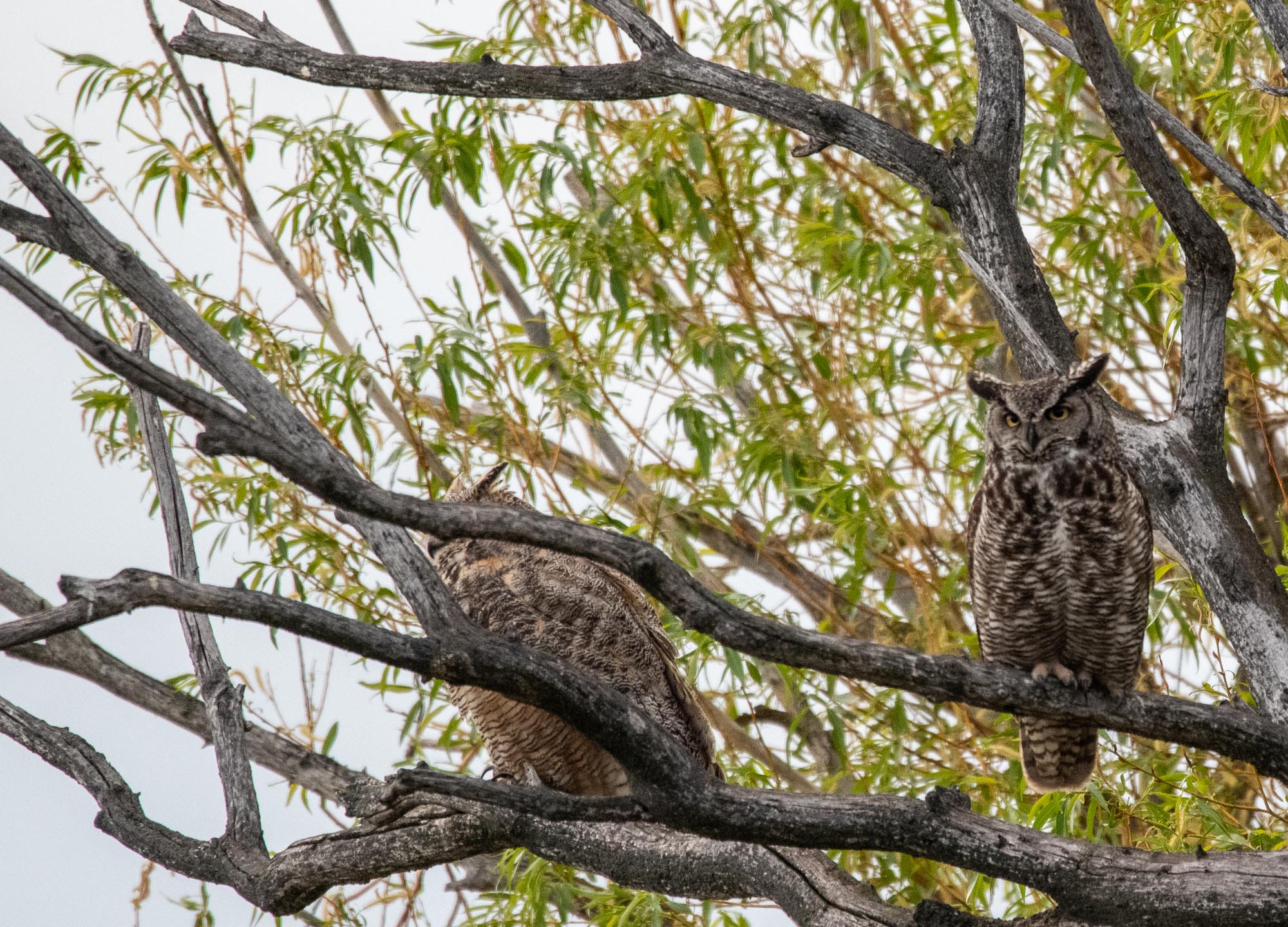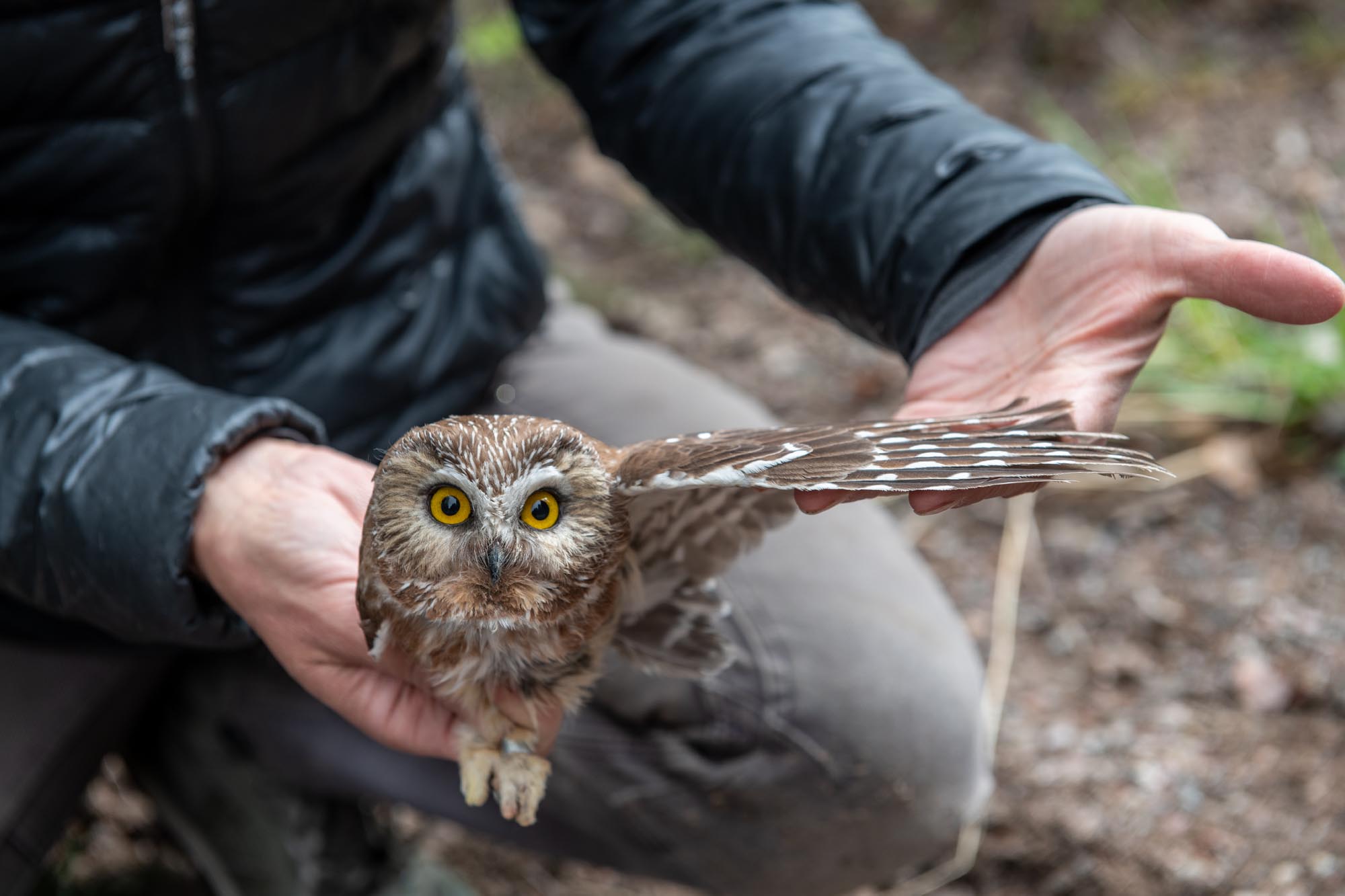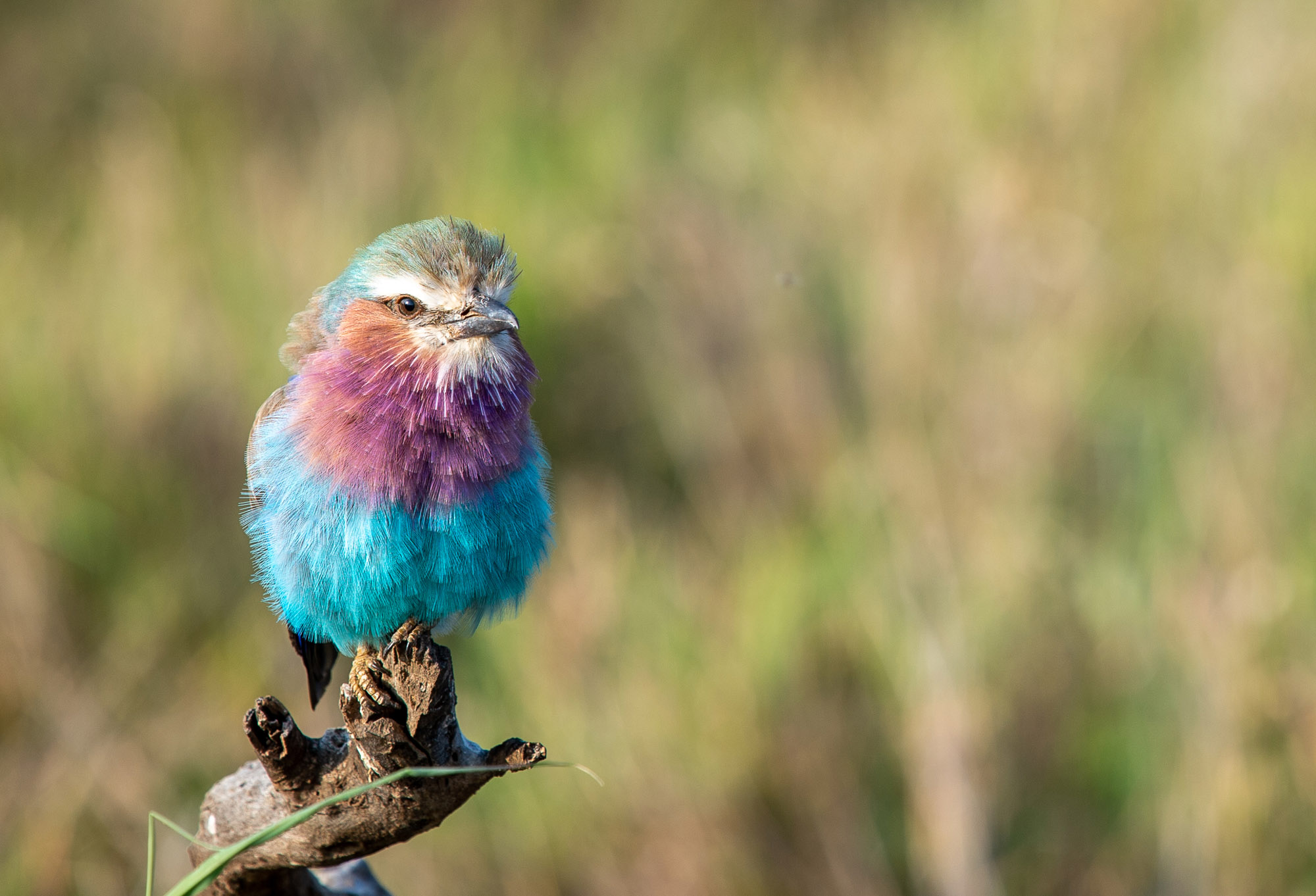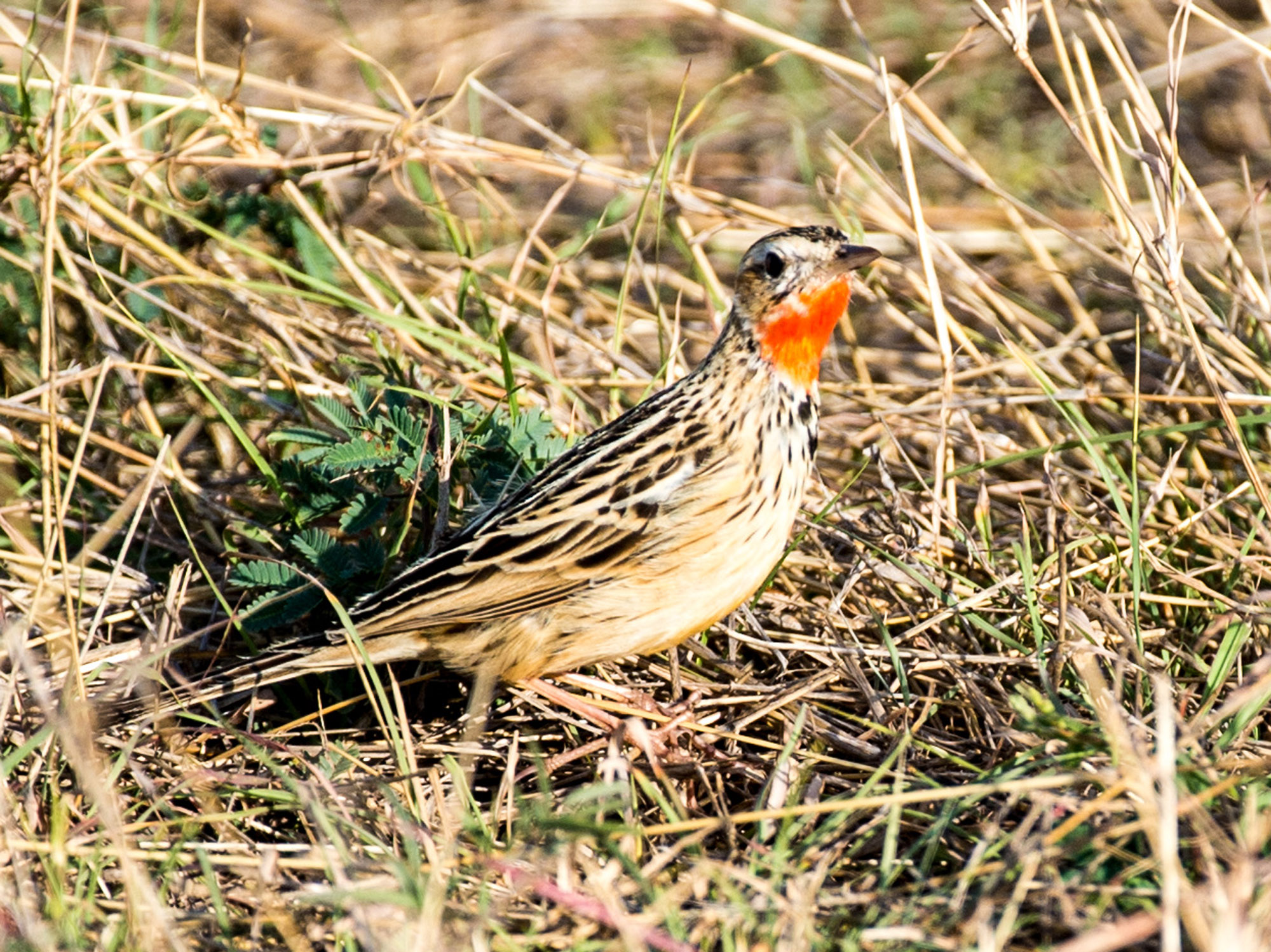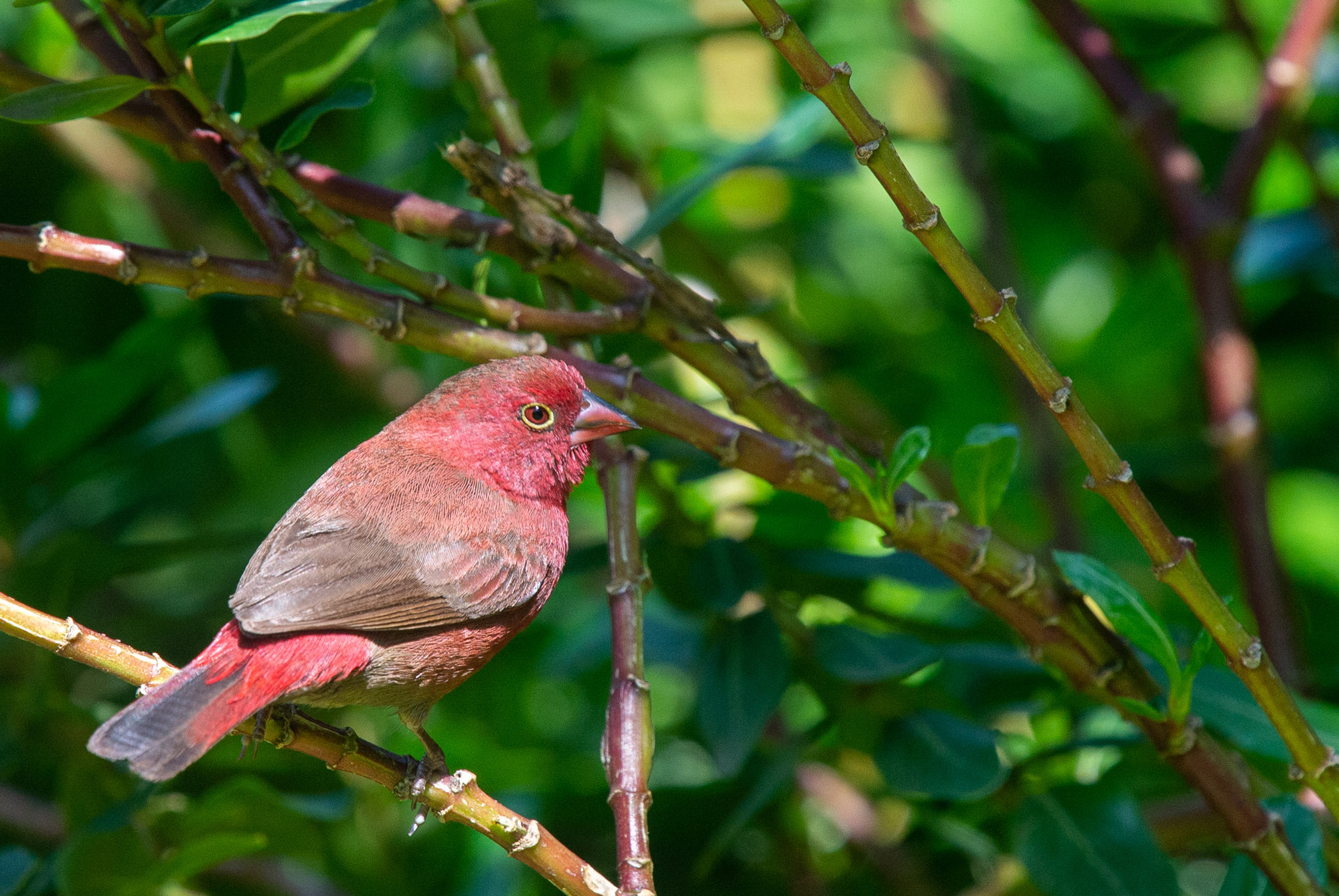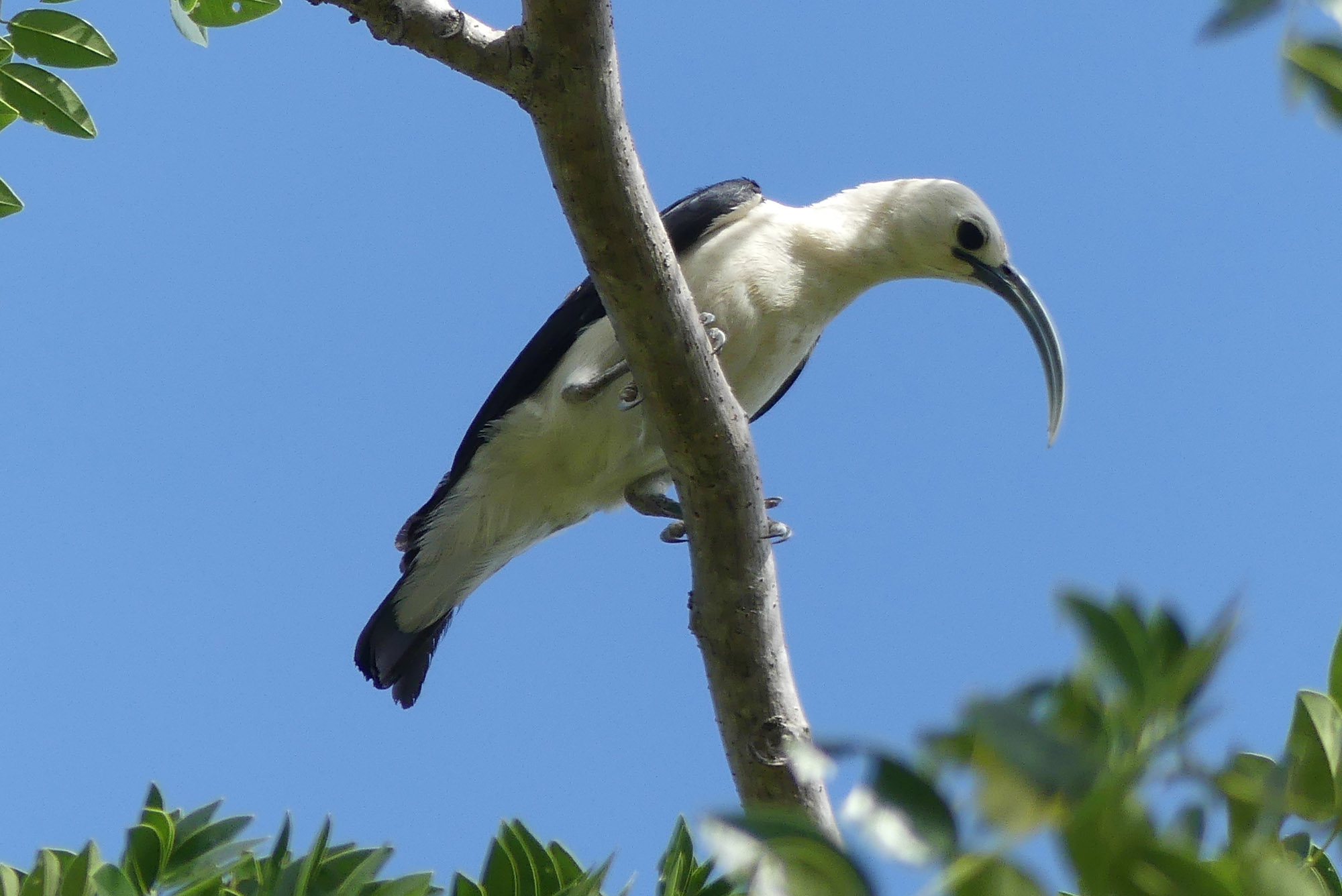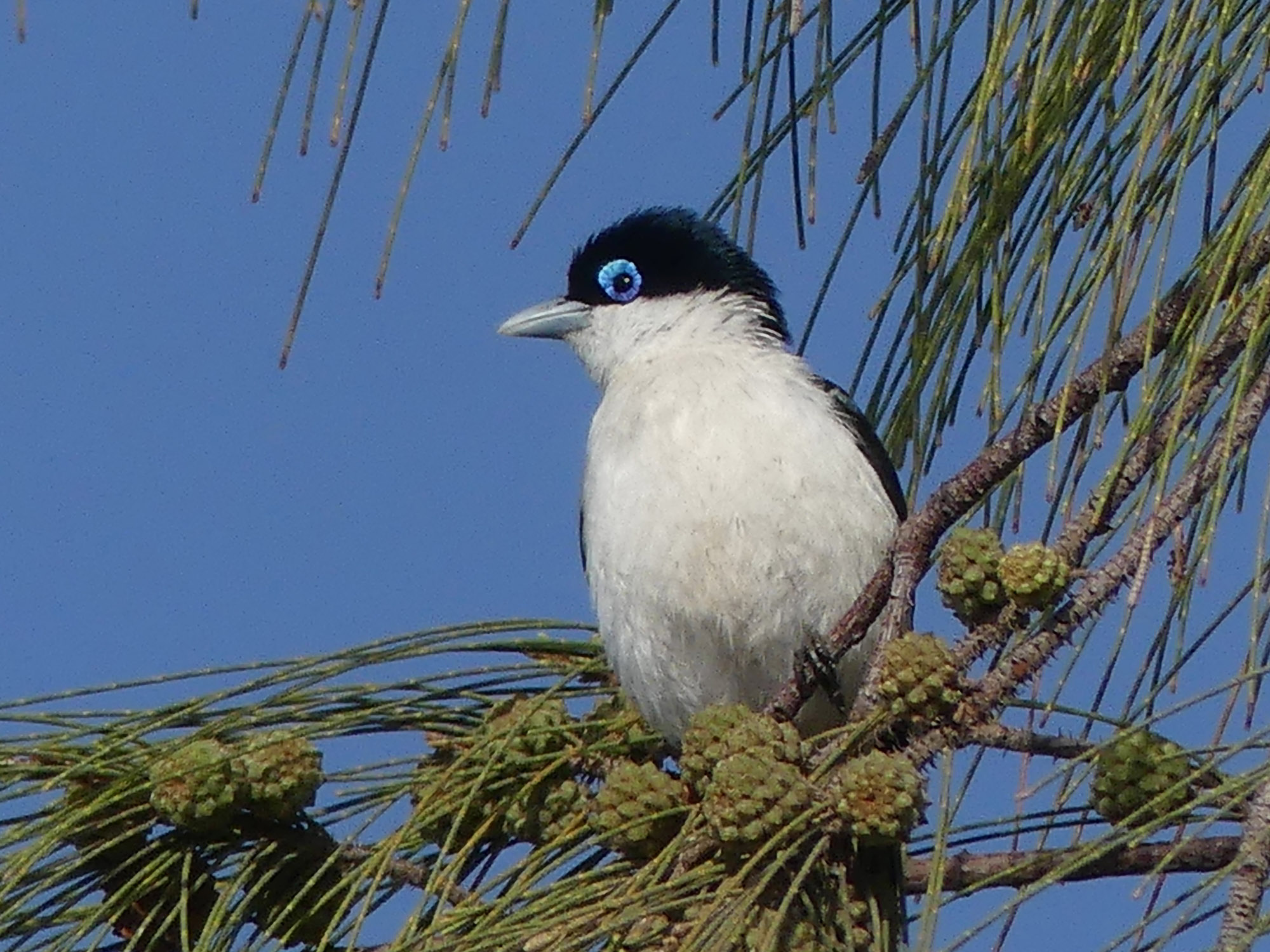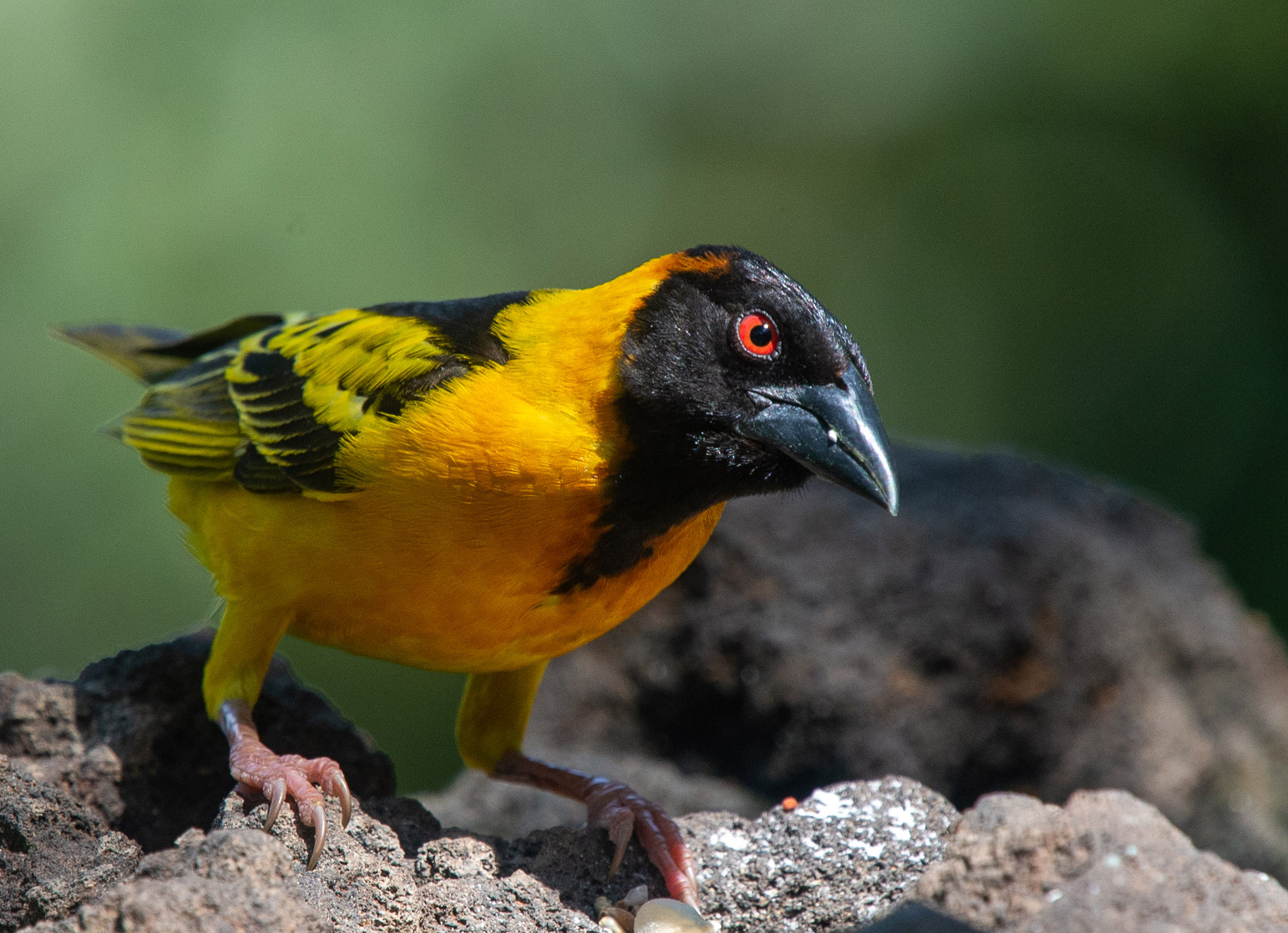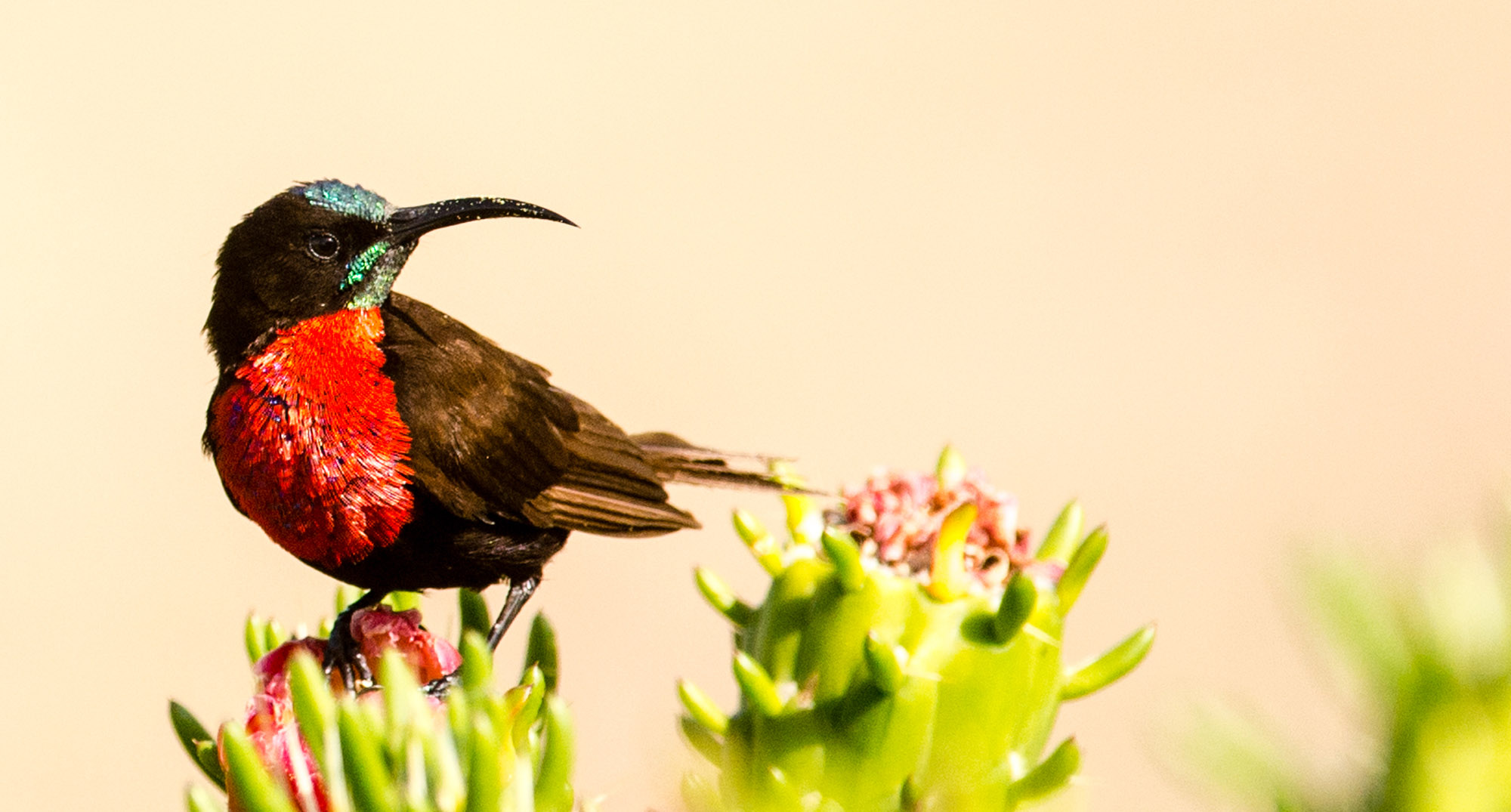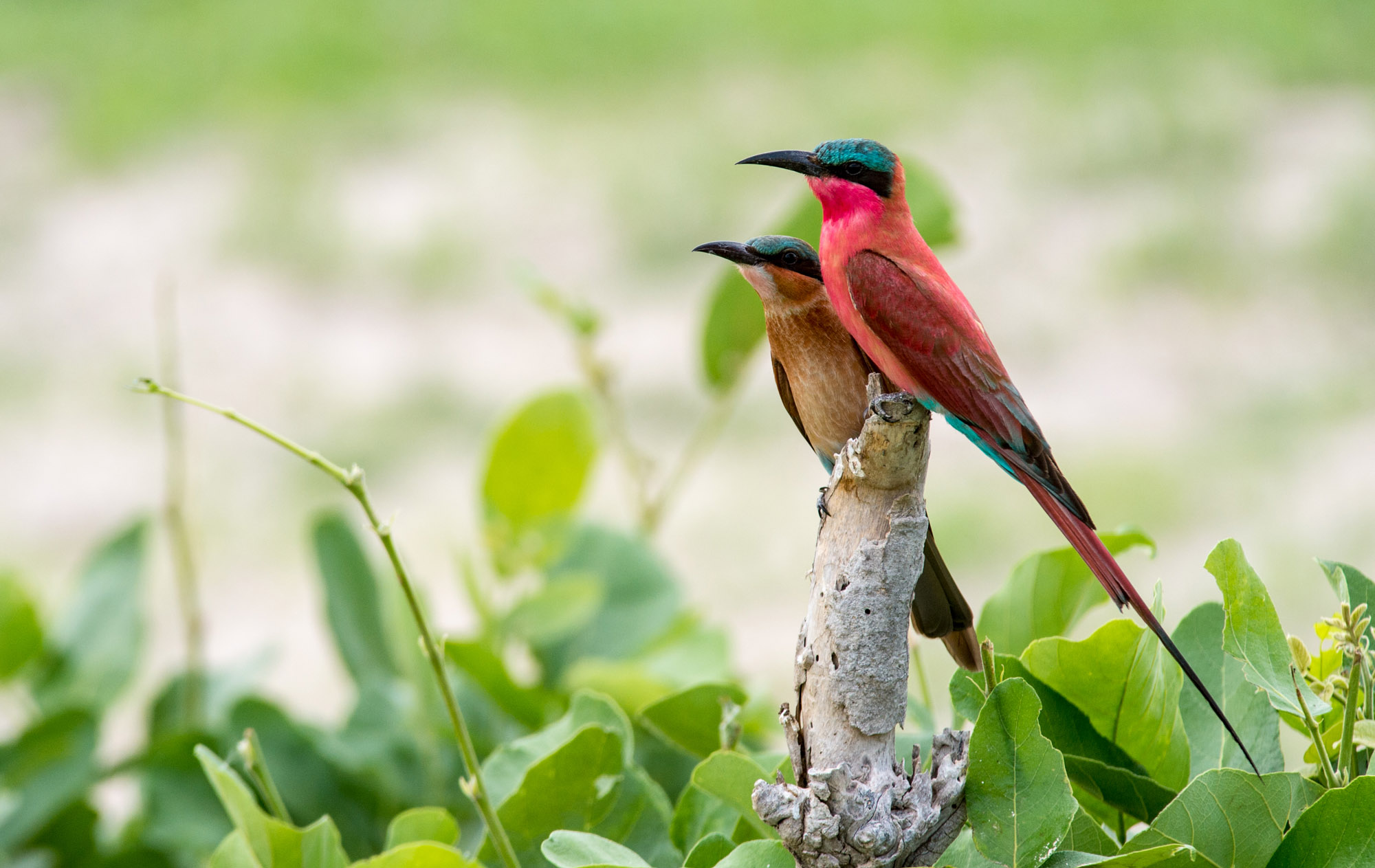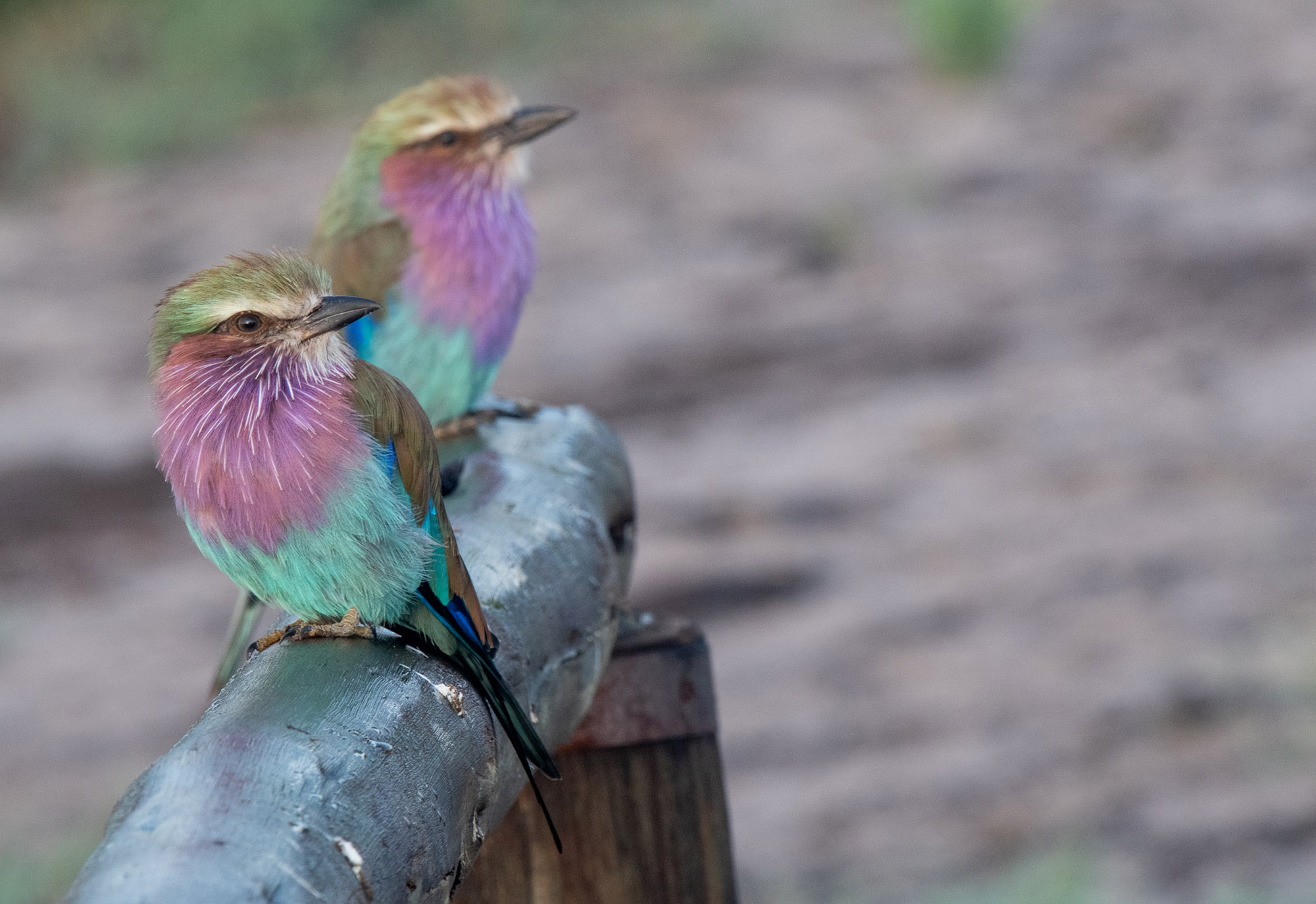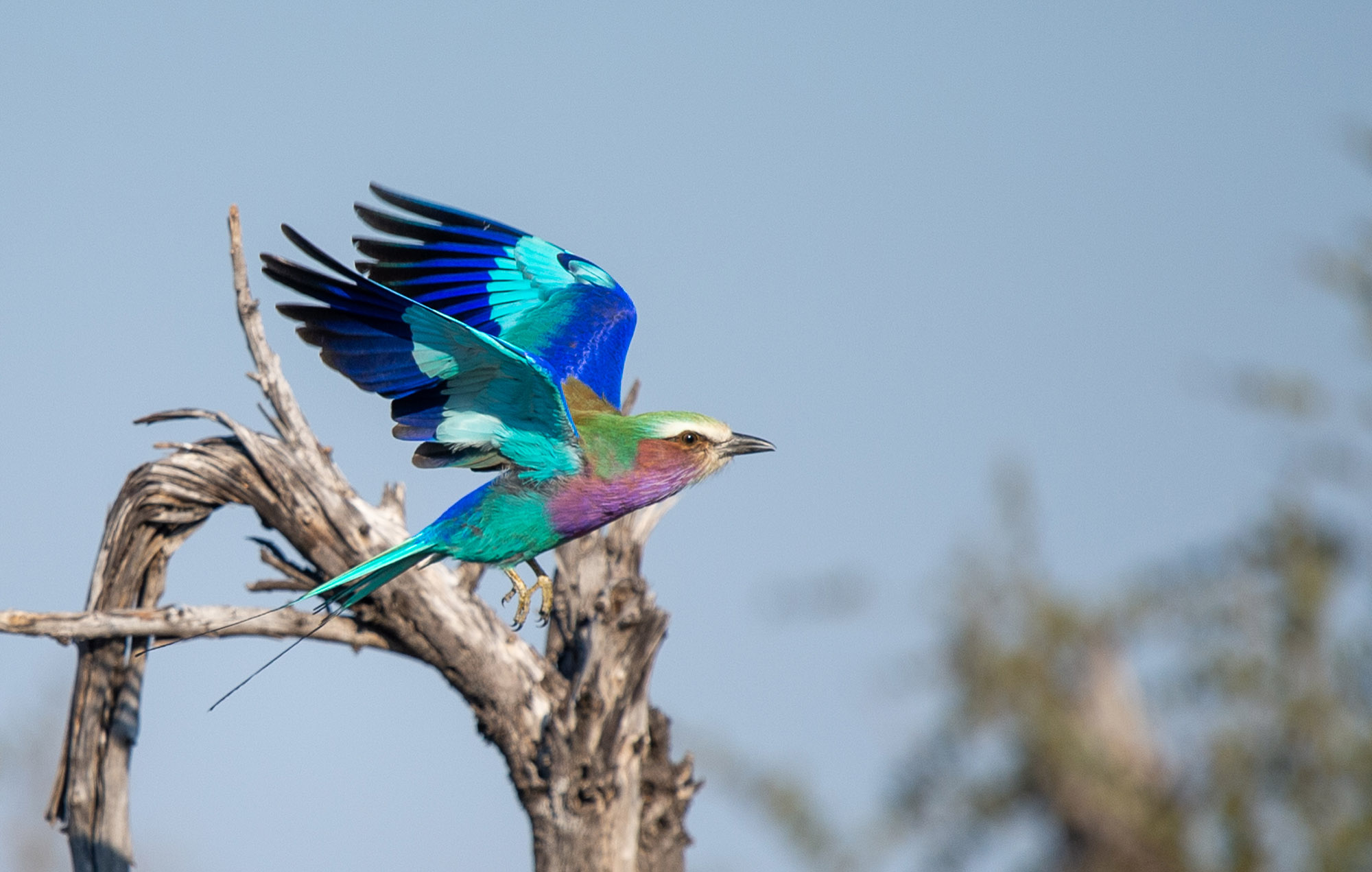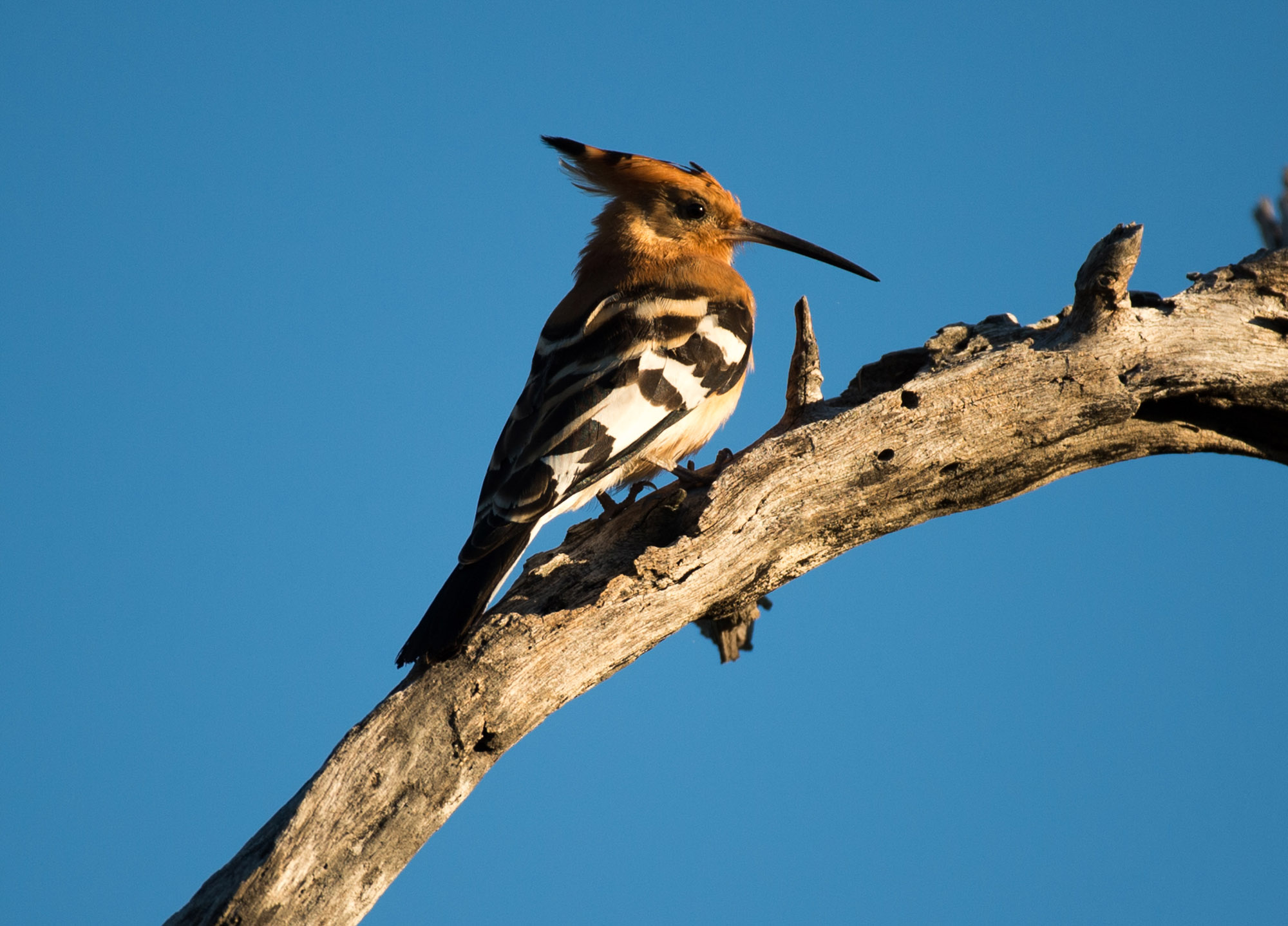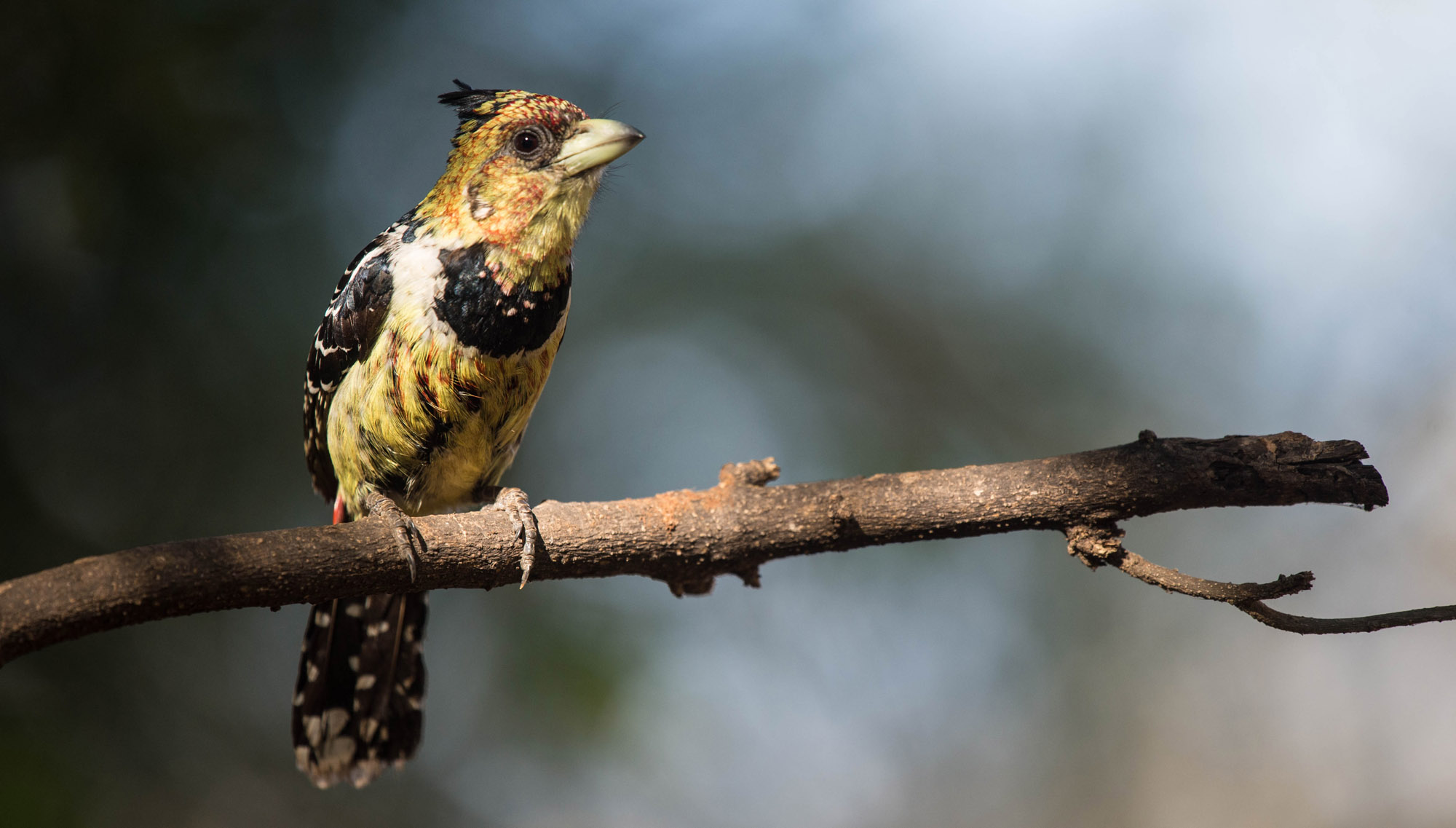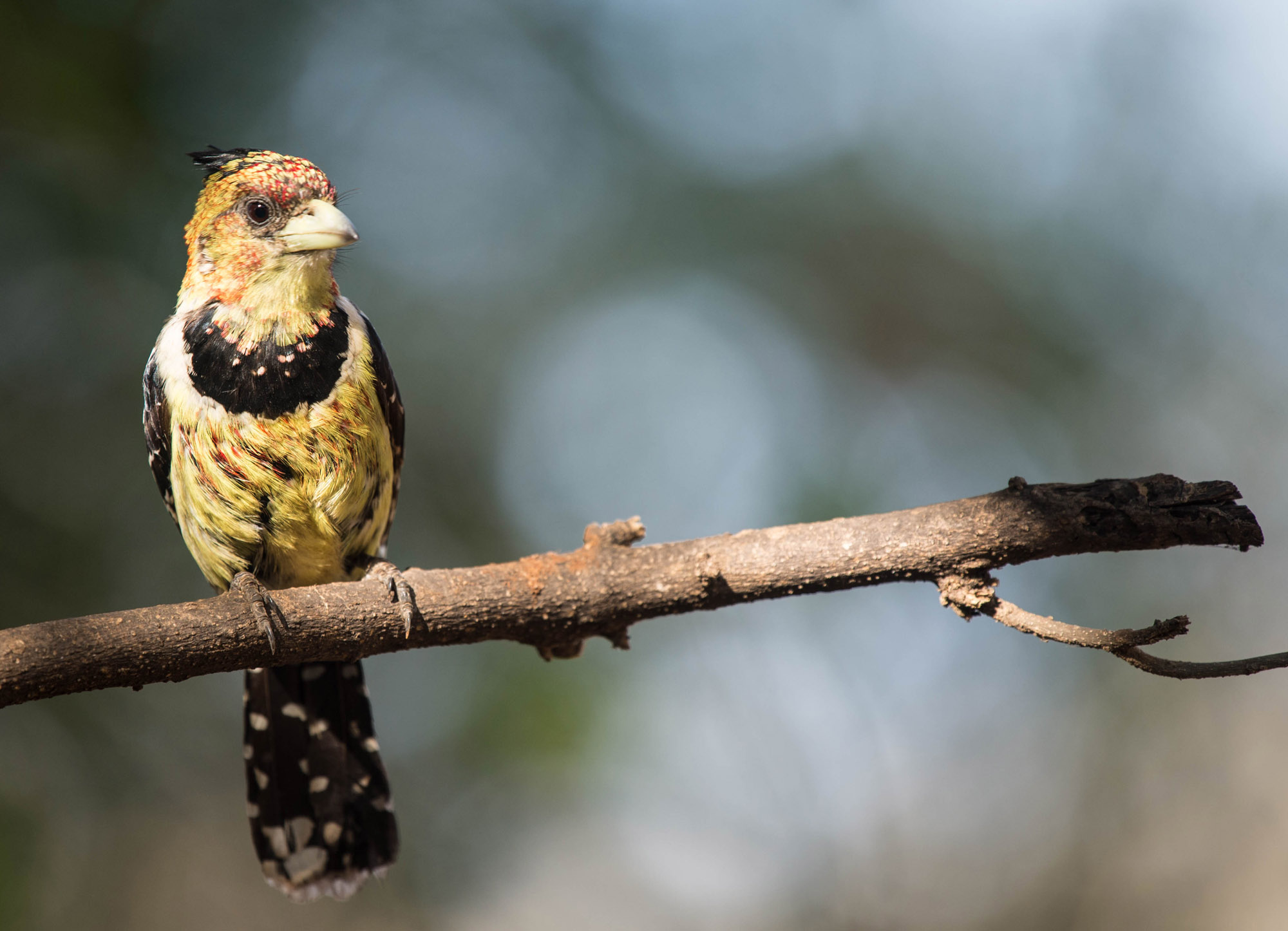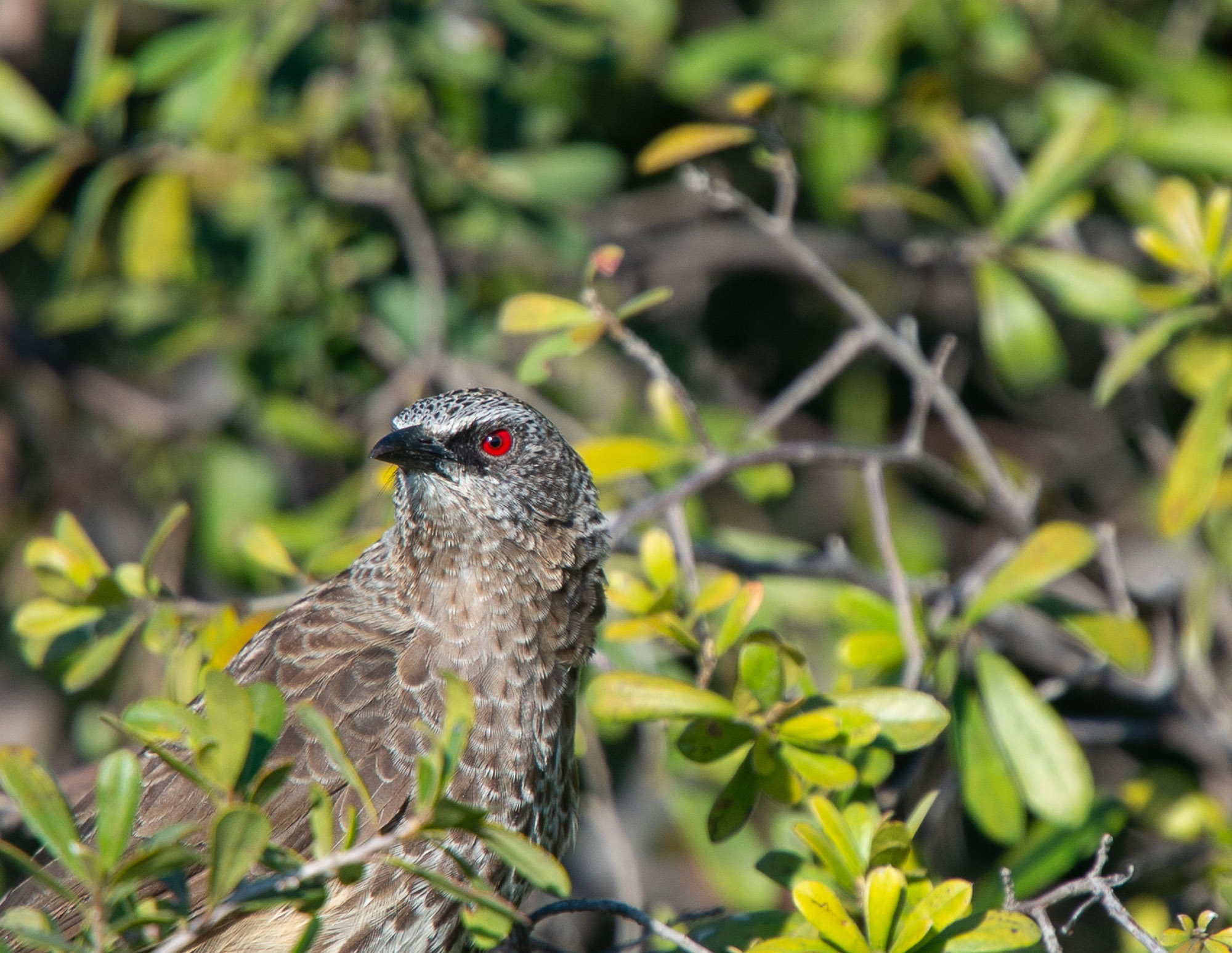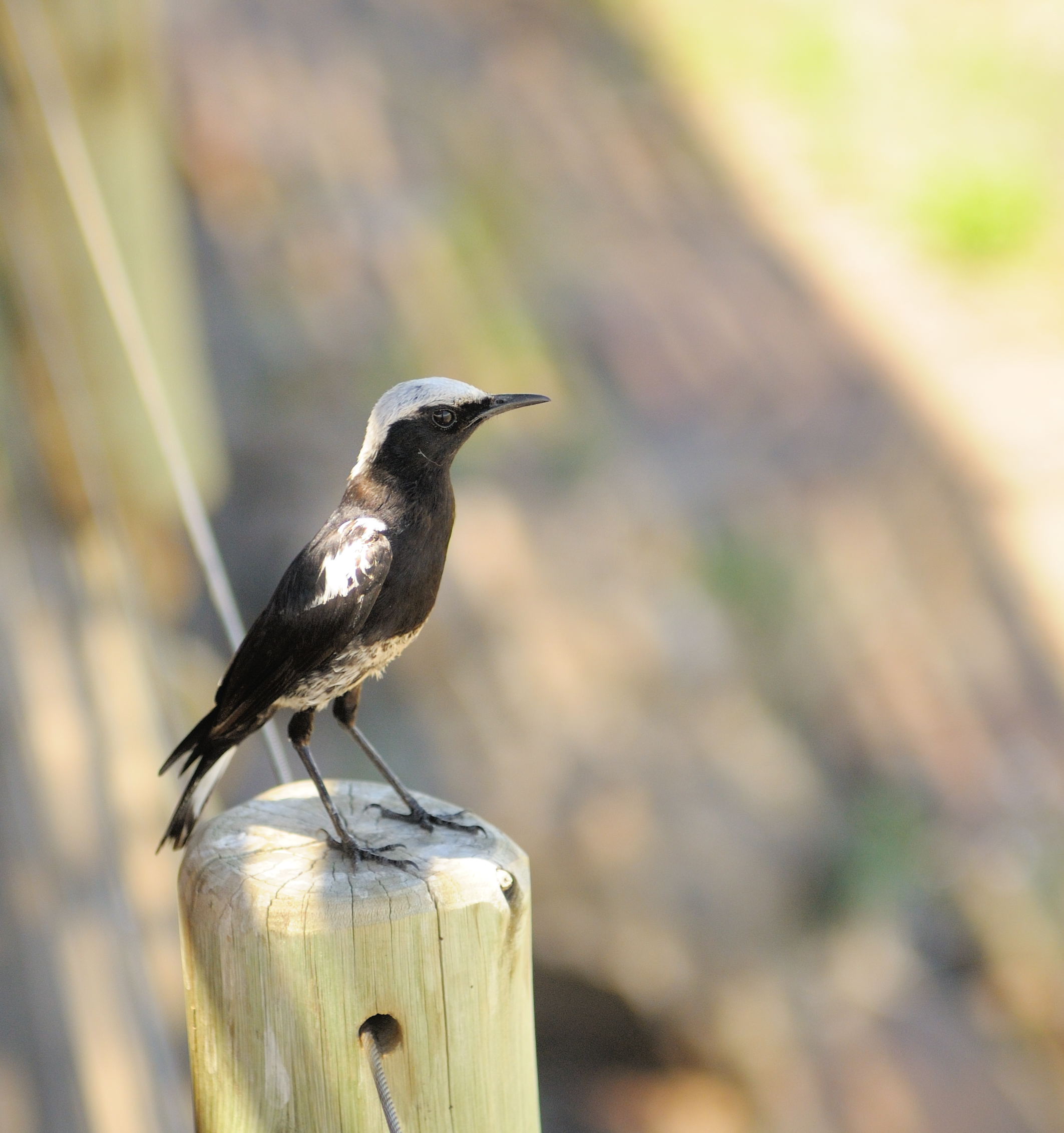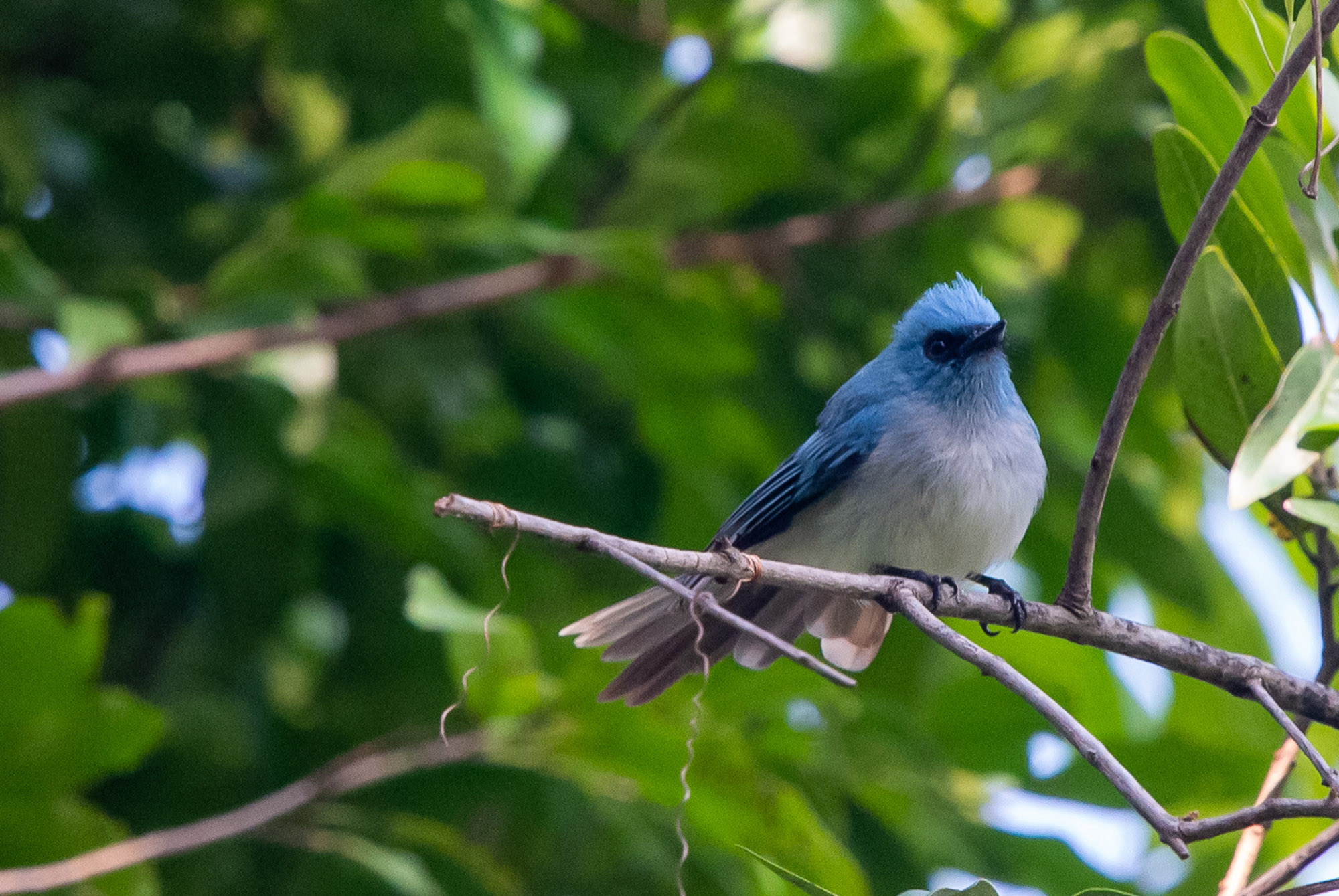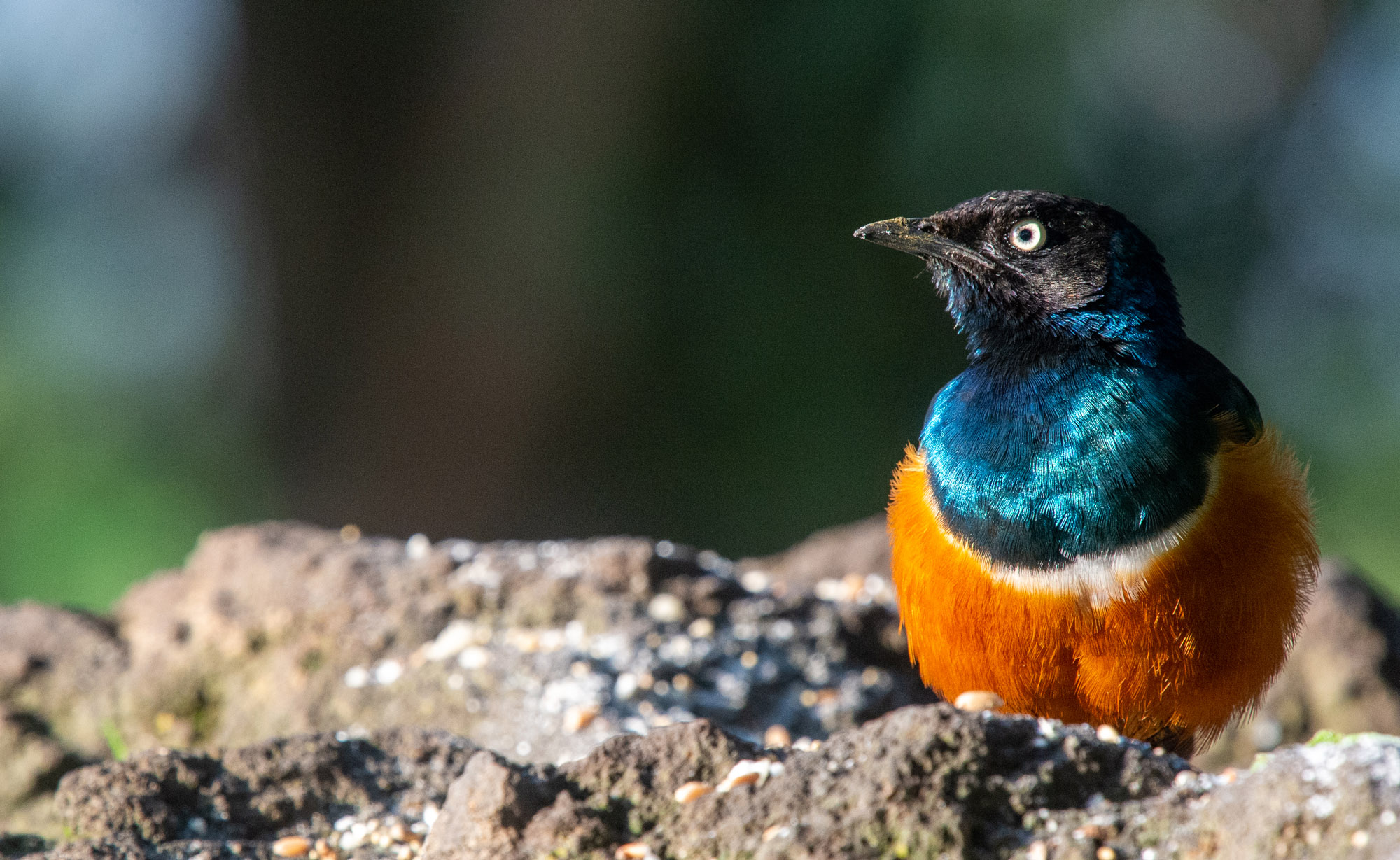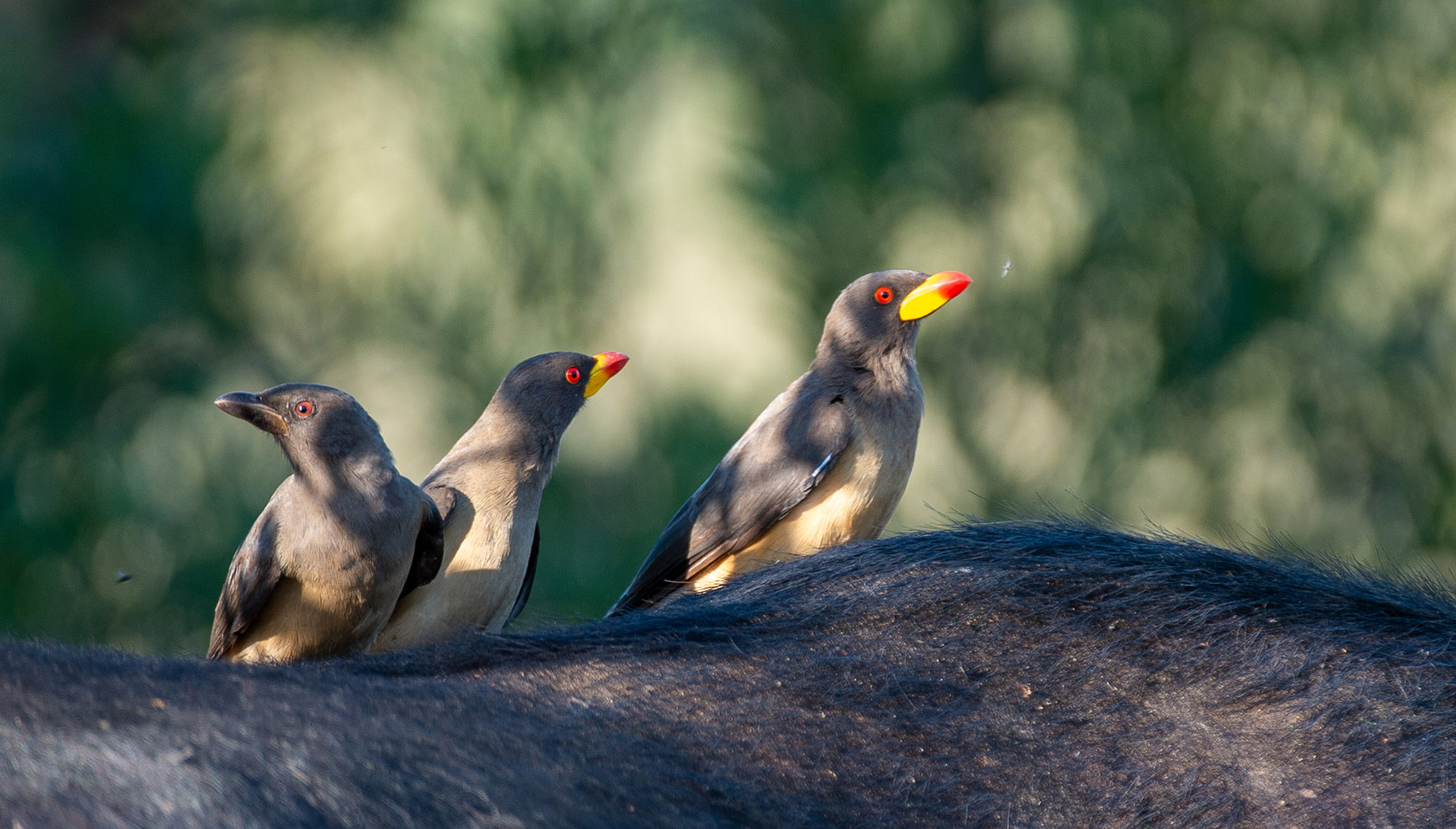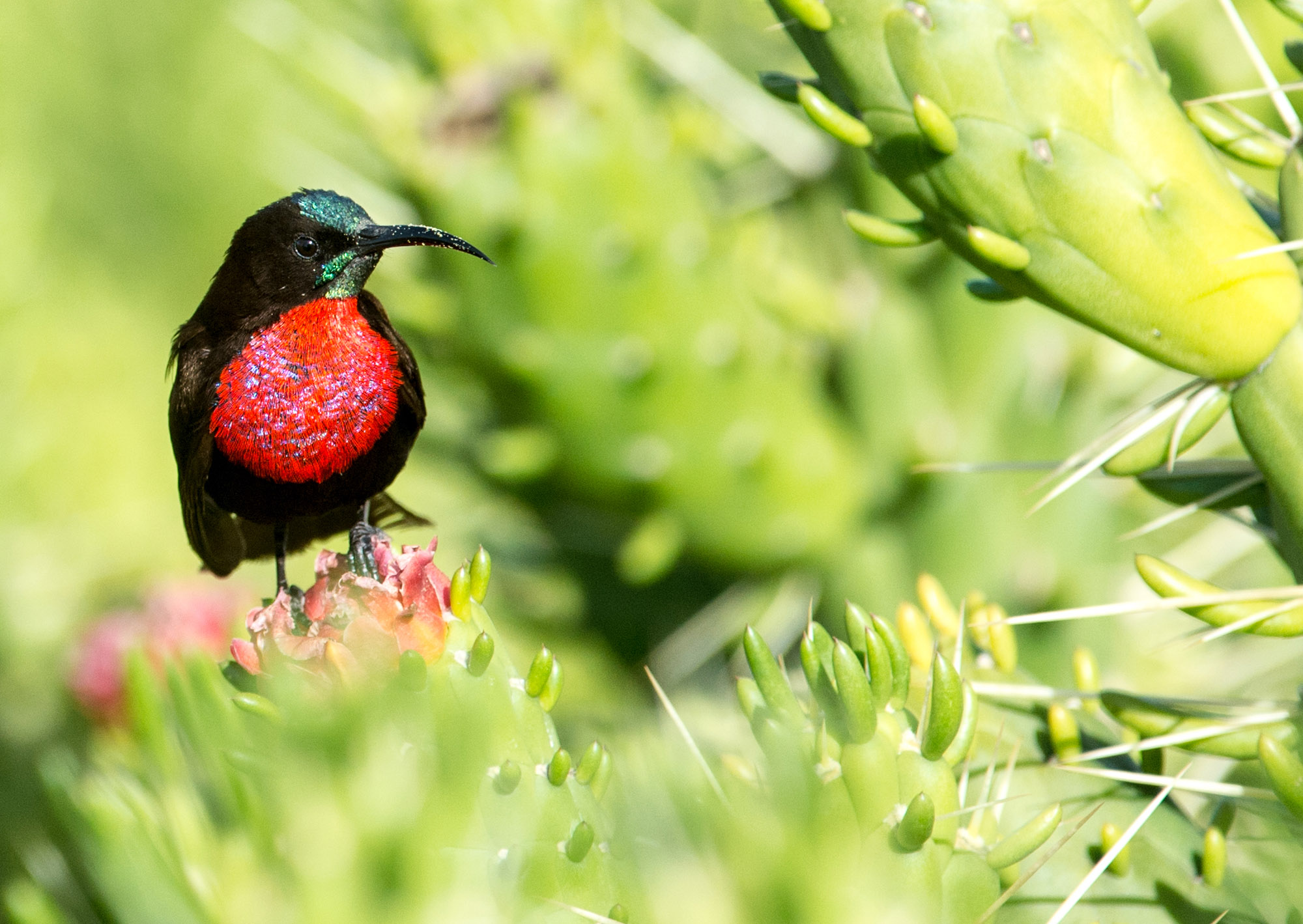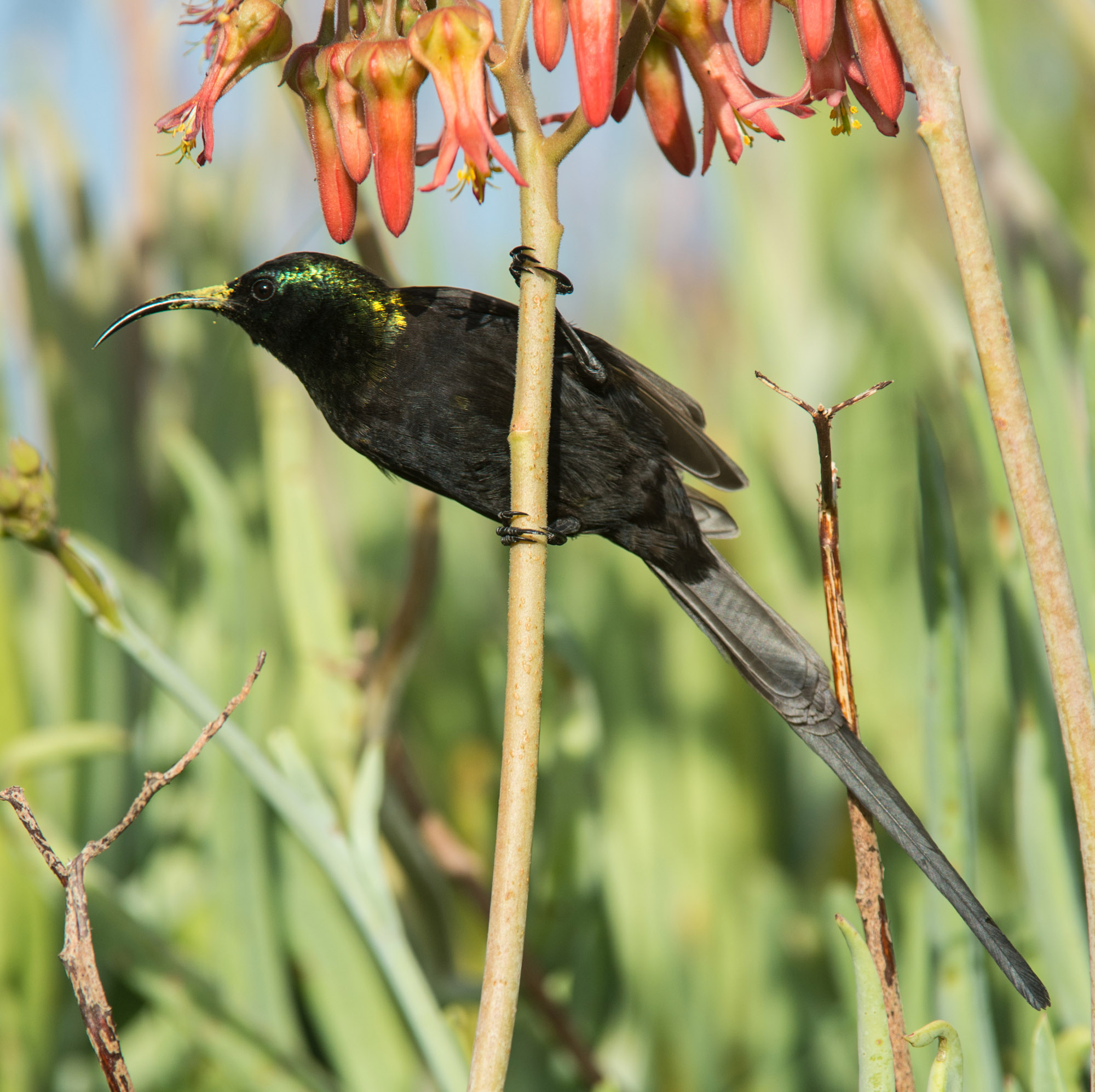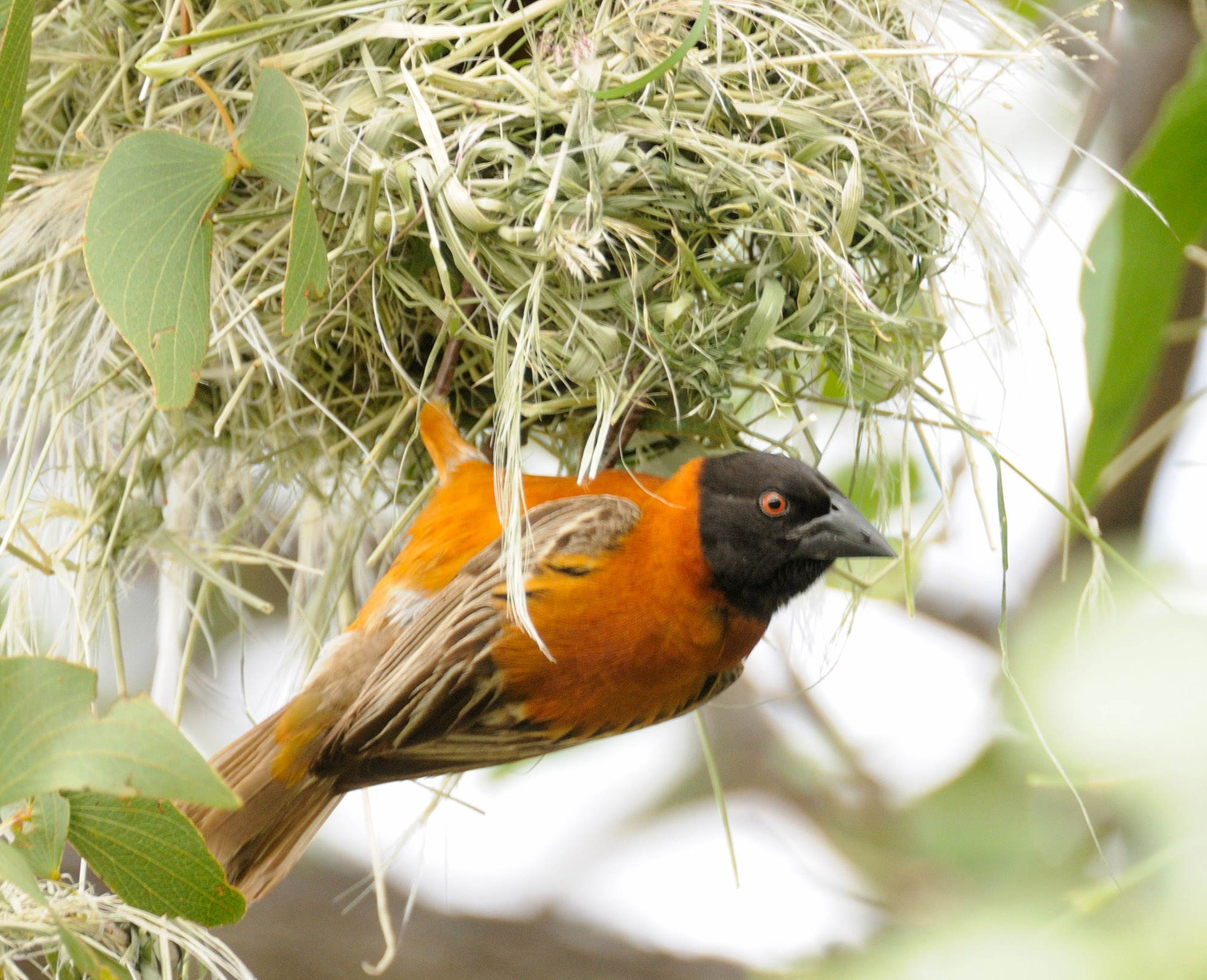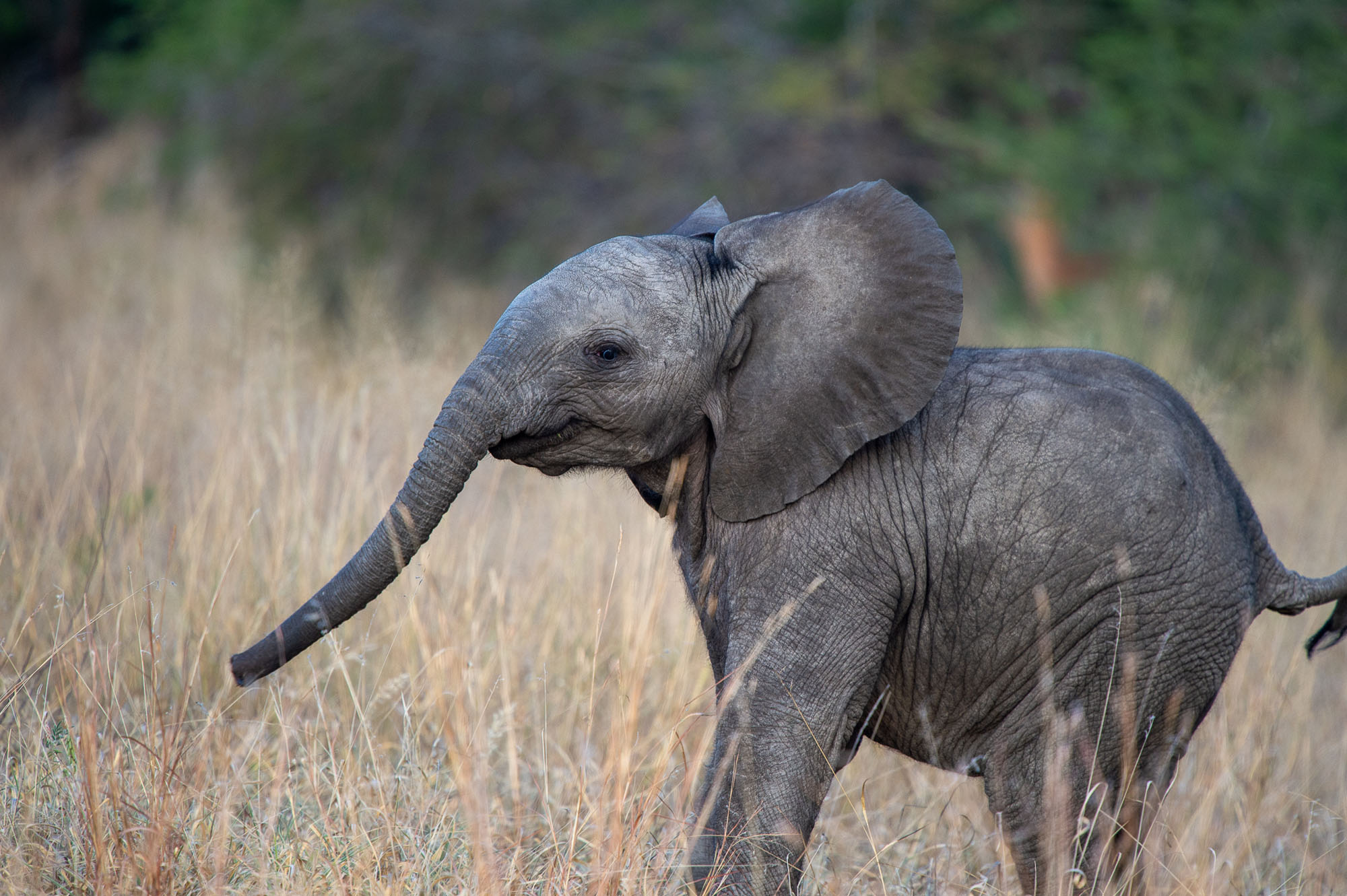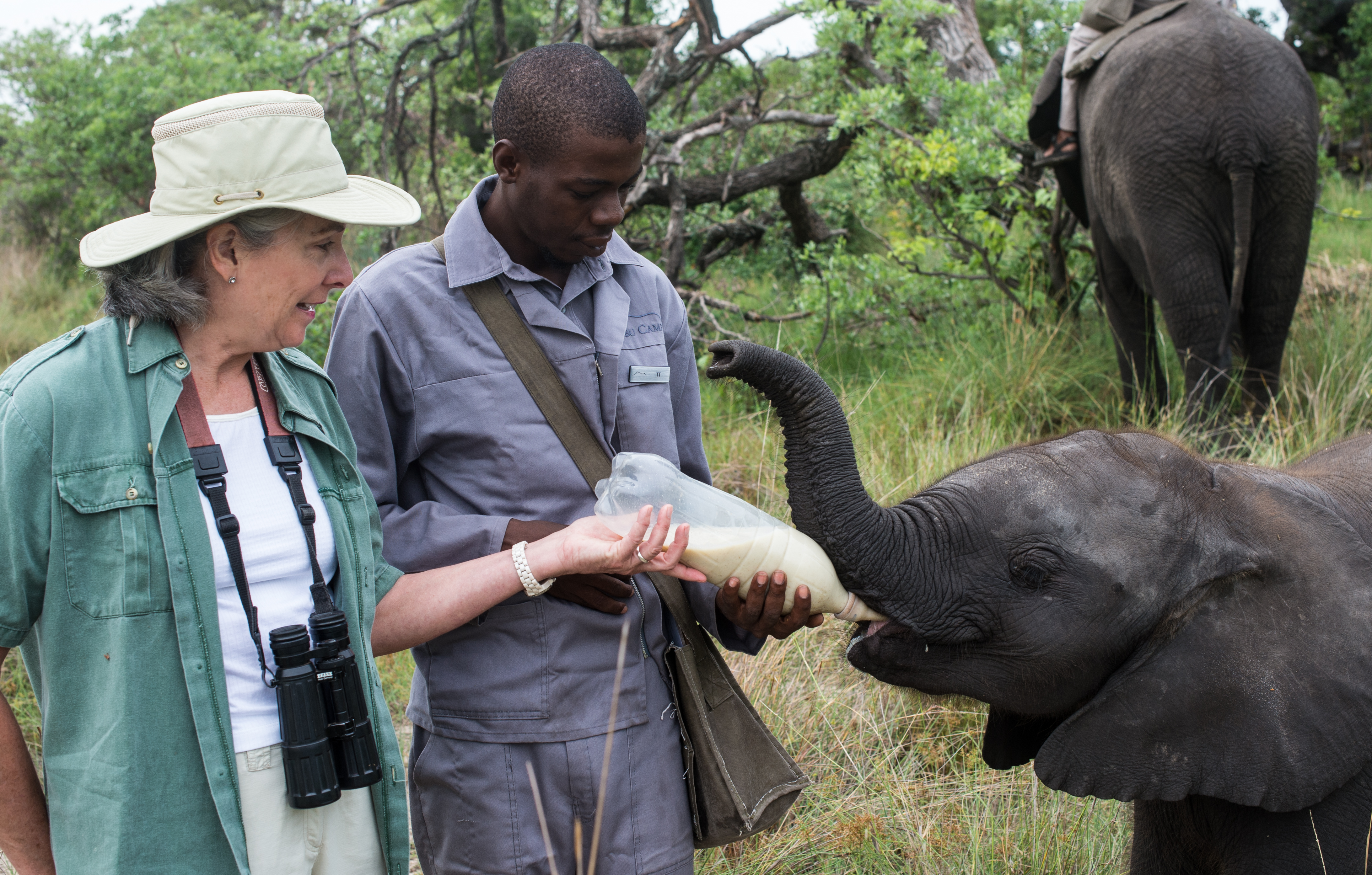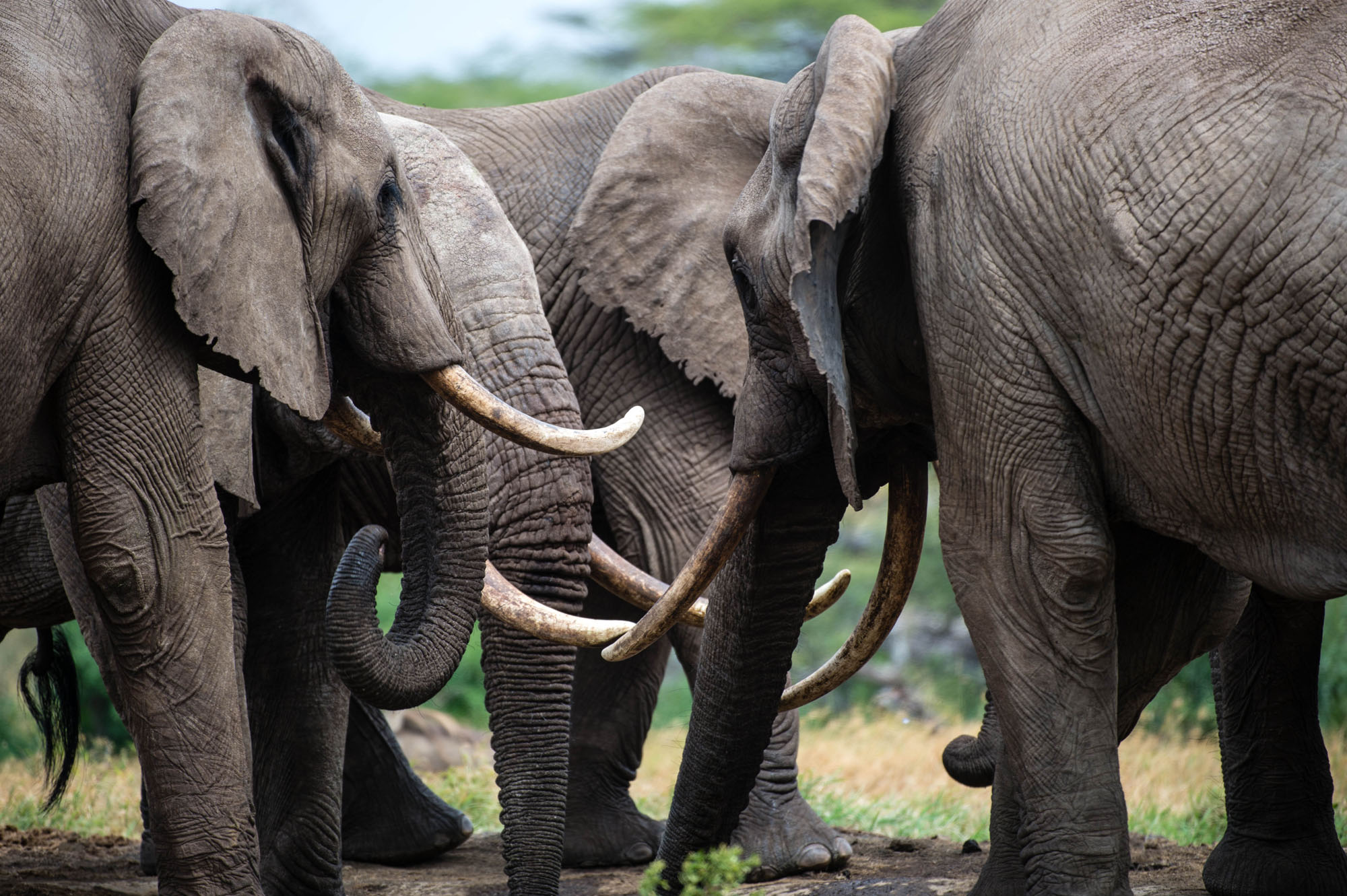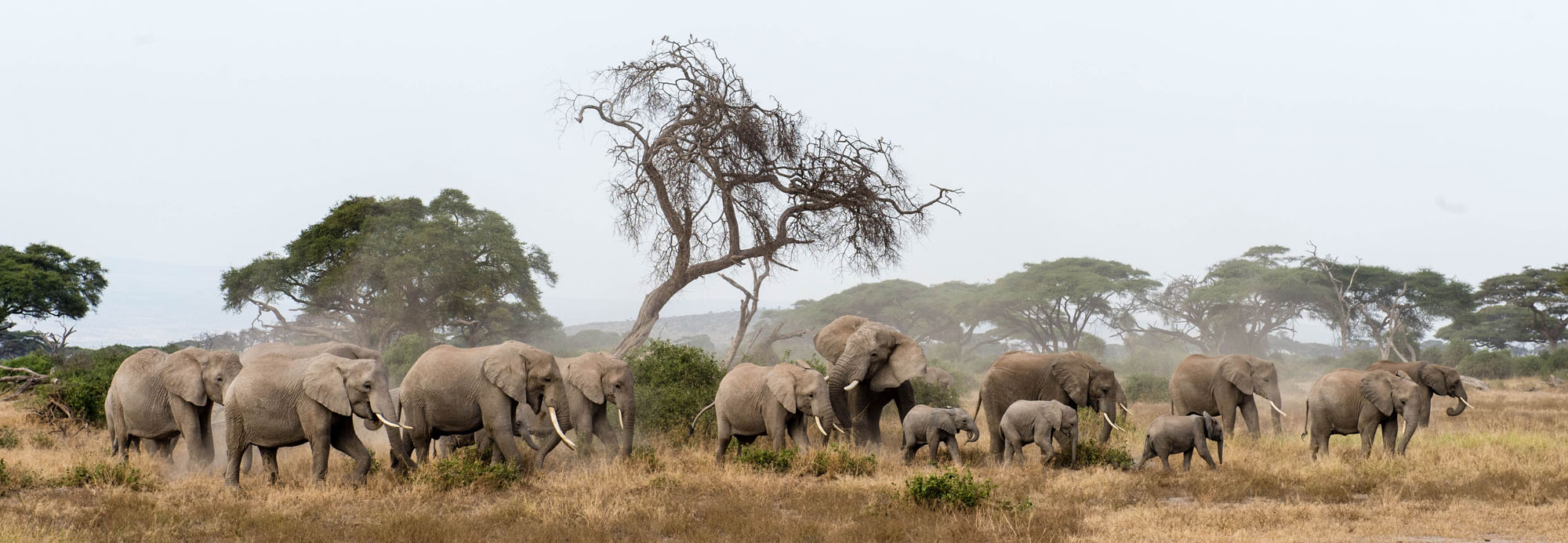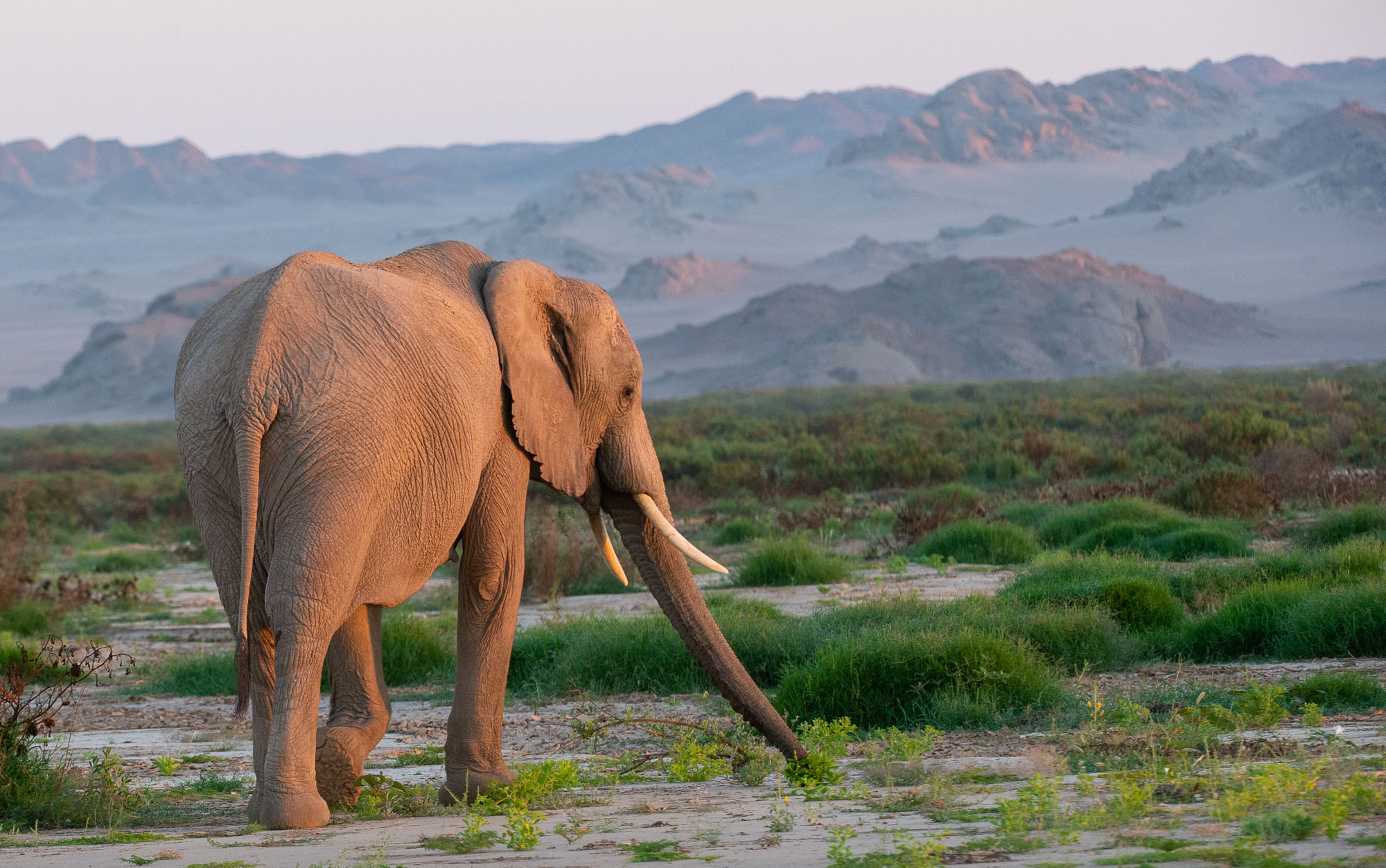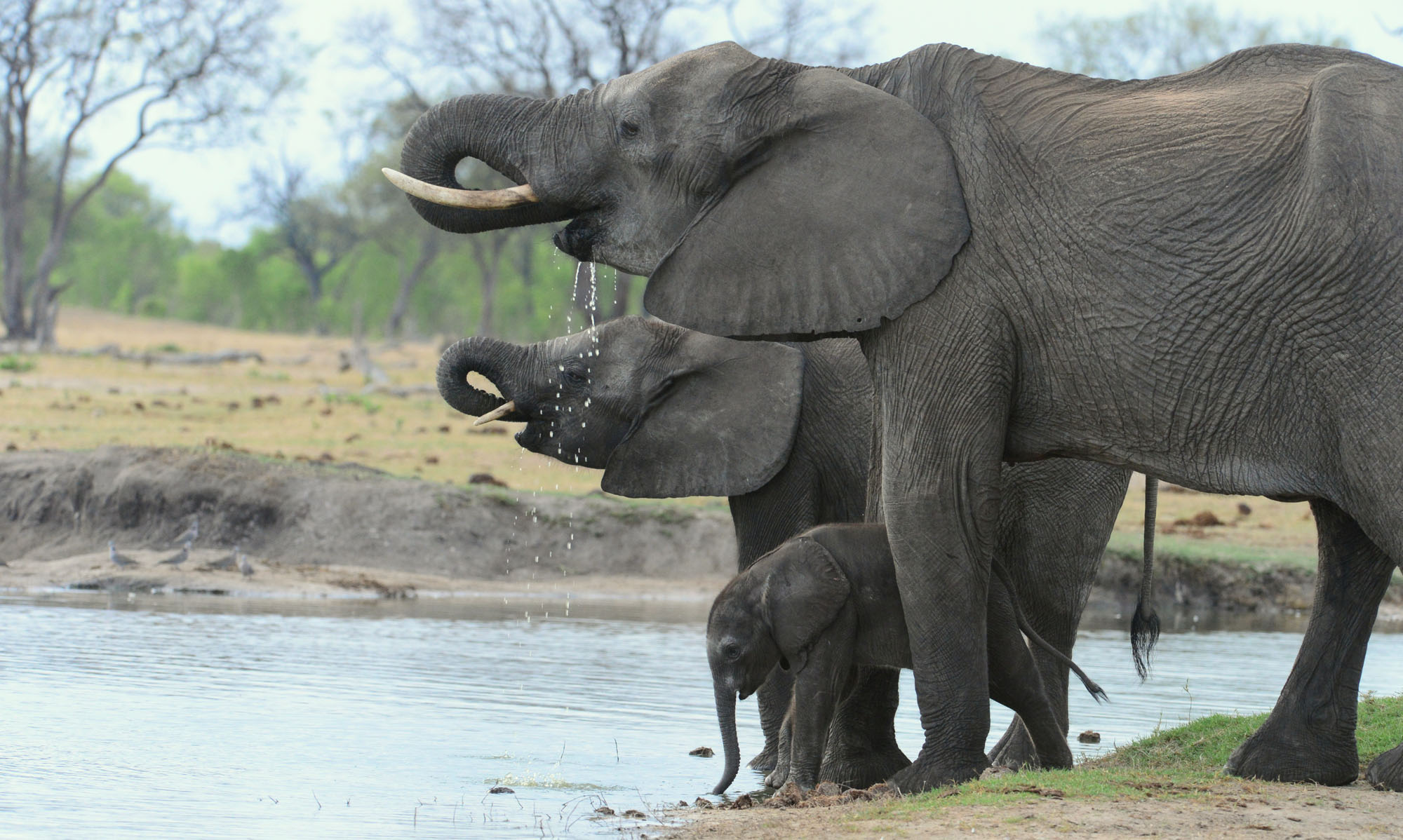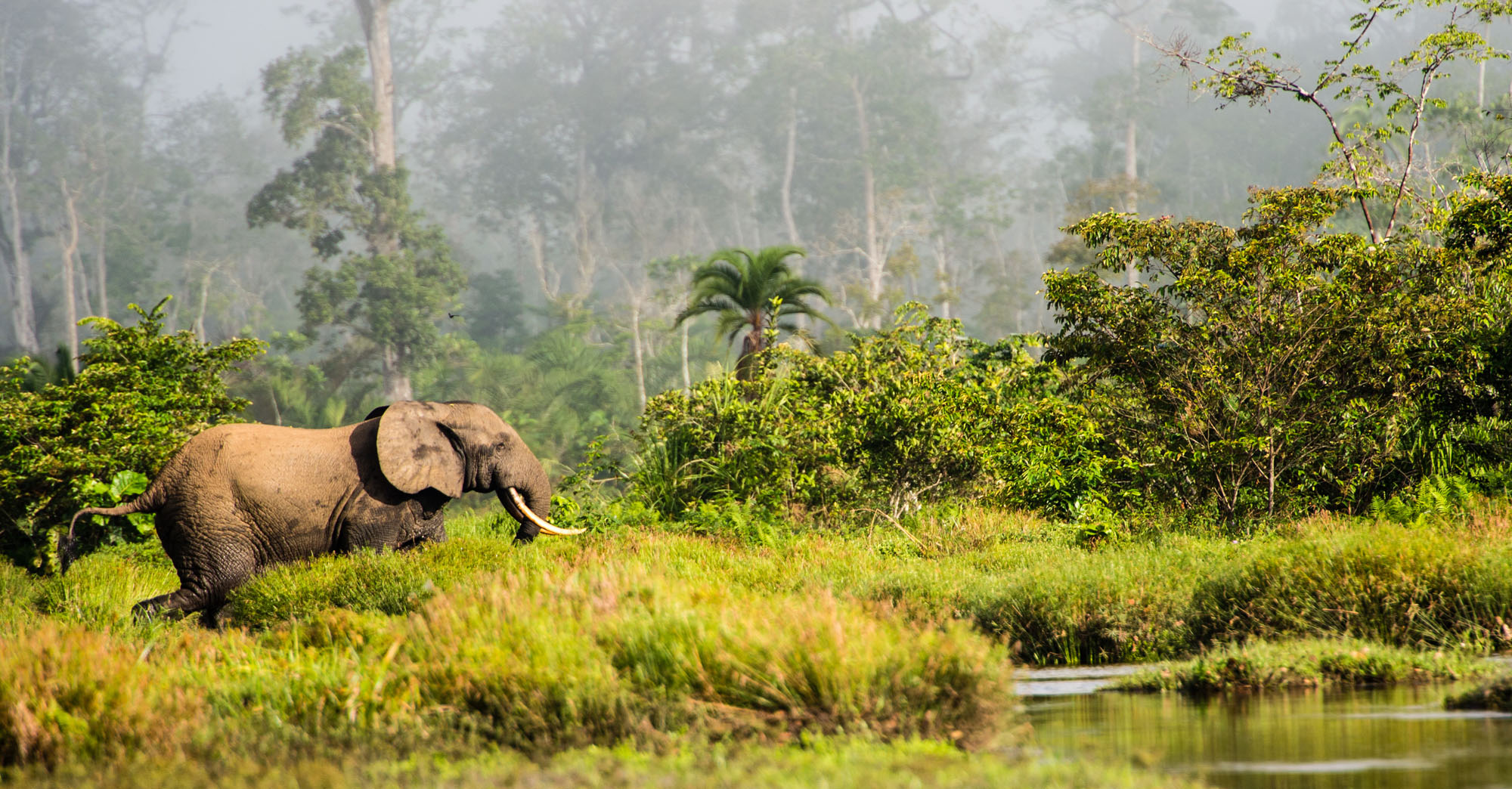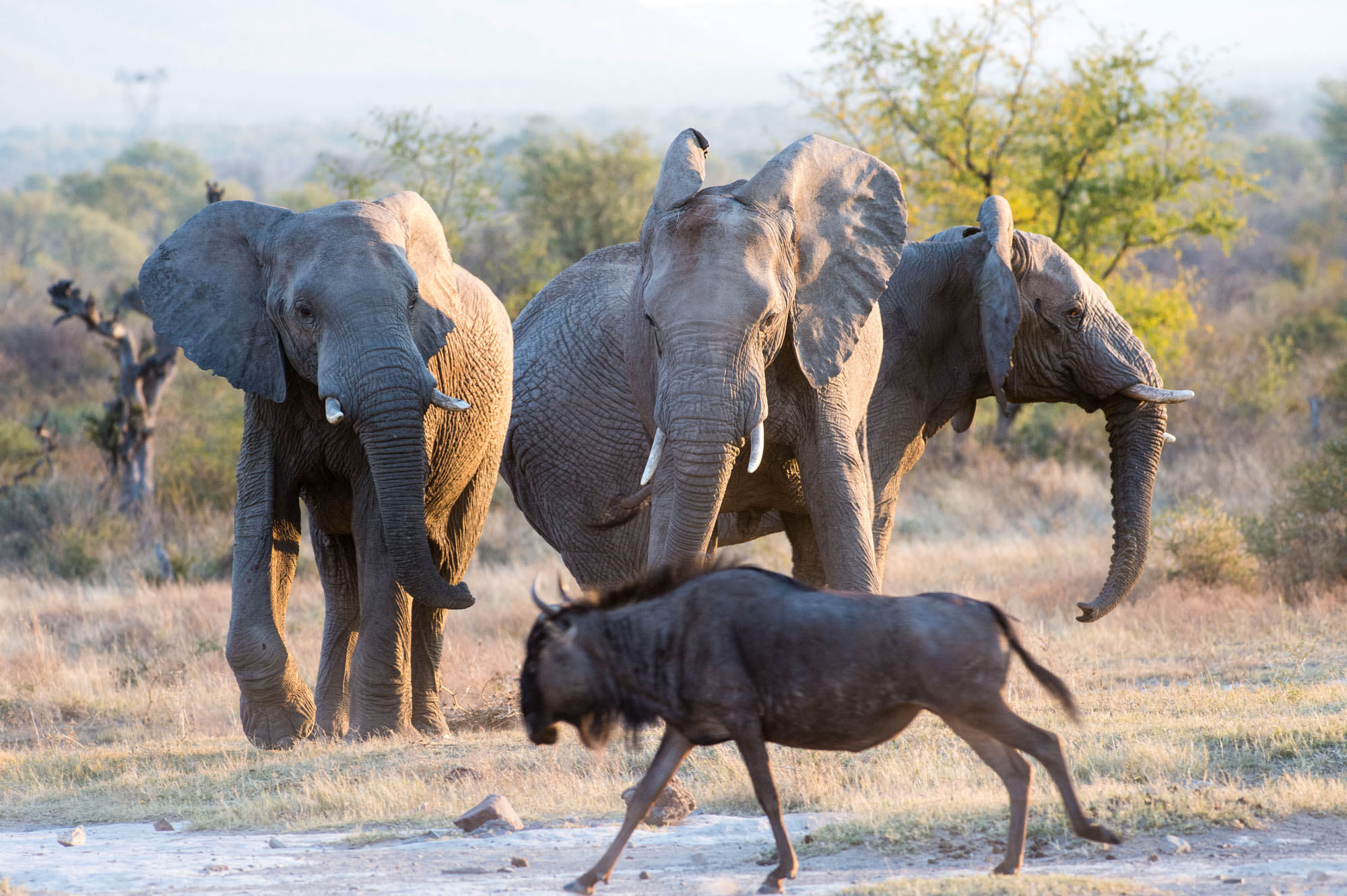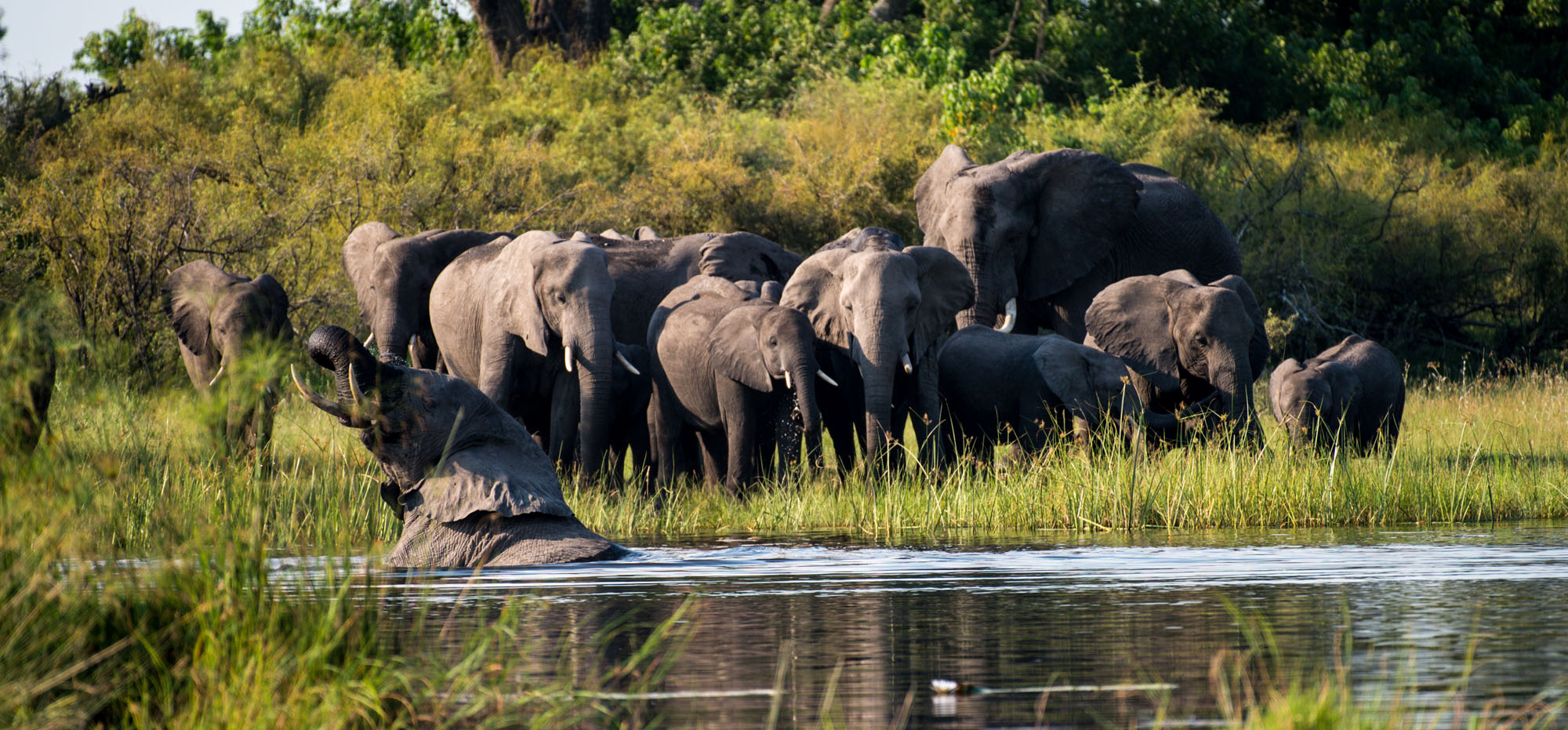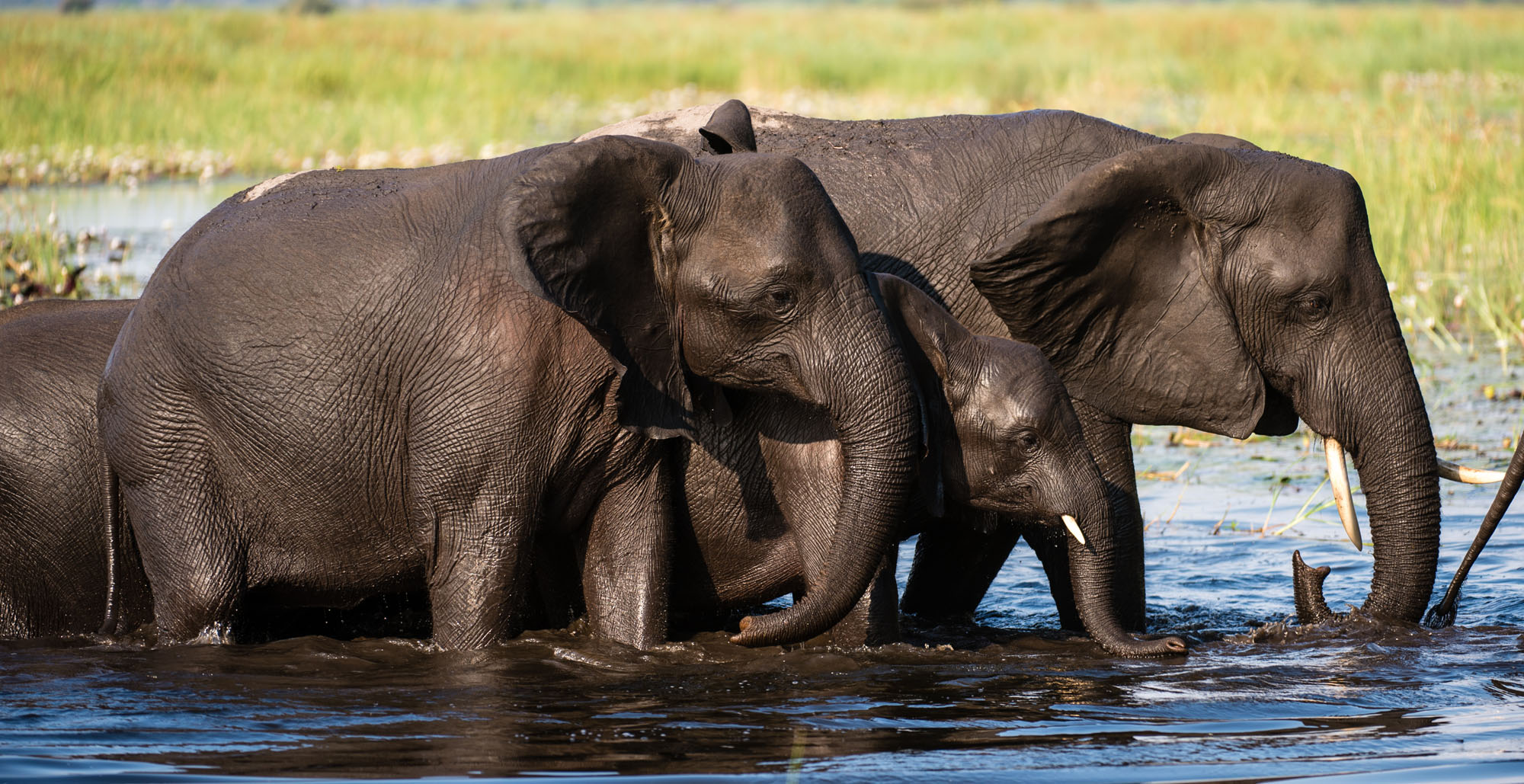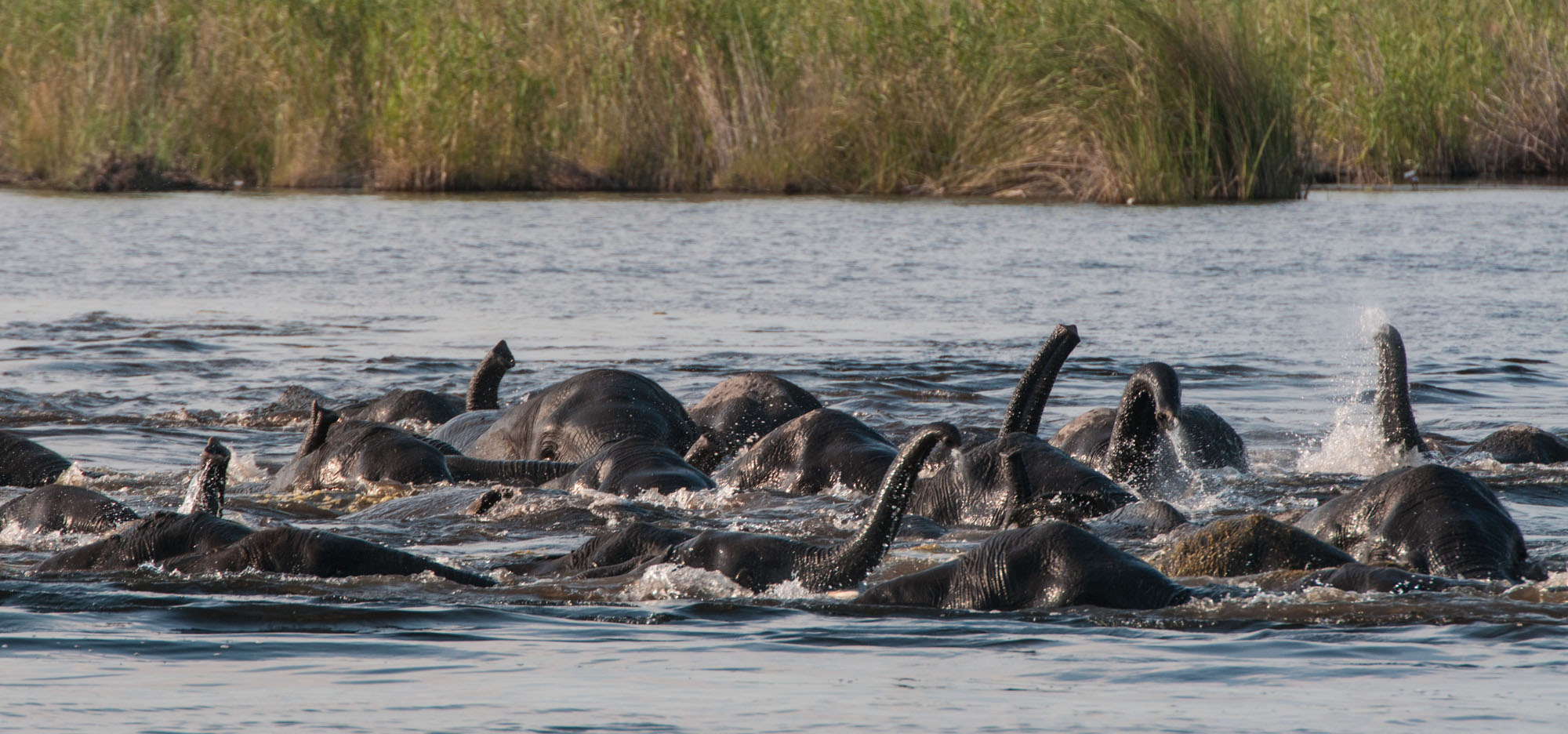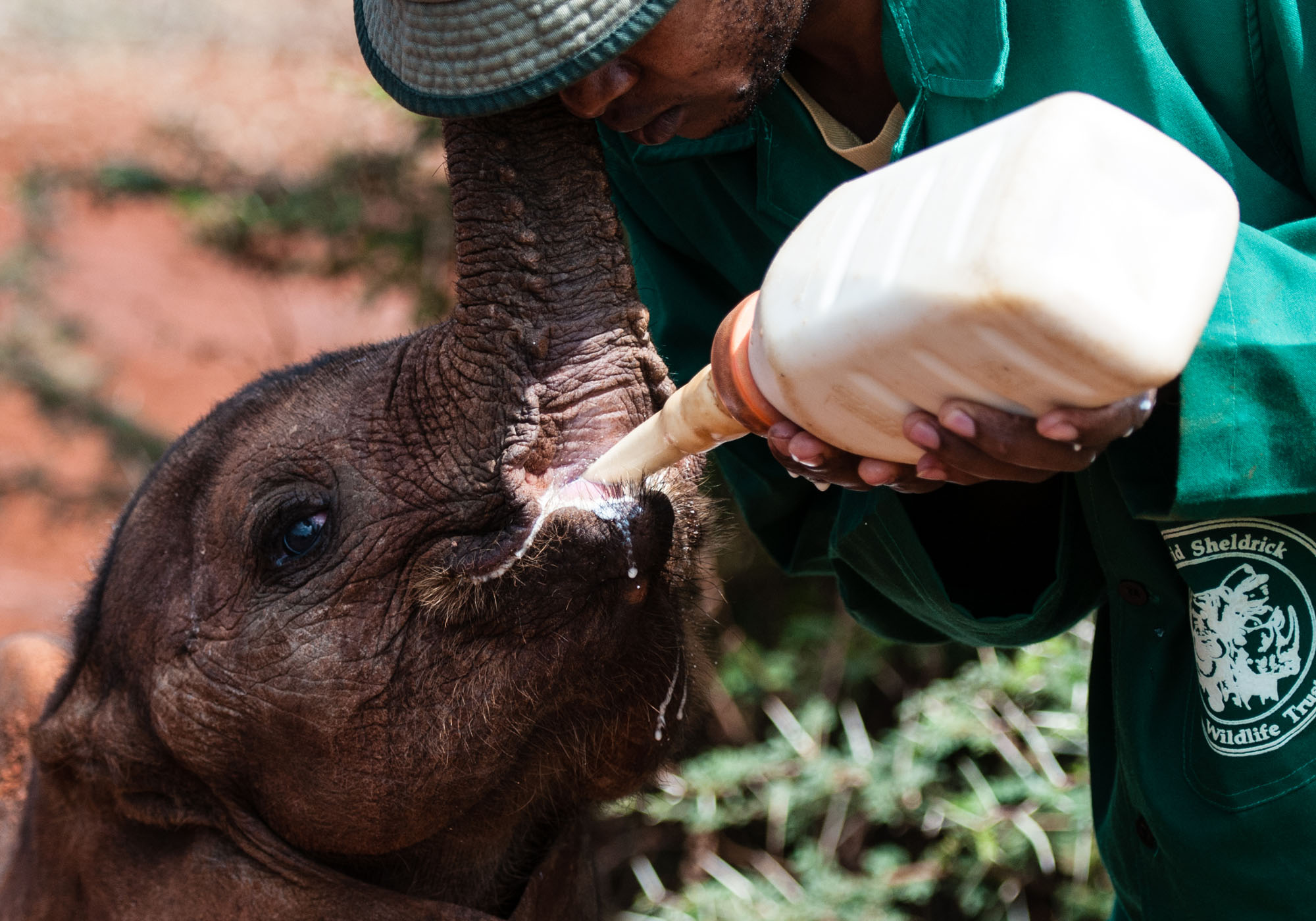It’s a little known fact that as many as 45% of U.S. adults over 20 are single, and many of them by choice. Whether they love to travel solo – or not – it is often their best, even their only option because of necessity or circumstance. Good news for solo travelers is that the African safari industry is starting to realize that there are millions of singles out there who want to travel but not necessarily as a ‘party of 2.’ Two of the major players in the safari business, Wilderness and &Beyond, are already on board. There will be no single supplement for solo travelers staying at any &Beyond lodges in Africa for travel before 20 December 2024 and Wilderness have waived single supplements except during the high season months of June through October. Several other African safari operators have similar offers in place.
Is a trip to Africa a good idea or even a viable option for a single person? We like to think it is. An African safari – particularly a customized itinerary designed for a solo traveler – can be a rewarding experience on many levels. You will find yourself in a beautiful setting enjoying game drives and other activities with a few other people who share your interests and who will usually be quite keen to talk about their safari to date, or what lies ahead. Where have you been? Where are you going next? What have you seen? There’s no better icebreaker than a common interest or passion, and the African wilderness is no exception.
We wouldn’t advise singles to book on just any program, however. Make sure that your itinerary is designed around your preferences. If you’re naturally gregarious or simply want to meet some new people, you will do well in properties where communal dining is the norm, as opposed to restaurant style with each party at its own table. A typical safari is filled with opportunities to meet and interact with other people such as during sundowners, when everyone gets out of the vehicle for drinks and snacks at a nice spot somewhere as the sun sets. Singles fit in everywhere: on walks, village visits, boating outings, canoeing, or simply waiting in a hide or blind for something interesting to show up. You’re never on your own – unless of course you want to be.
On most wildlife-focused trips, minimal time is spent in cities or areas where a single person may attract unwanted attention. You will be in a private, protected environment most of the time and where necessary – such as on arrival at airports – any good operator includes personalized meet and assists.
Yet another option to avoid most single room supplements in African safari destinations would be to travel in the low demand and shoulder season months, roughly from November through the end of May. Prices are much lower and there are fewer other visitors around. While there may be some rain showers and a few thunderstorms from time to time, we believe the advantages of low season African travel far outweigh the negatives.
Many safari lodges and tour operators cater actively to solo adventurers, providing opportunities to join group excursions and meet like-minded individuals. Putting together your own itinerary means you can shape and plan it just the way you want, as active or as leisurely as you wish.
Traveling single in Namibia
Namibia has always been considered an adventurous but safe destination for solo travelers, (male and female) and two trips that are particularly well suited for solo travelers are Ultimate Safaris’ two small-group safaris, the Ultimate Namibia and Namibia Under Canvas. They are guaranteed to depart with even just one person, so solo travelers can be sure that their trip will be a go. So they can book their flights and don’t have to wait for others to confirm. Ultimate’s Namibia trips generally operate with about five to six persons, all English-speaking but with a mix of nationalities (USA, Canadian, Australian, UK, Netherlands) and they are an affordable option for solo travelers to explore Namibia. Between their two options (10-day Ultimate Namibia and 10-day Namibia under Canvas Safari) Ultimate operates as many as 70 departures per year.
The Ultimate Namibia trips are mostly all-inclusive, with participants getting to experience Sossusvlei (staying inside the park), the Atlantic Ocean coast (with an option to sea kayak or participate in a motorized boat activity), Damaraland (Twyfelfontein rock art, desert-adapted elephants), Etosha (three nights on the southern side of the park, staying on the game-rich Ongava Game Reserve) and a day visit to the AfriCat Foundation, with an optional overnight extension at Okonjima on offer.
The 10-day Namibia Under Canvas Safari makes use of largely Under Canvas-style accommodation, namely Ongava Tented Camp, Camp Doros and Camp Sossus, focusing on the experiential aspect of safaris. Ultimate has identified a strong desire in many guests to go back to the roots of ‘safari’, to touch, to smell, to feel and to experience the wild, with one’s feet firmly in the dust that covers Africa. The adventure is in taking guests to the most wild, remote and private places, and giving them access away from the beaten path.
Solo travelers in Botswana
Botswana is likewise a great option for a solo traveler. As a general rule, the low-demand season in Botswana is the best time for single travelers as single supplements are waived in most cases. One of the tried and tested low-demand season programs – Kwando Safaris’ Five Rivers program – does not charge a single supplement on accommodation for the first two singles per group. With a choice of nine safari camps at rates under $700 per person per night (for the 2024-2025 green season), there are few better options for the solo traveler.
A few more notable safari operators and properties which may appeal to solo travelers include Robin Pope Safaris (Zambia, Malawi & Zimbabwe), Chilo Safari Lodge (Zimbabwe) and Kambaku (South Africa) none of which charge a single supplement unless there are more than two singles in a party. Desert and Delta Safaris (Botswana) do not charge a single supplement in Green and Shoulder season. Another South Africa operator which waives the single supplement for the first two singles in a booking is Sabi Sabi Private Game Reserve. Lemala does not charge a single supplement over the low and shoulder season.
Ready to take yourself on safari? Call our Houston office at 1-800-513-5222 any time during business hours, Monday to Friday, CDT or email me at bert@fisheaglesafaris.com.


